Framework sketches
Explore sketches, drawings, and illustrations that simplify ideas related to Framework. Discover the frameworks, principles, and tips I've sketched to make Framework topics easy to understand and share.
 Feedback Analysis
Feedback Analysis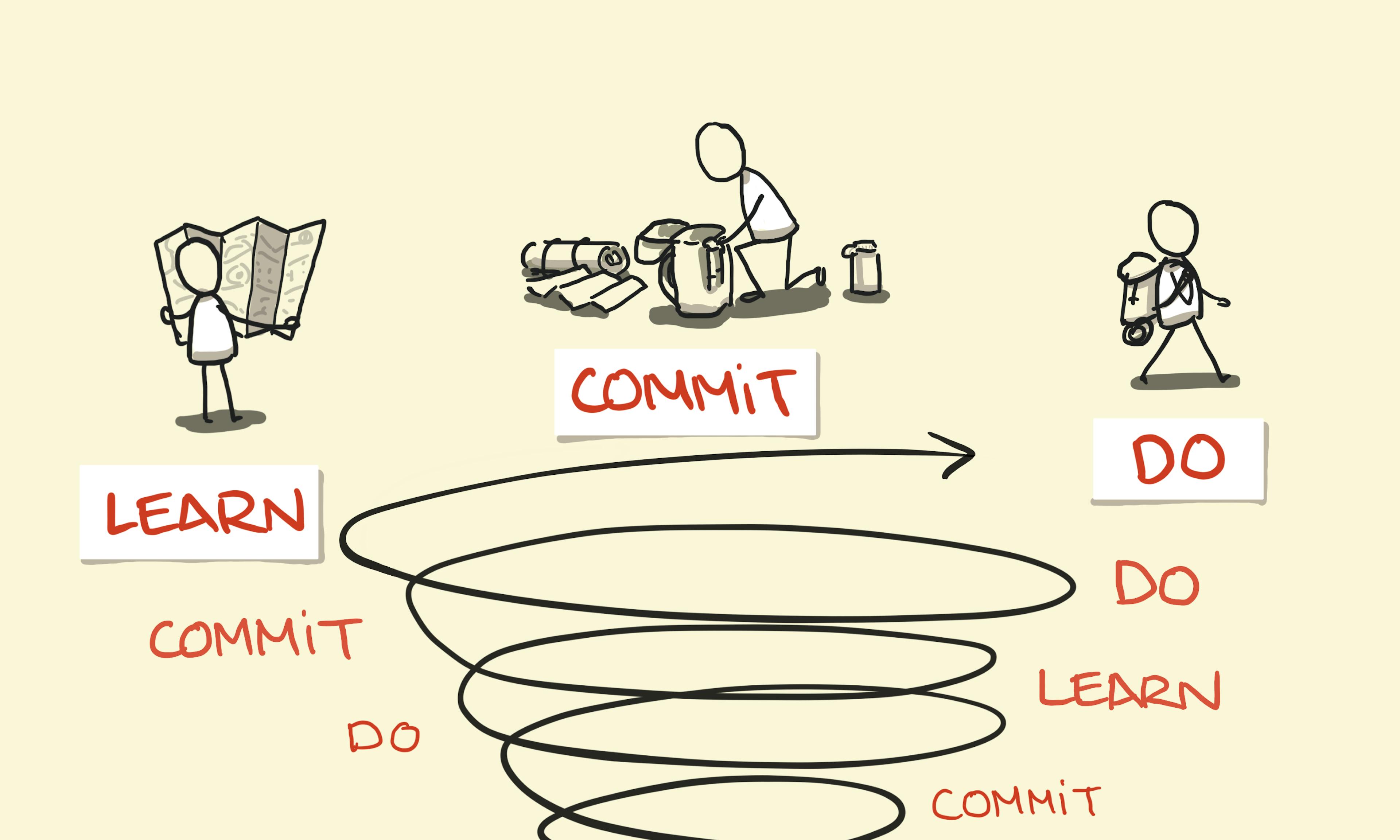 The Upward Spiral
The Upward Spiral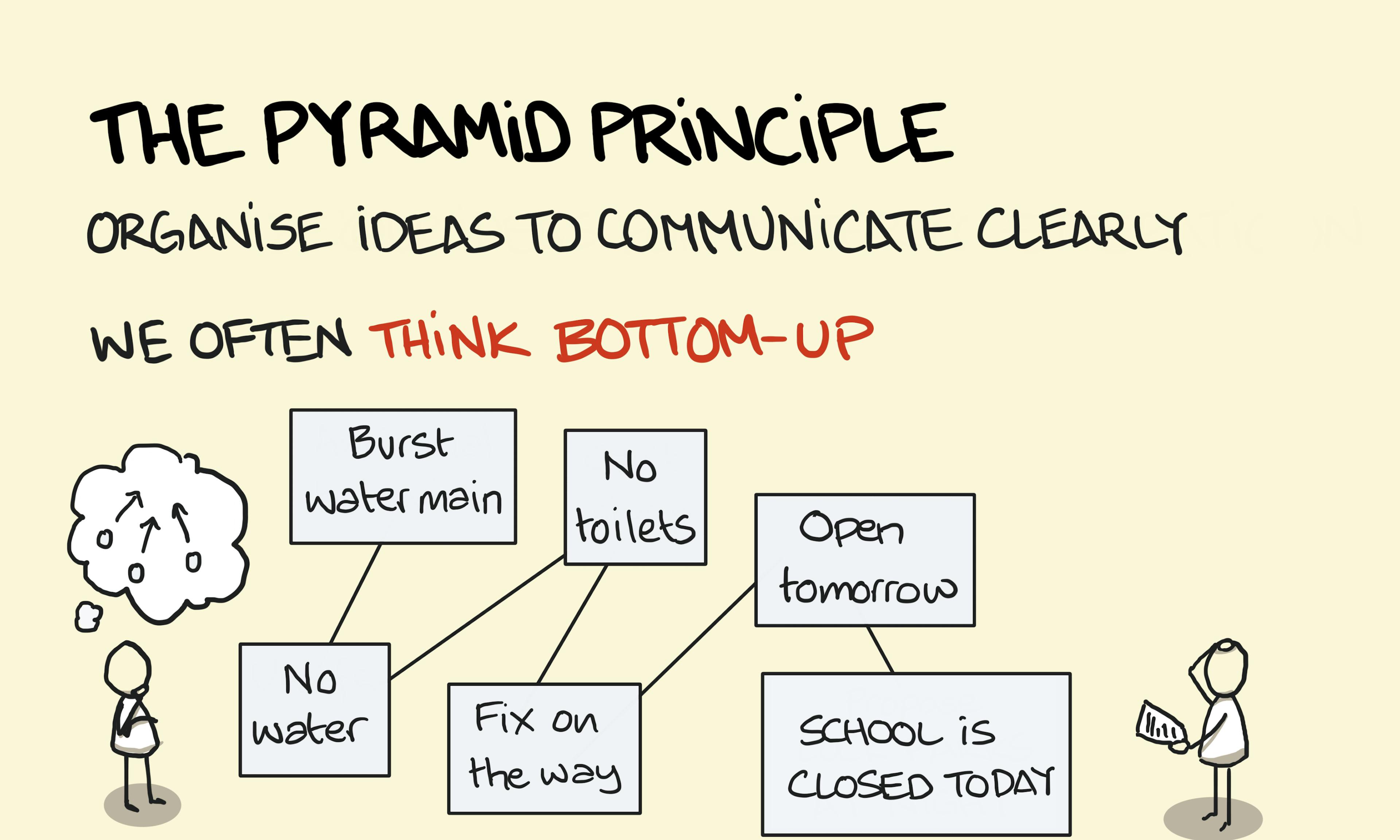 The Pyramid Principle
The Pyramid Principle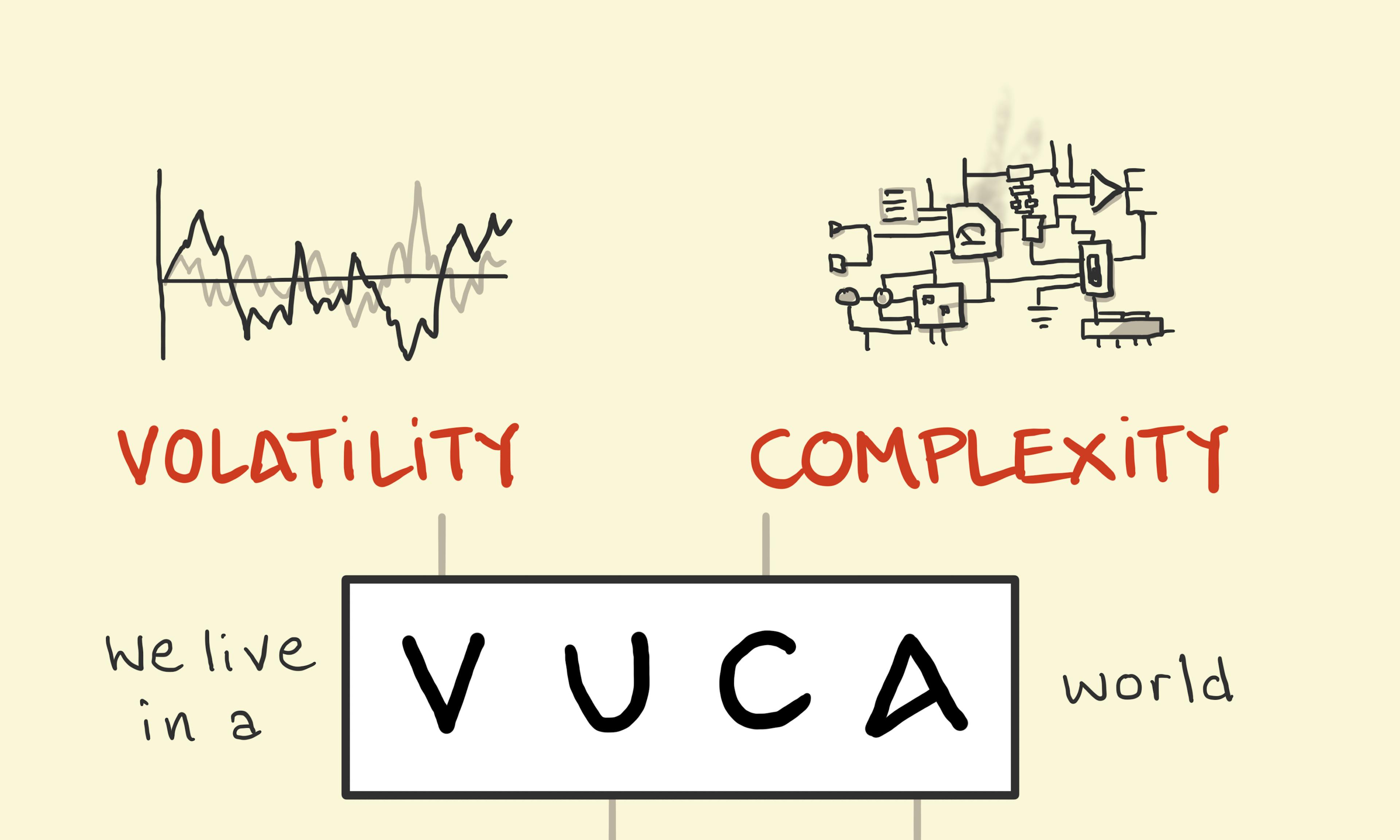 VUCA
VUCA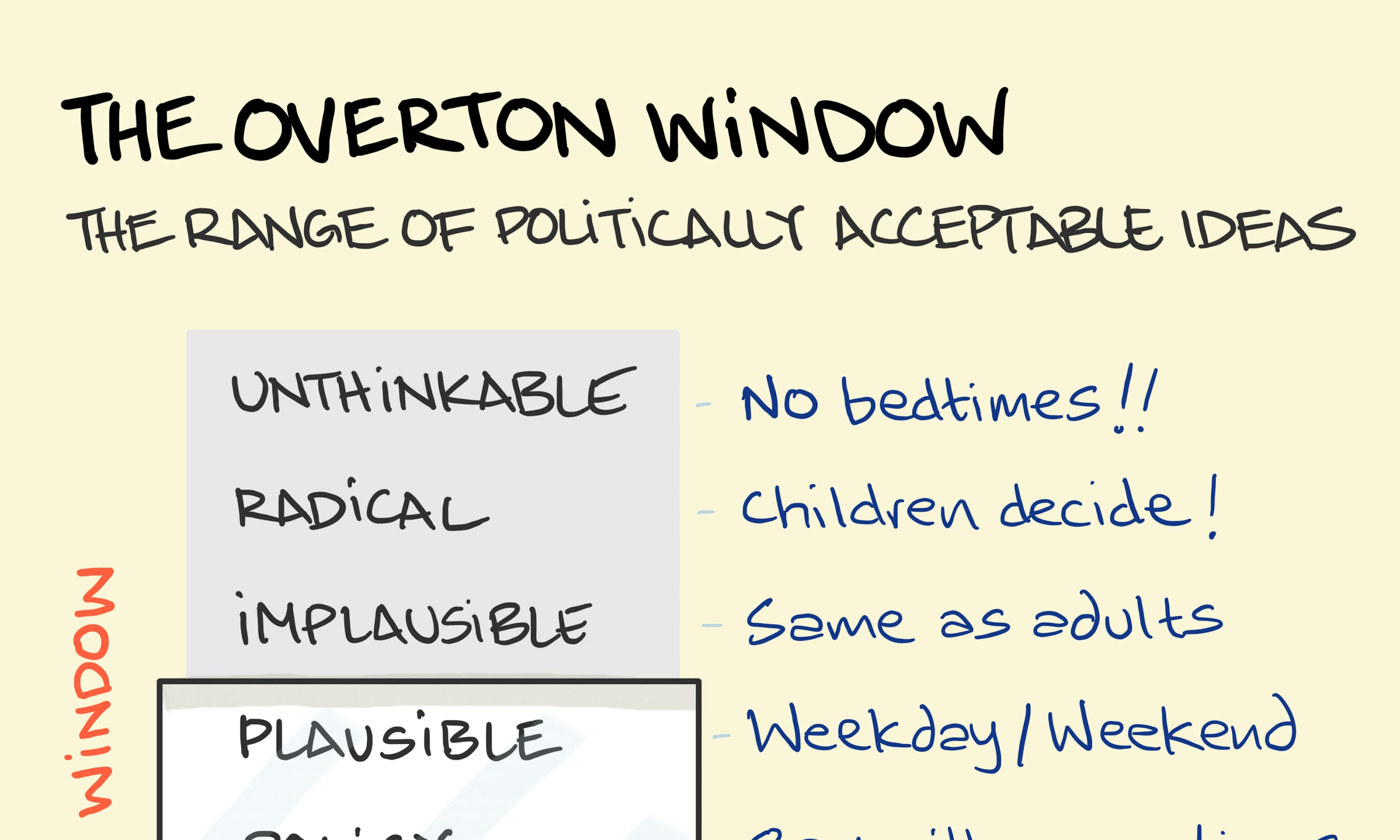 The Overton Window
The Overton Window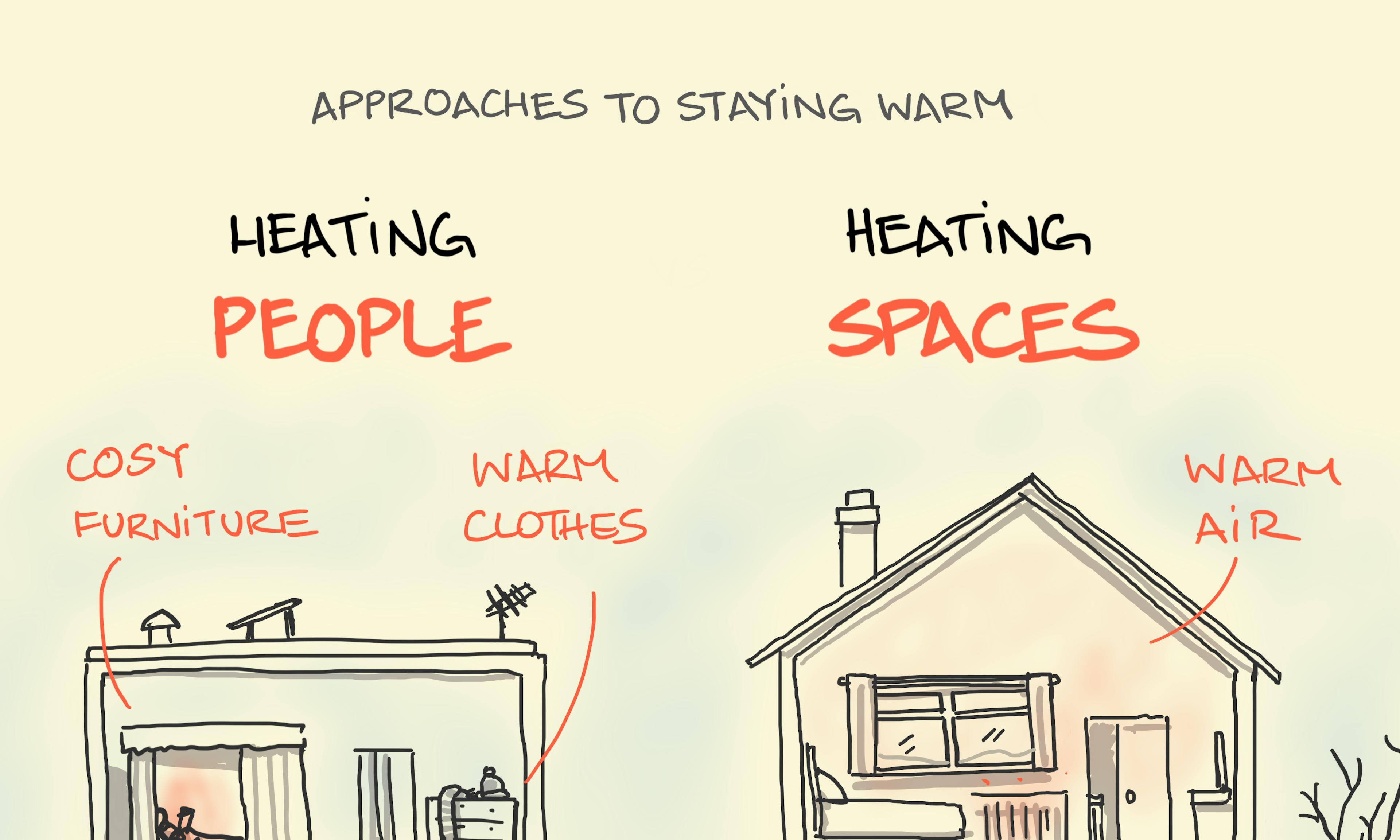 Heating people, heating spaces
Heating people, heating spaces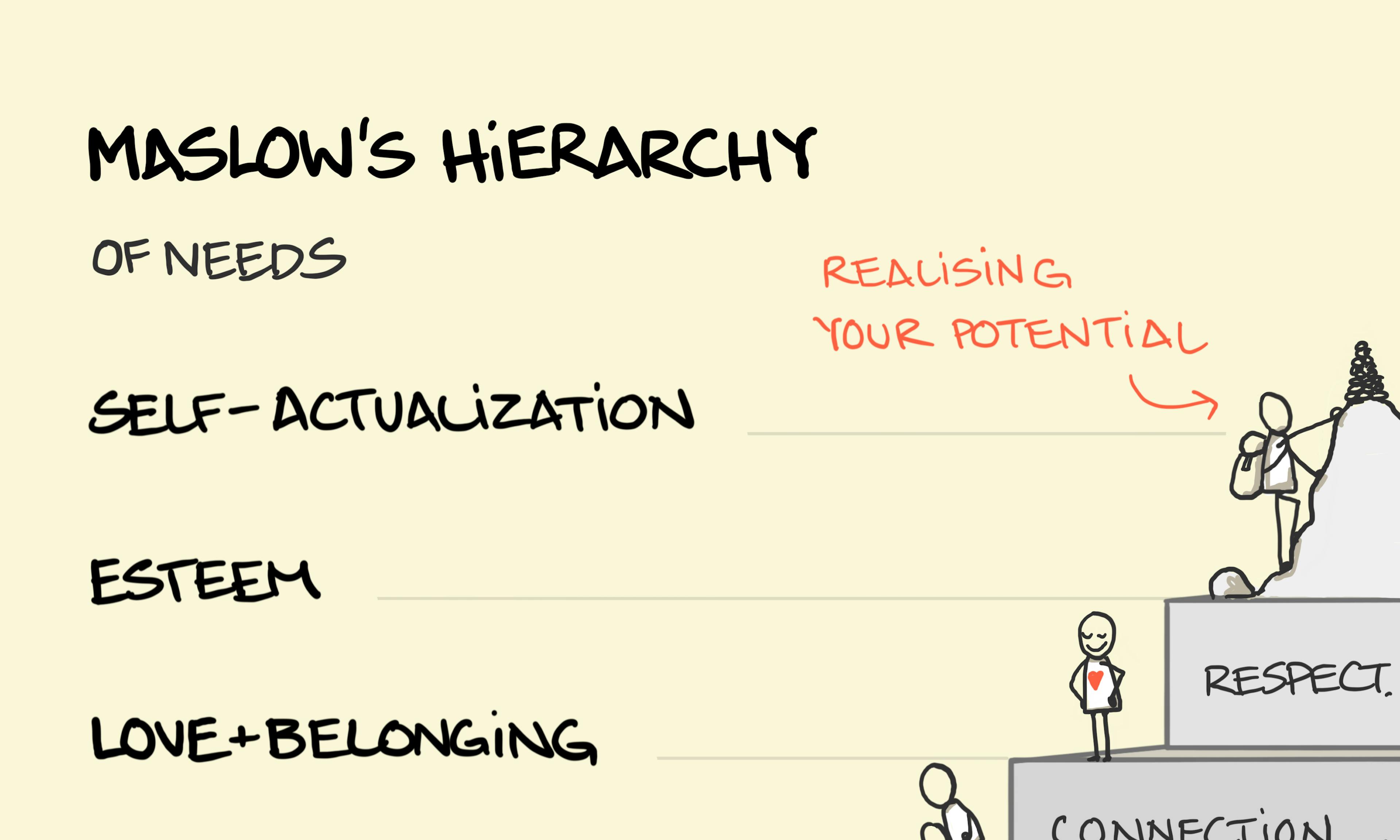 Maslow's hierarchy of needs
Maslow's hierarchy of needs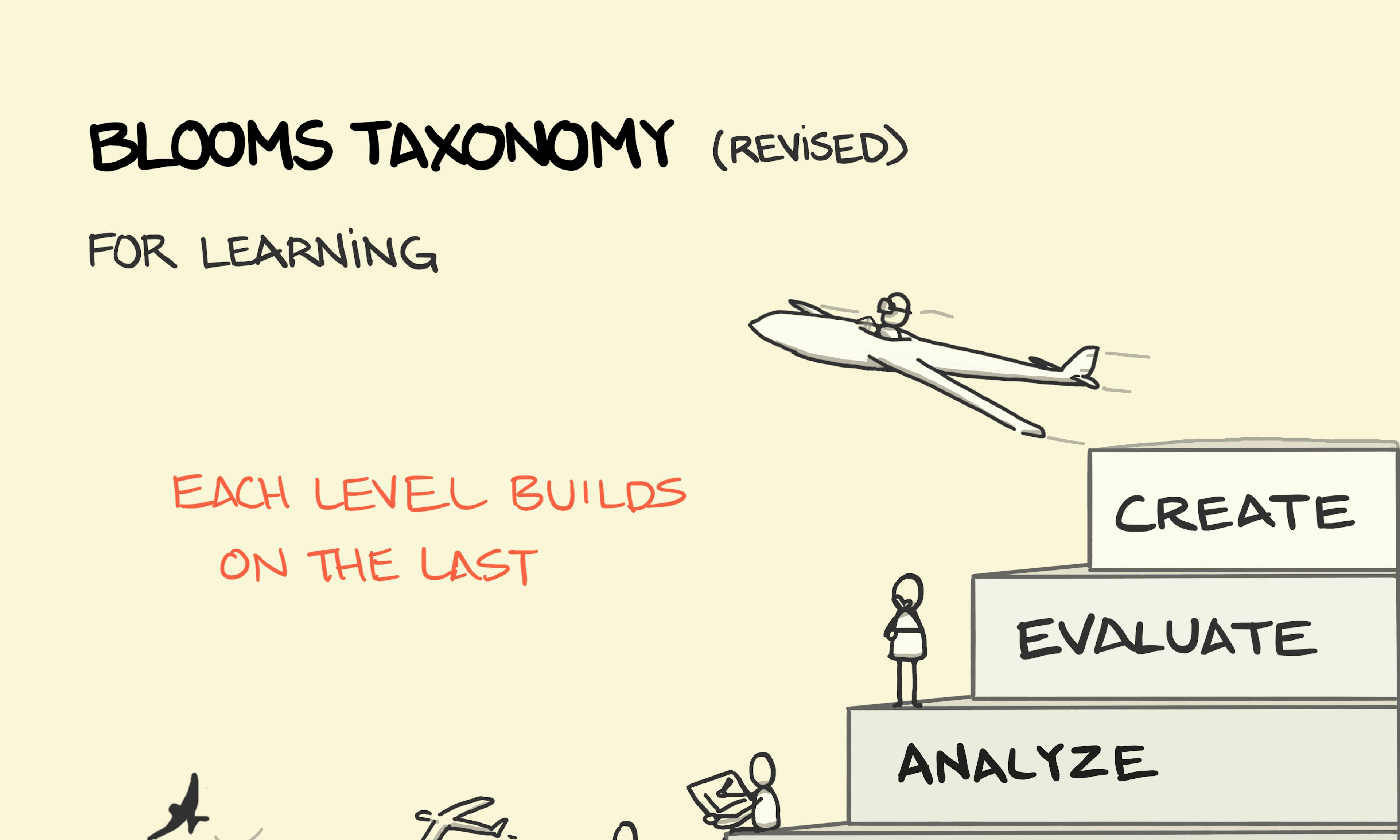 Bloom's Taxonomy
Bloom's Taxonomy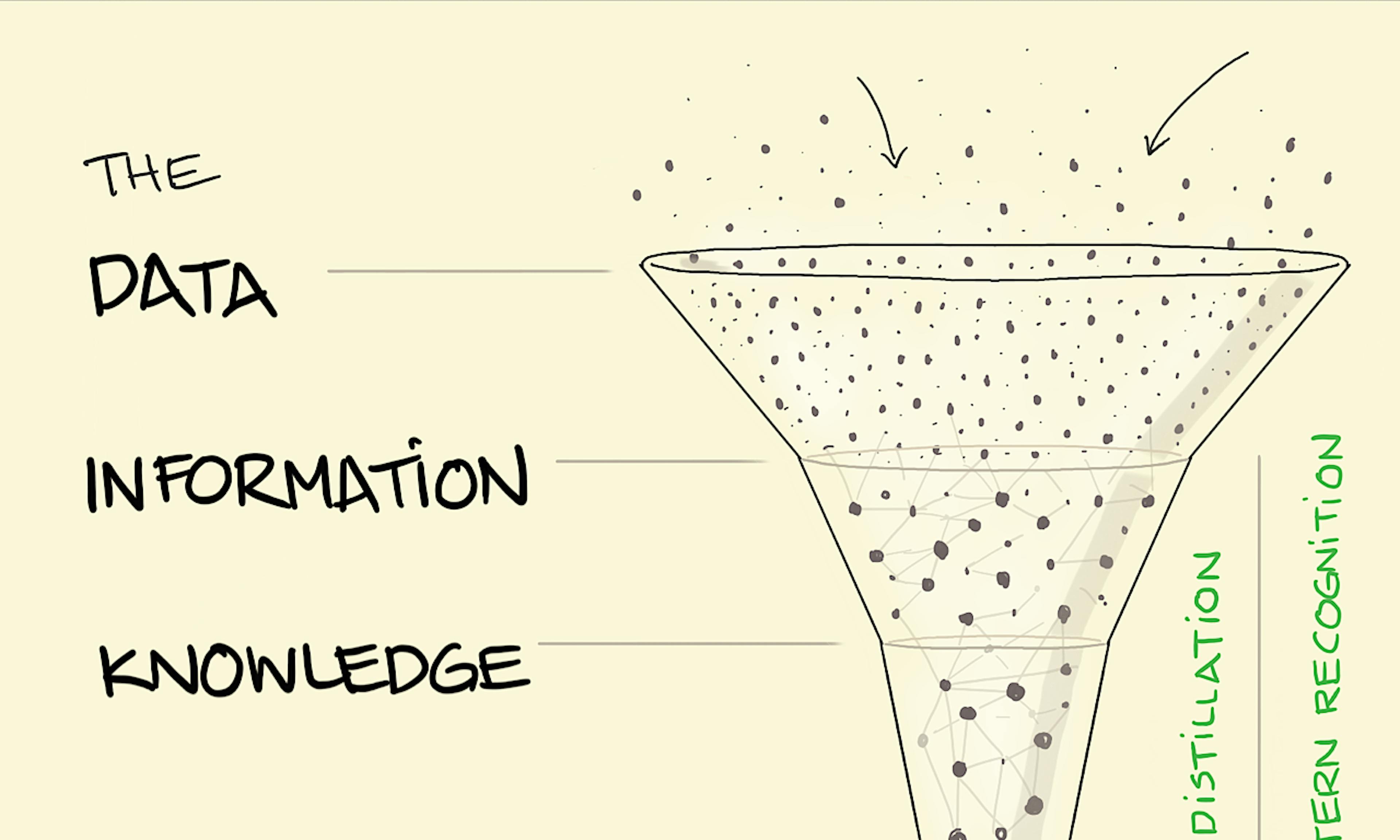 Data Information Knowledge Wisdom
Data Information Knowledge Wisdom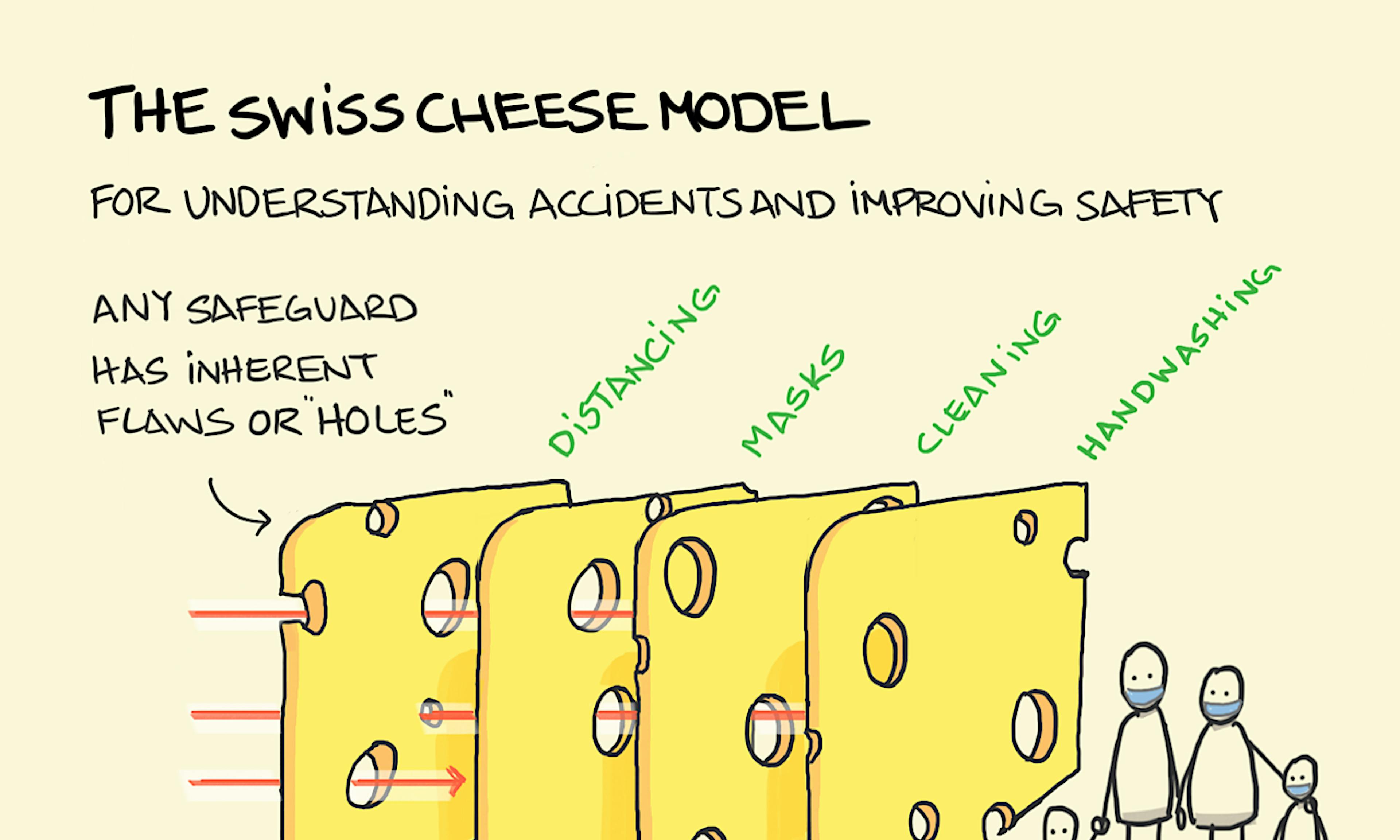 The Swiss Cheese Model
The Swiss Cheese Model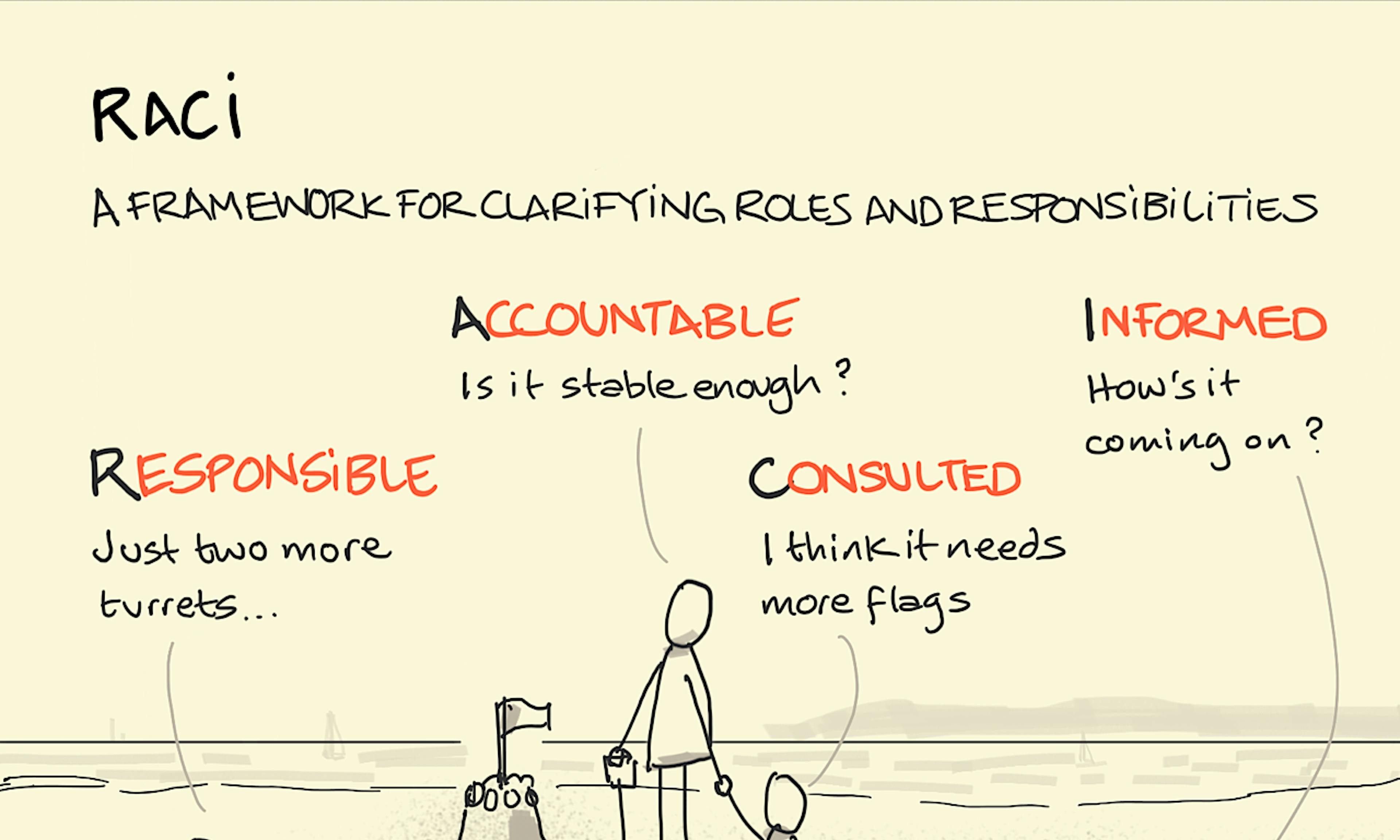 RACI
RACI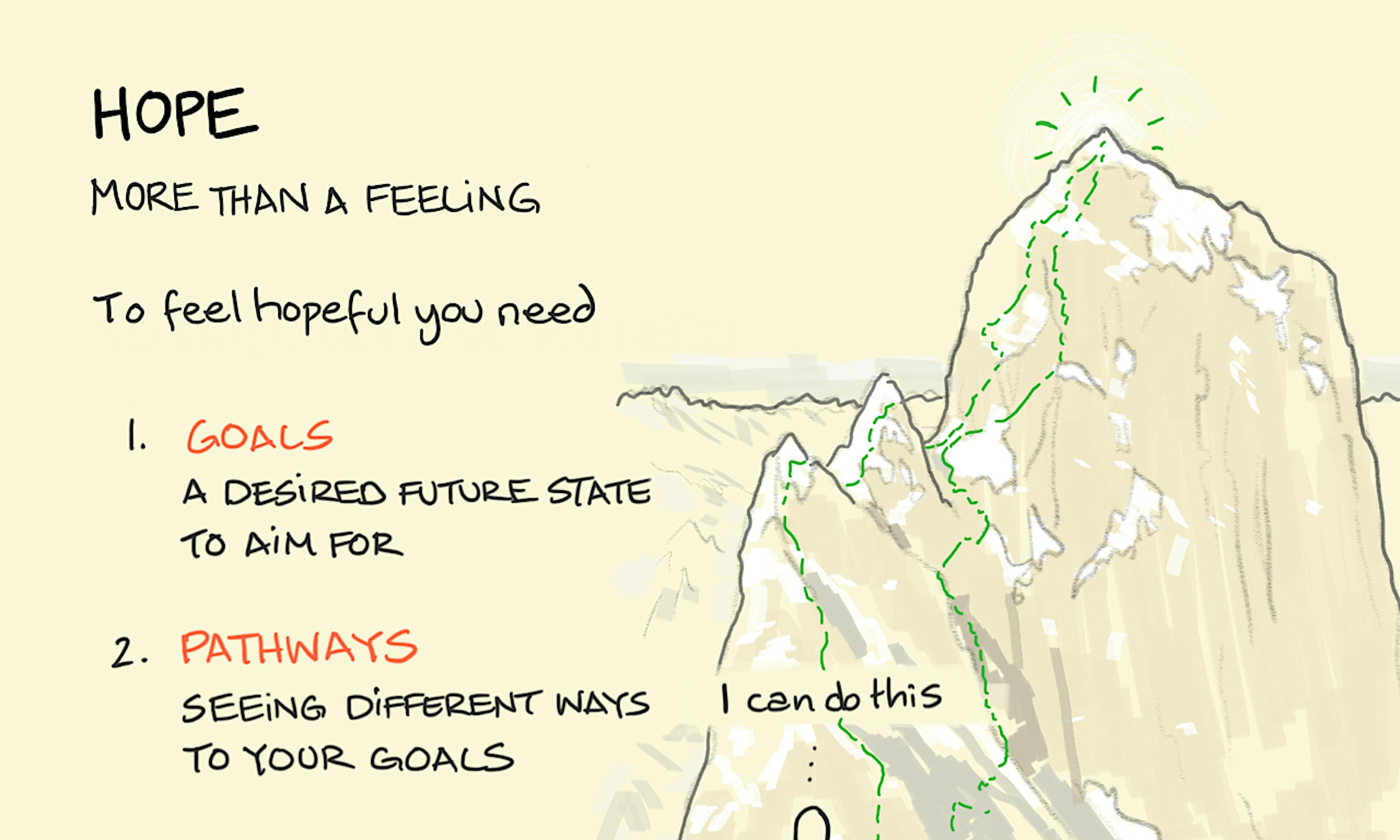 Hope
Hope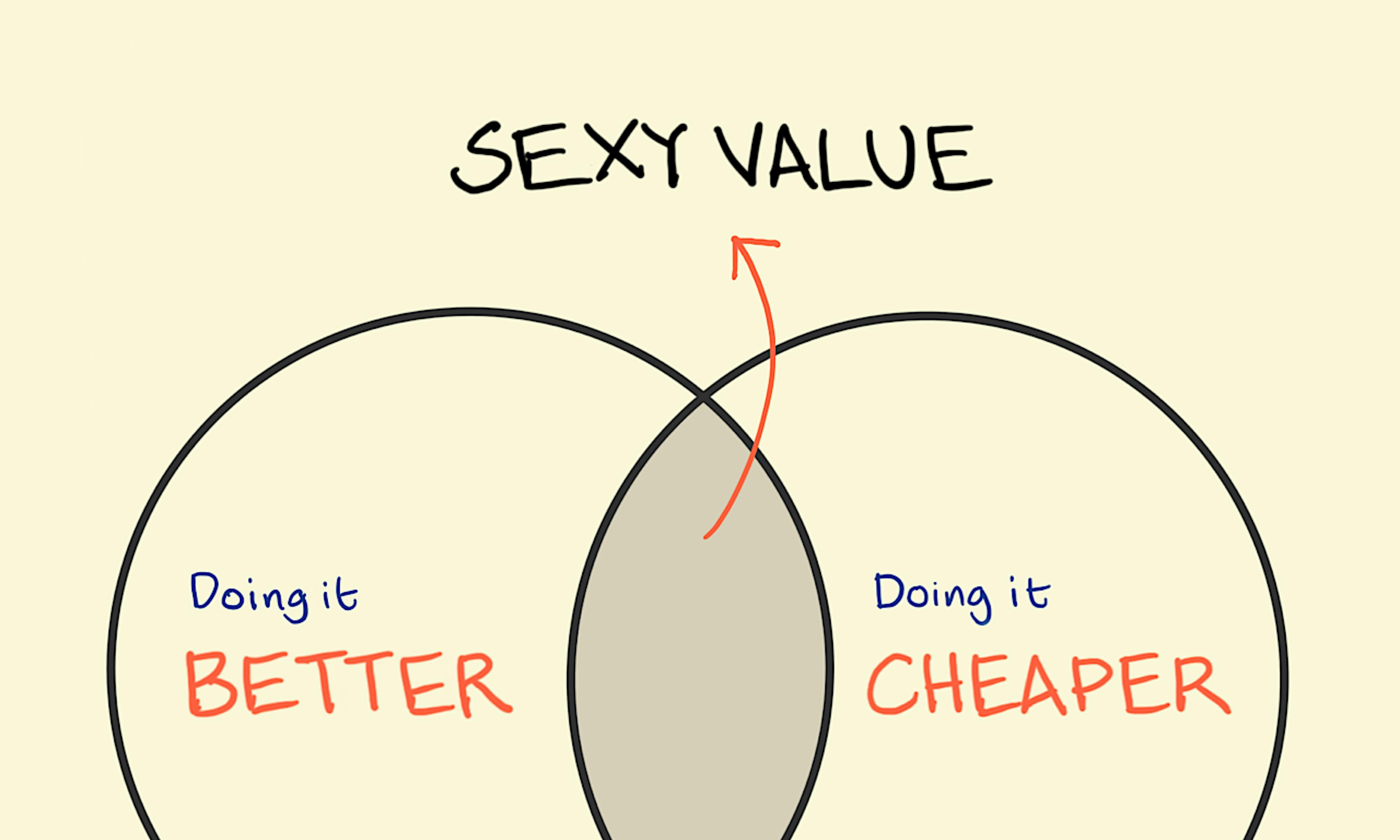 Sexy value
Sexy value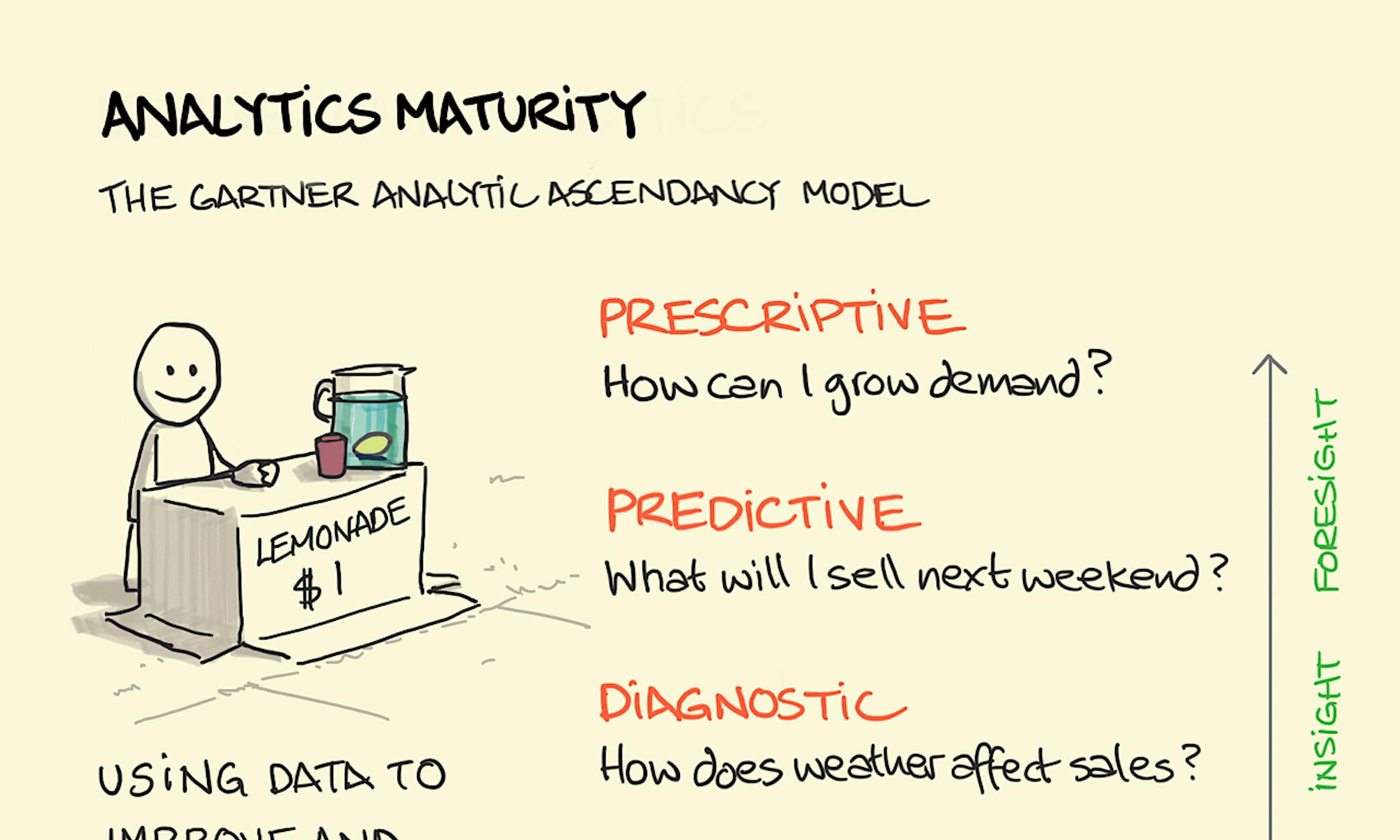 Analytics maturity
Analytics maturity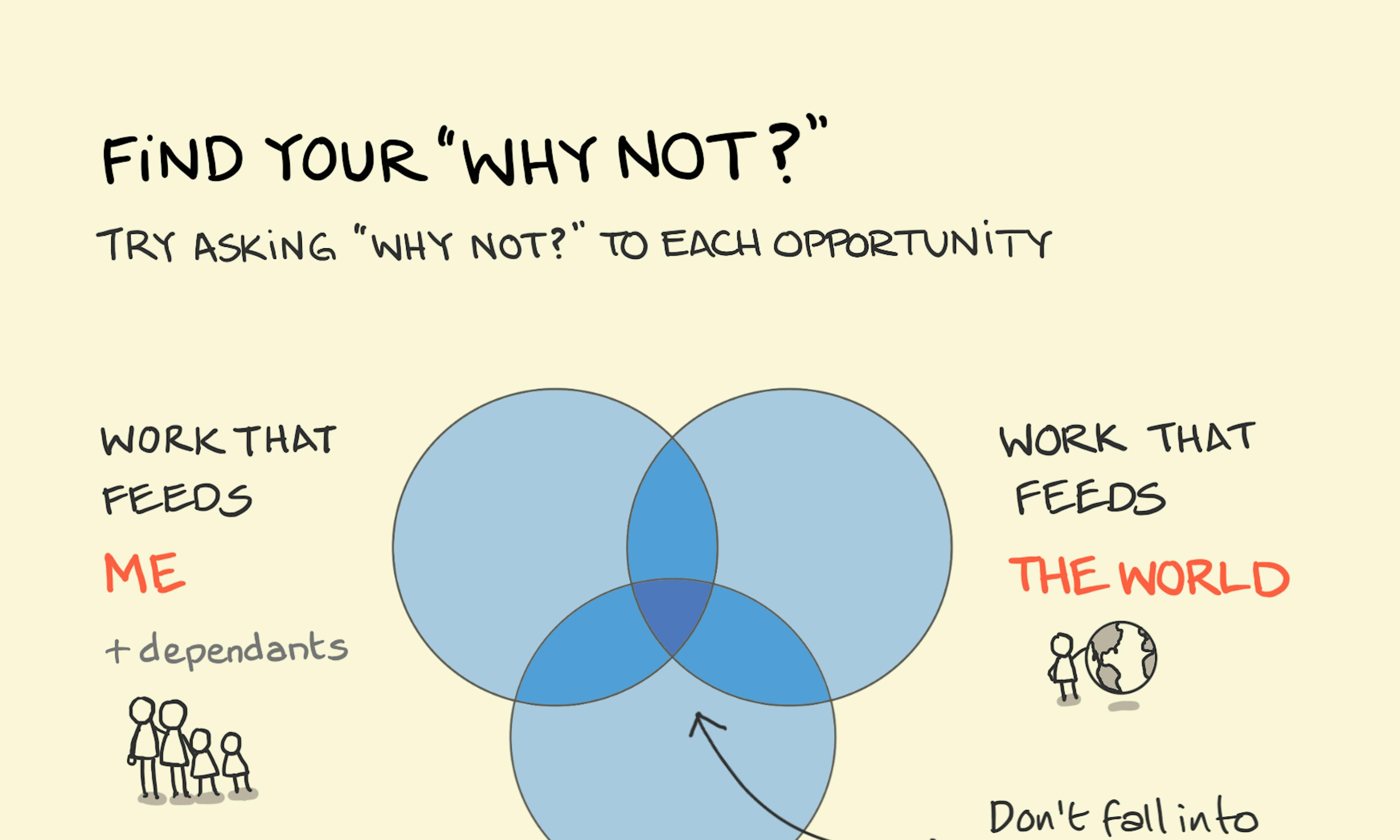 Find your why not
Find your why not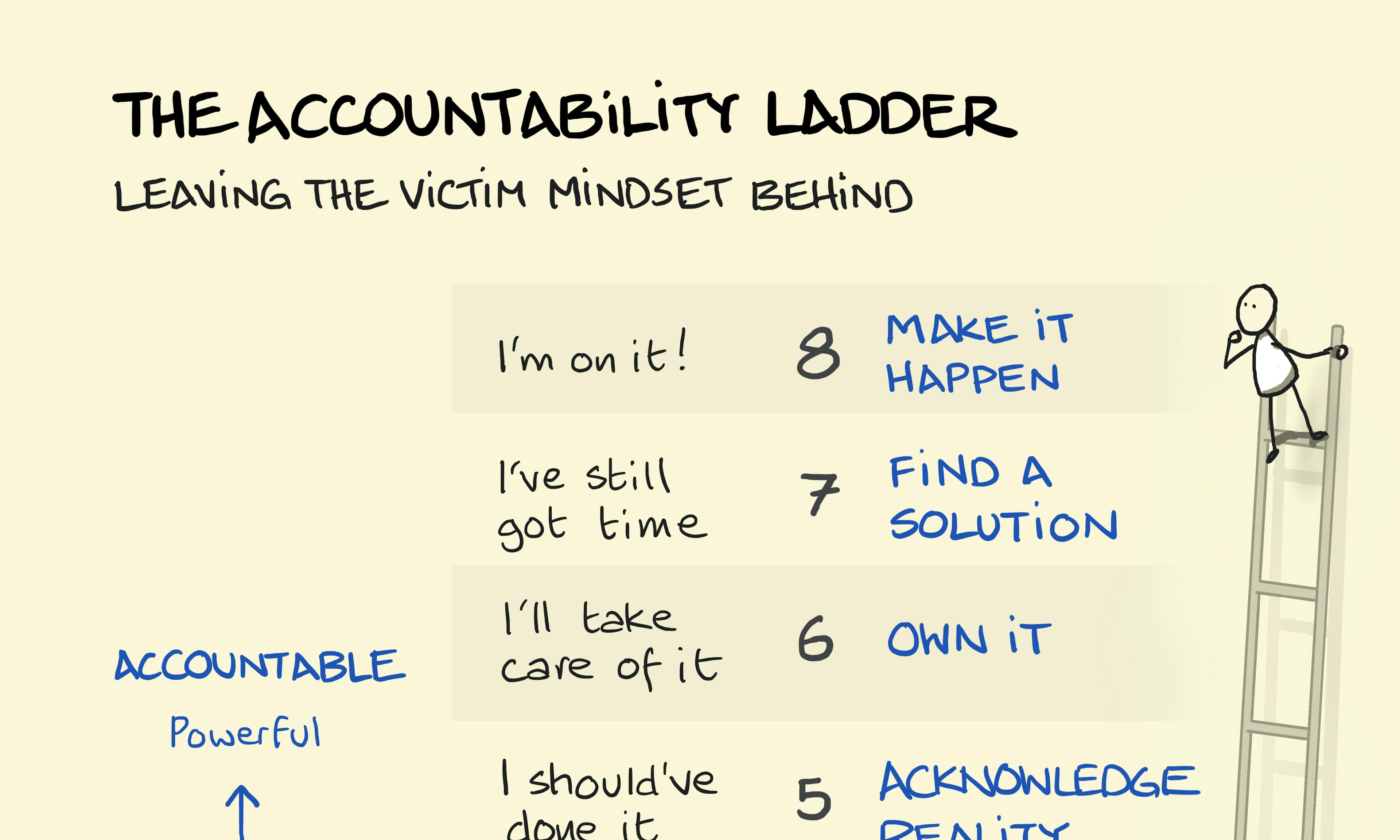 The accountability ladder
The accountability ladder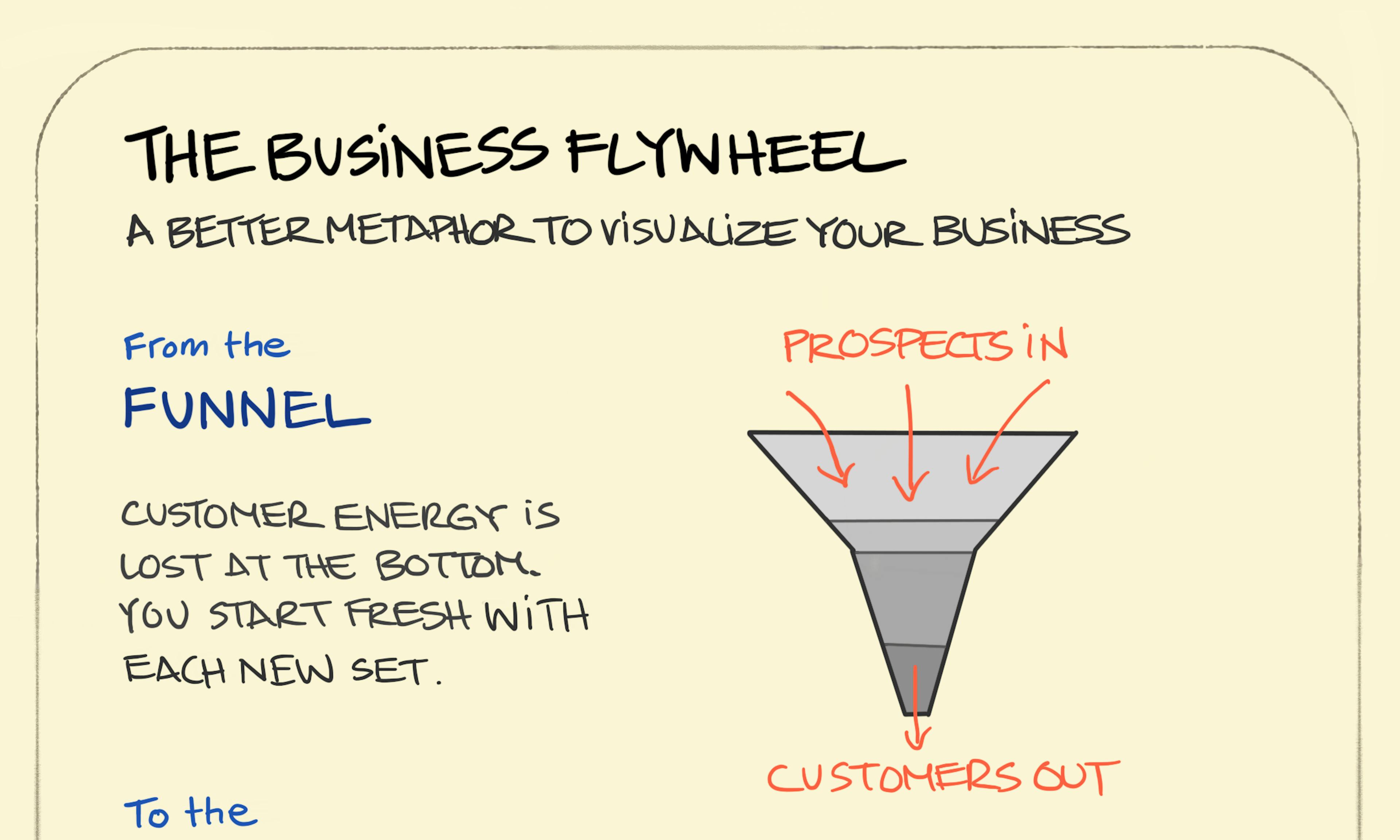 The business flywheel
The business flywheel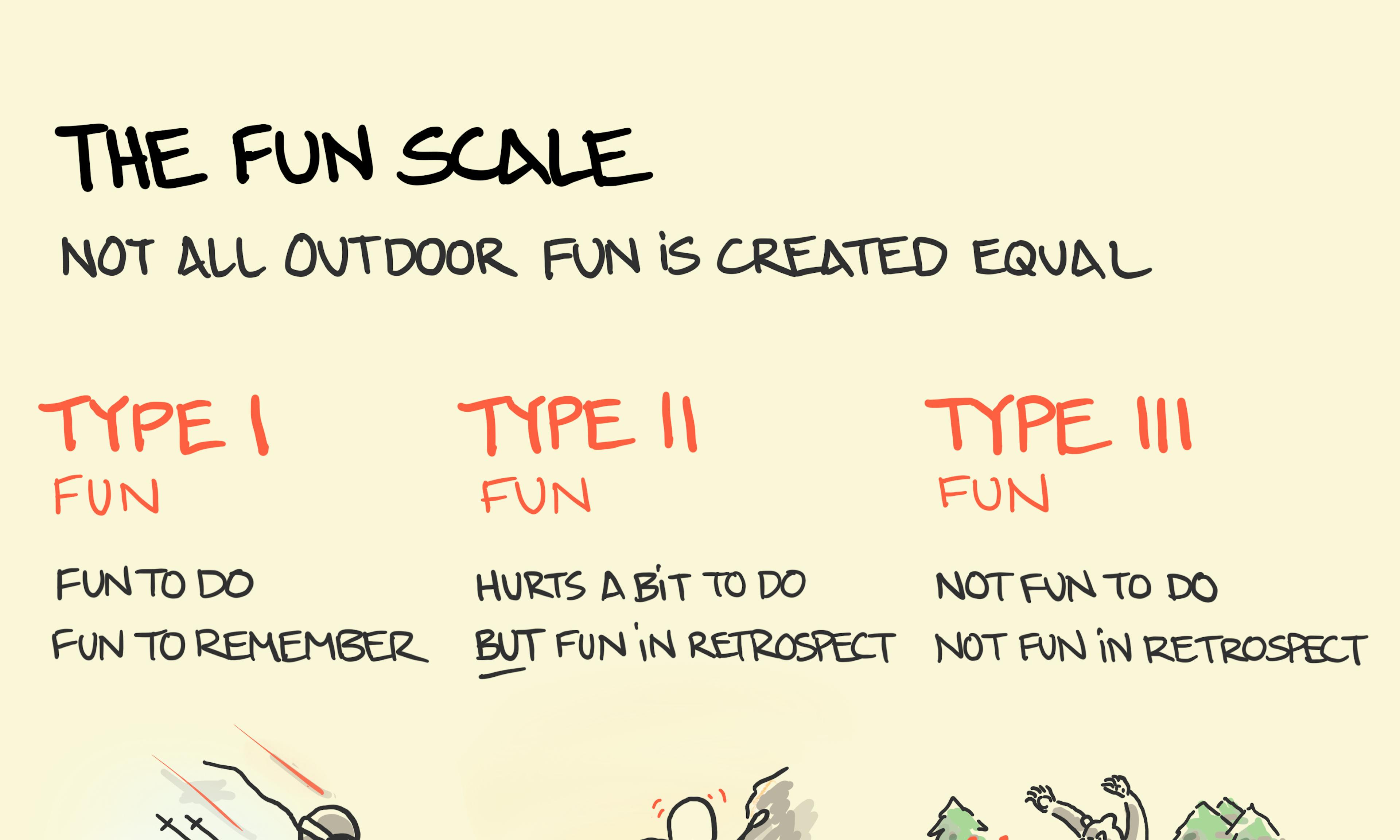 The fun scale: understanding the types of fun
The fun scale: understanding the types of fun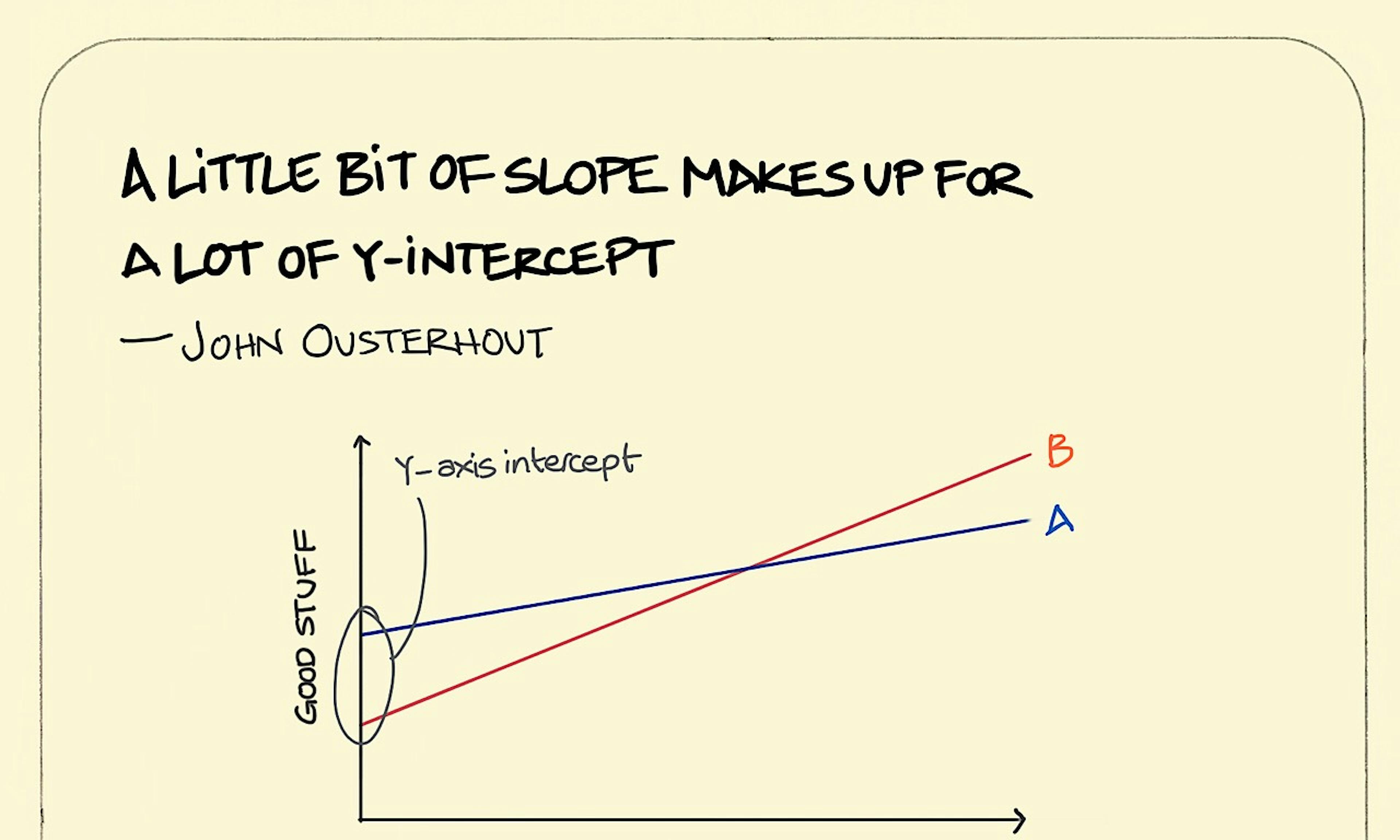 A little bit of slope makes up for a lot of y-intercept.
A little bit of slope makes up for a lot of y-intercept.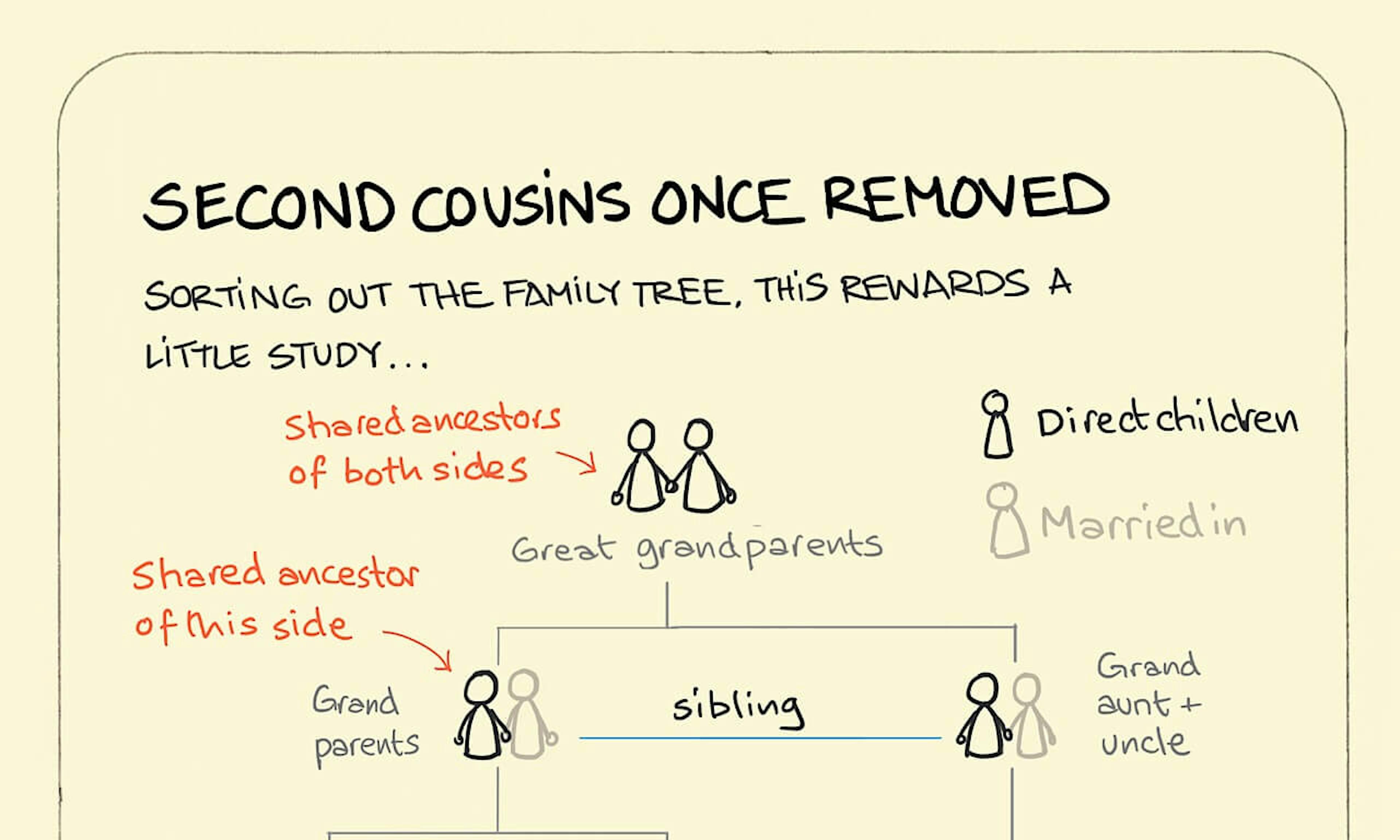 Second cousins once removed.
Second cousins once removed. What is Two-Factor Authentication (2FA)?
What is Two-Factor Authentication (2FA)? Homonyms, homographs, homophones, heteronyms…
Homonyms, homographs, homophones, heteronyms… 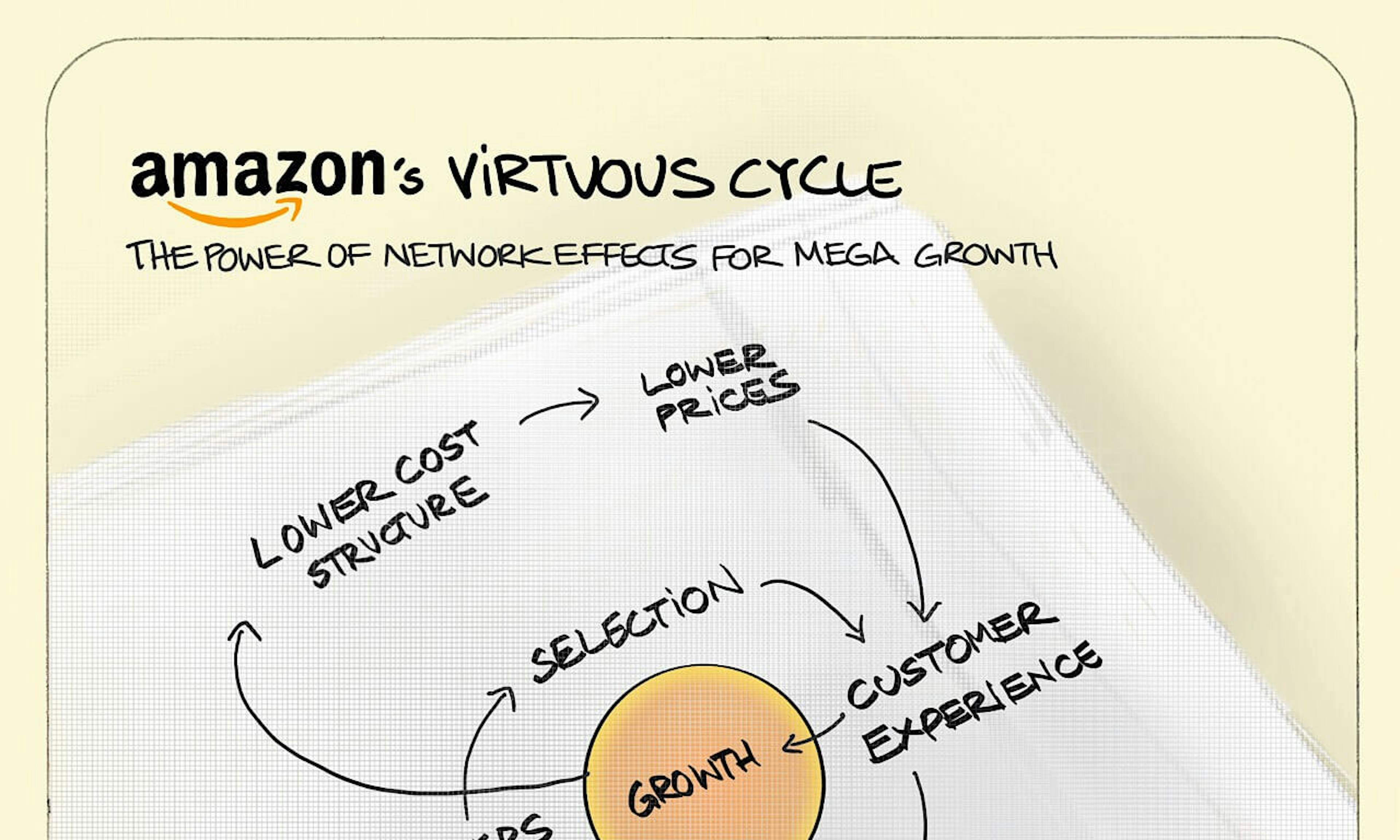 The ‘Virtuous Cycles’ of Amazon and Uber
The ‘Virtuous Cycles’ of Amazon and Uber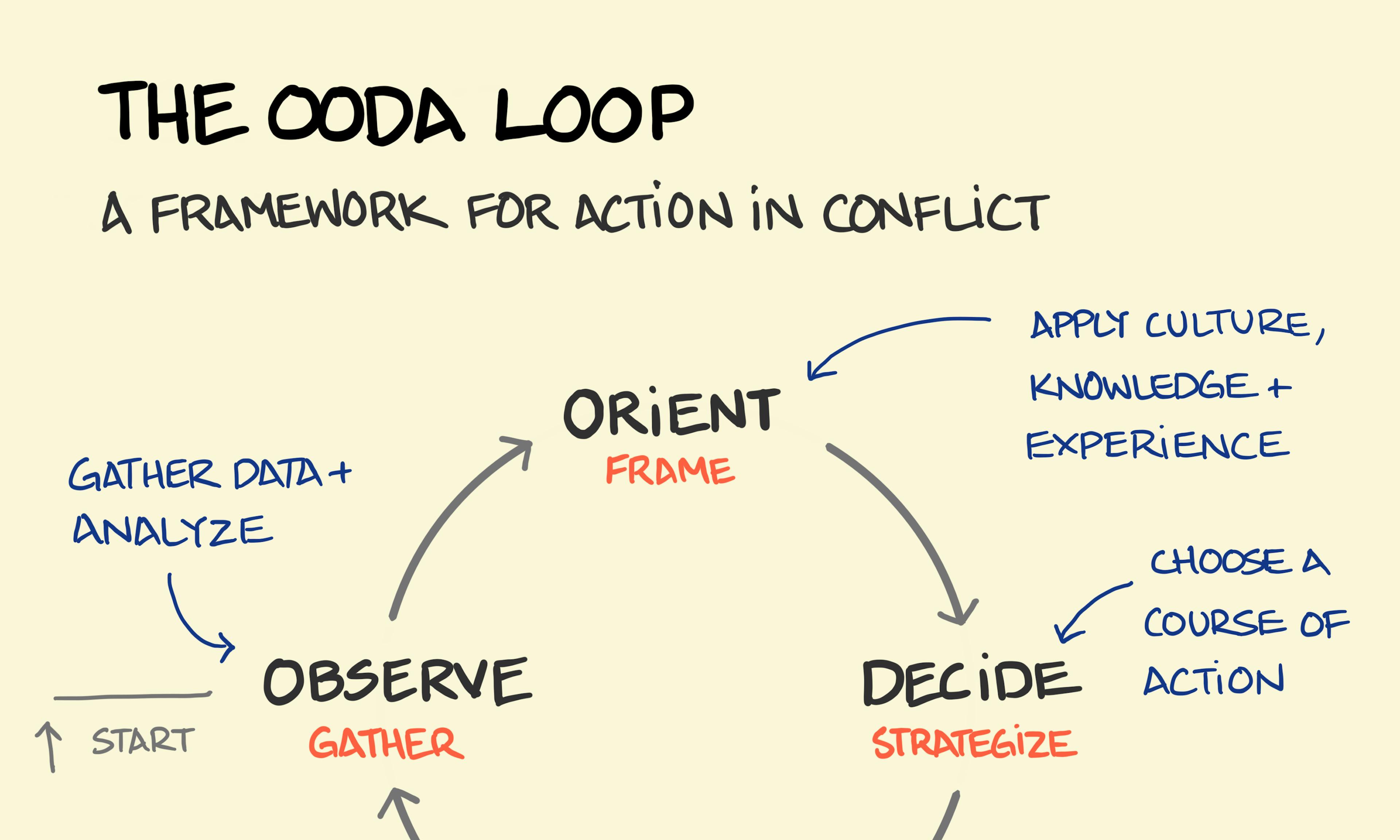 OODA Loop
OODA Loop Inverted pyramid writing
Inverted pyramid writing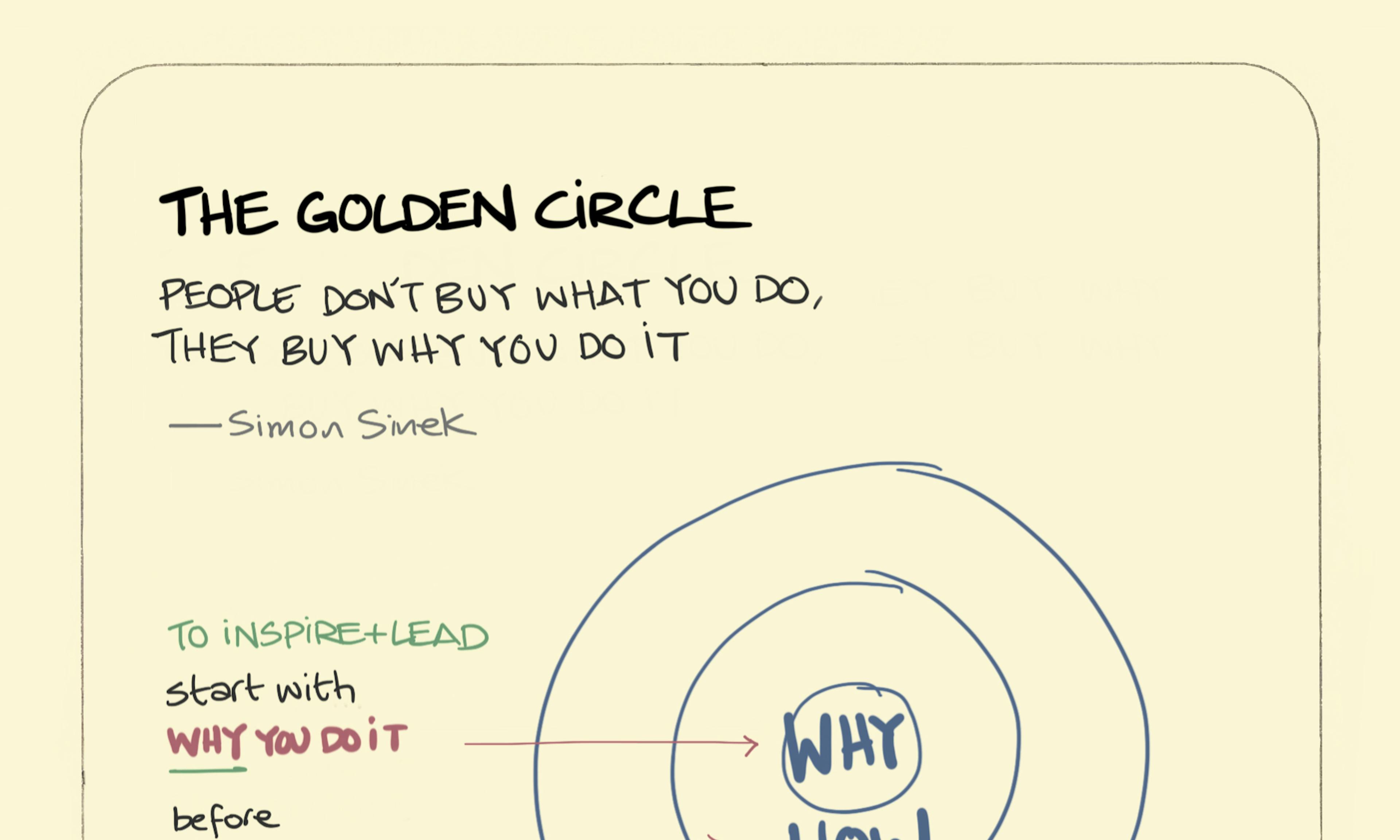 The golden circle
The golden circle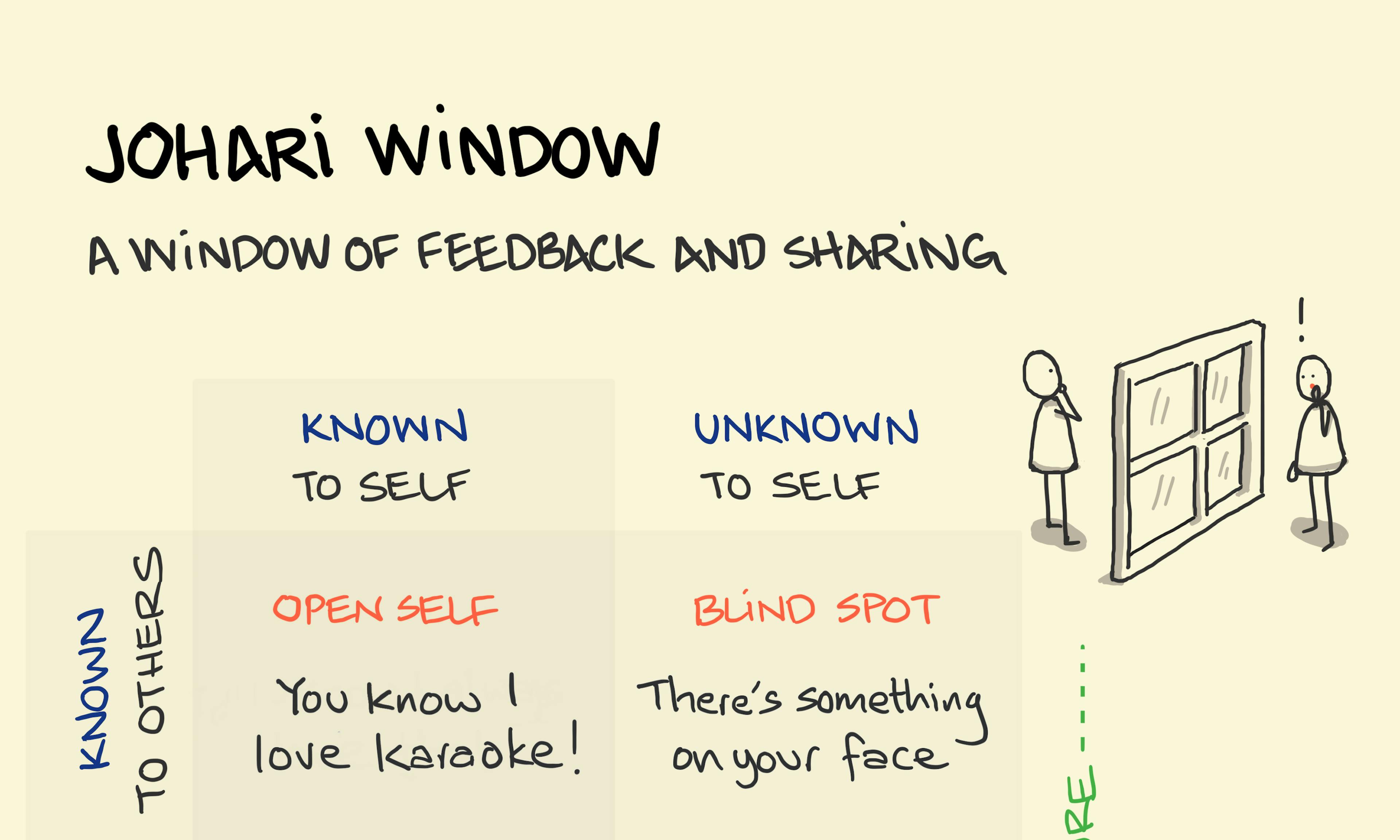 Johari Window — A Model for Self-Awareness, Feedback, and Personal Growth
Johari Window — A Model for Self-Awareness, Feedback, and Personal Growth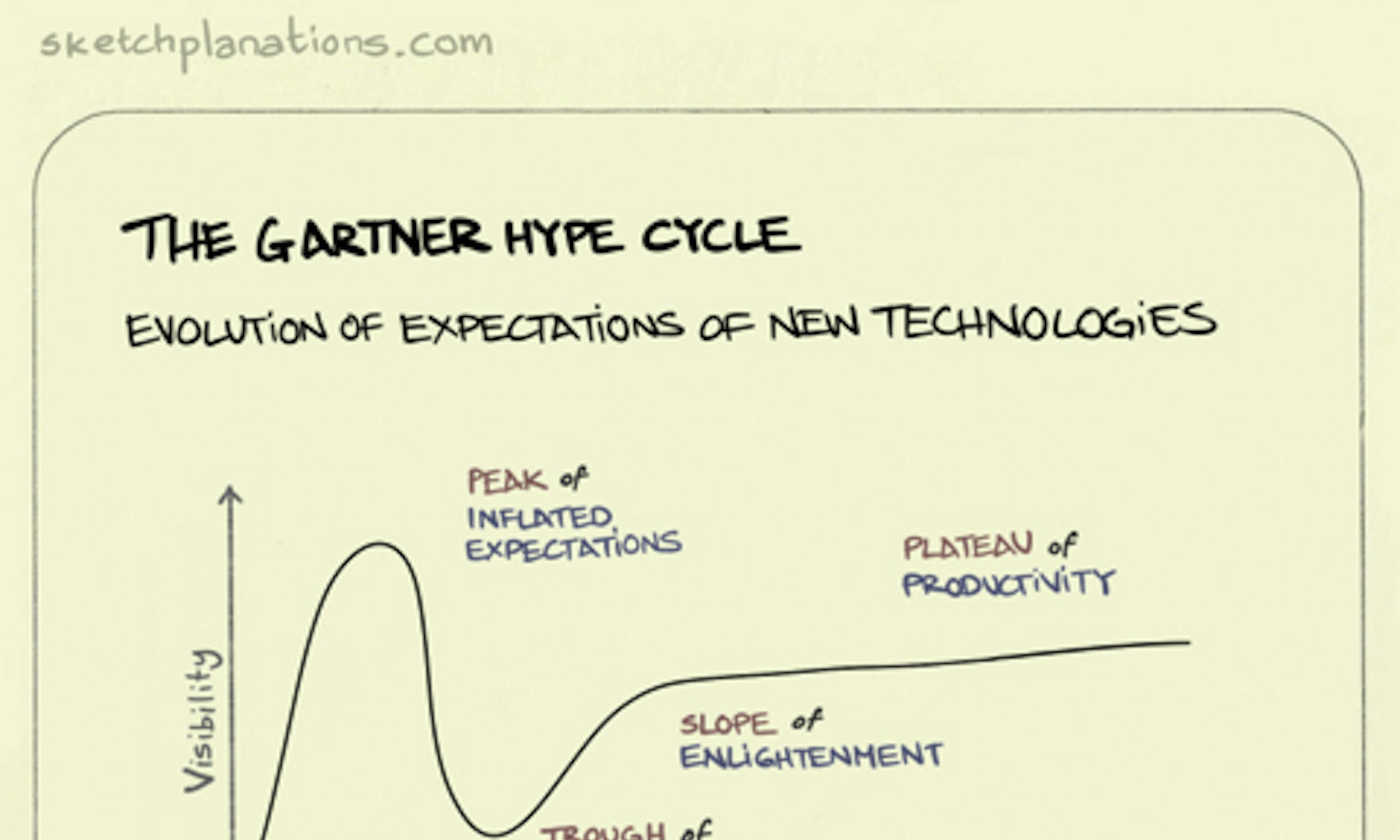 The Gartner Hype cycle
The Gartner Hype cycle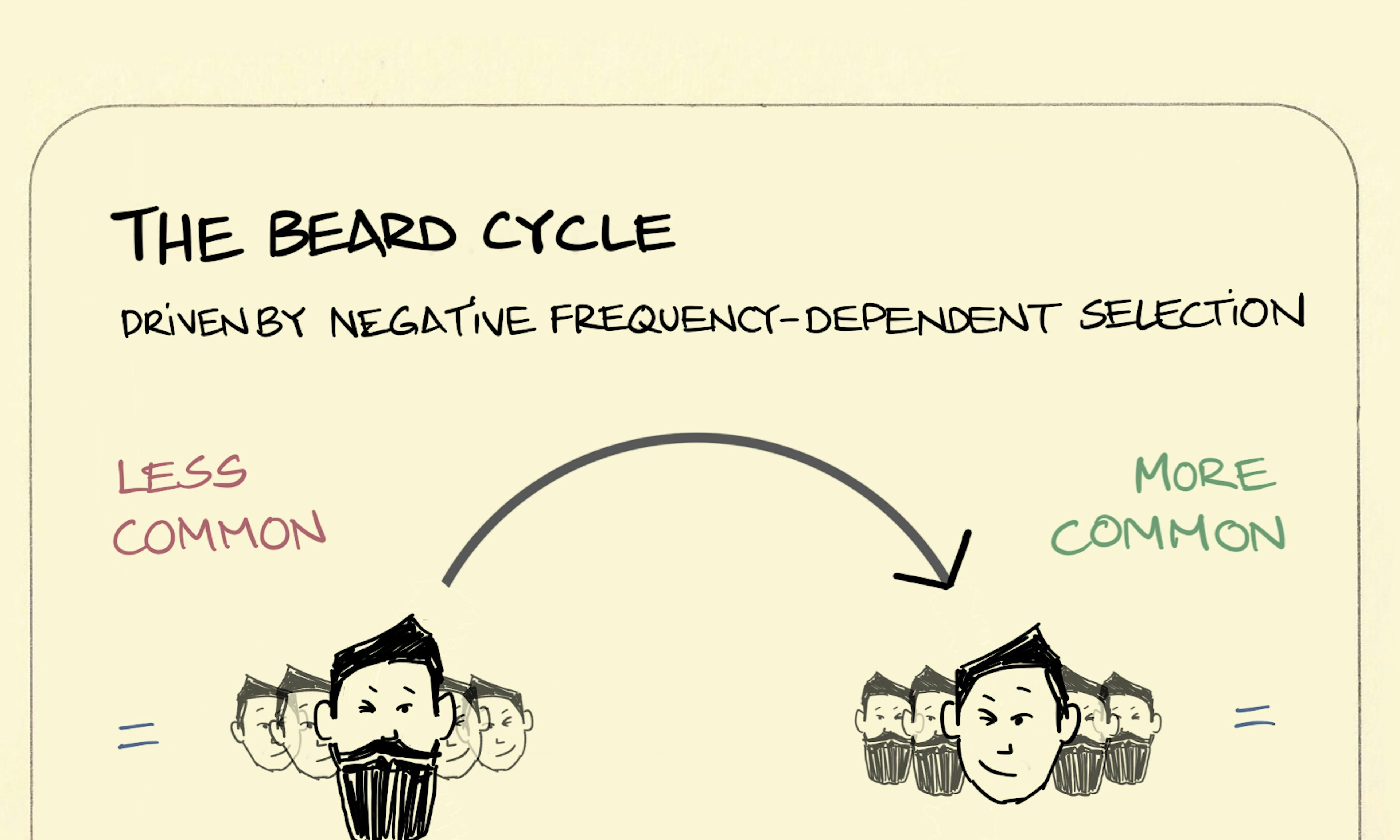 The beard cycle
The beard cycle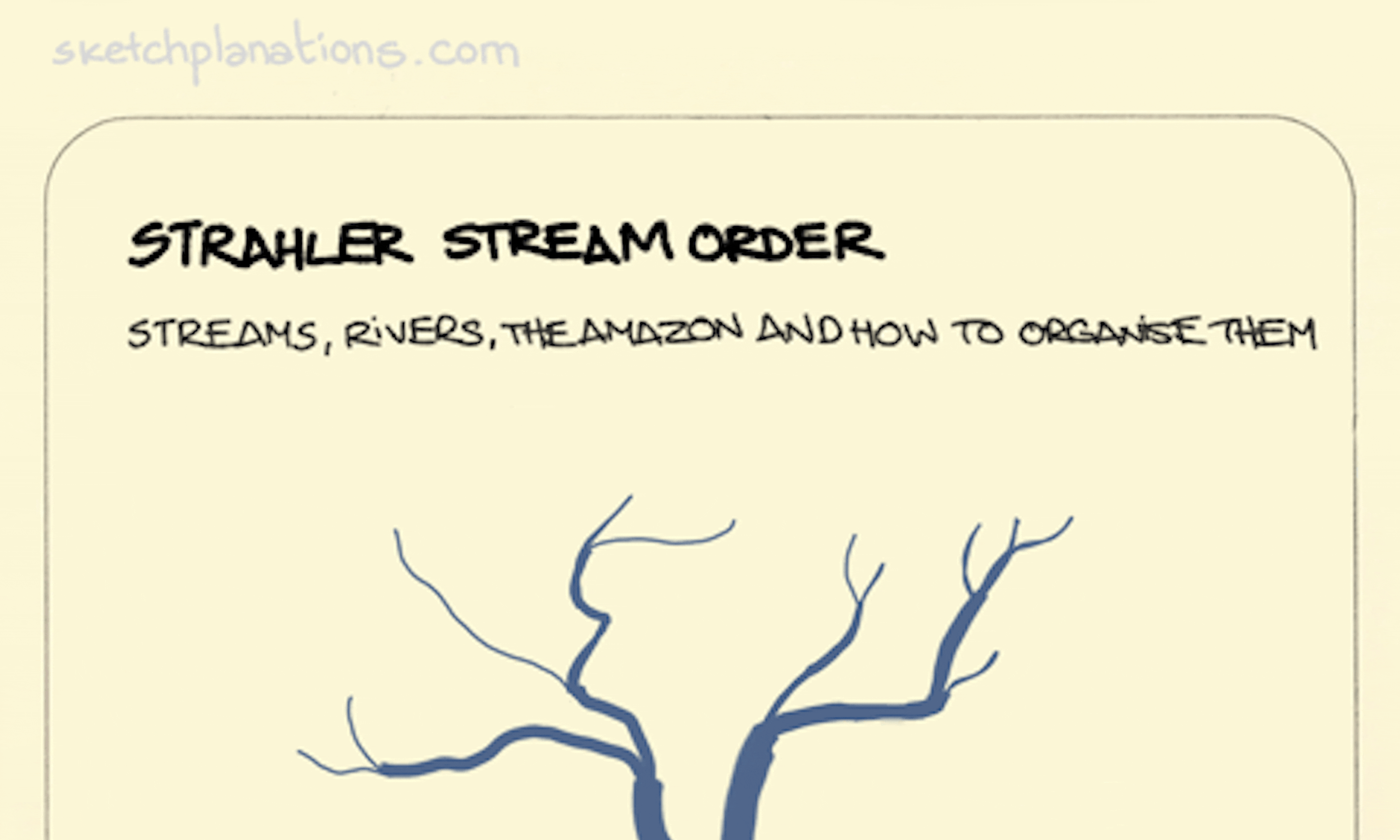 Strahler stream order: Streams, rivers, the Amazon and how to organise them.
Strahler stream order: Streams, rivers, the Amazon and how to organise them.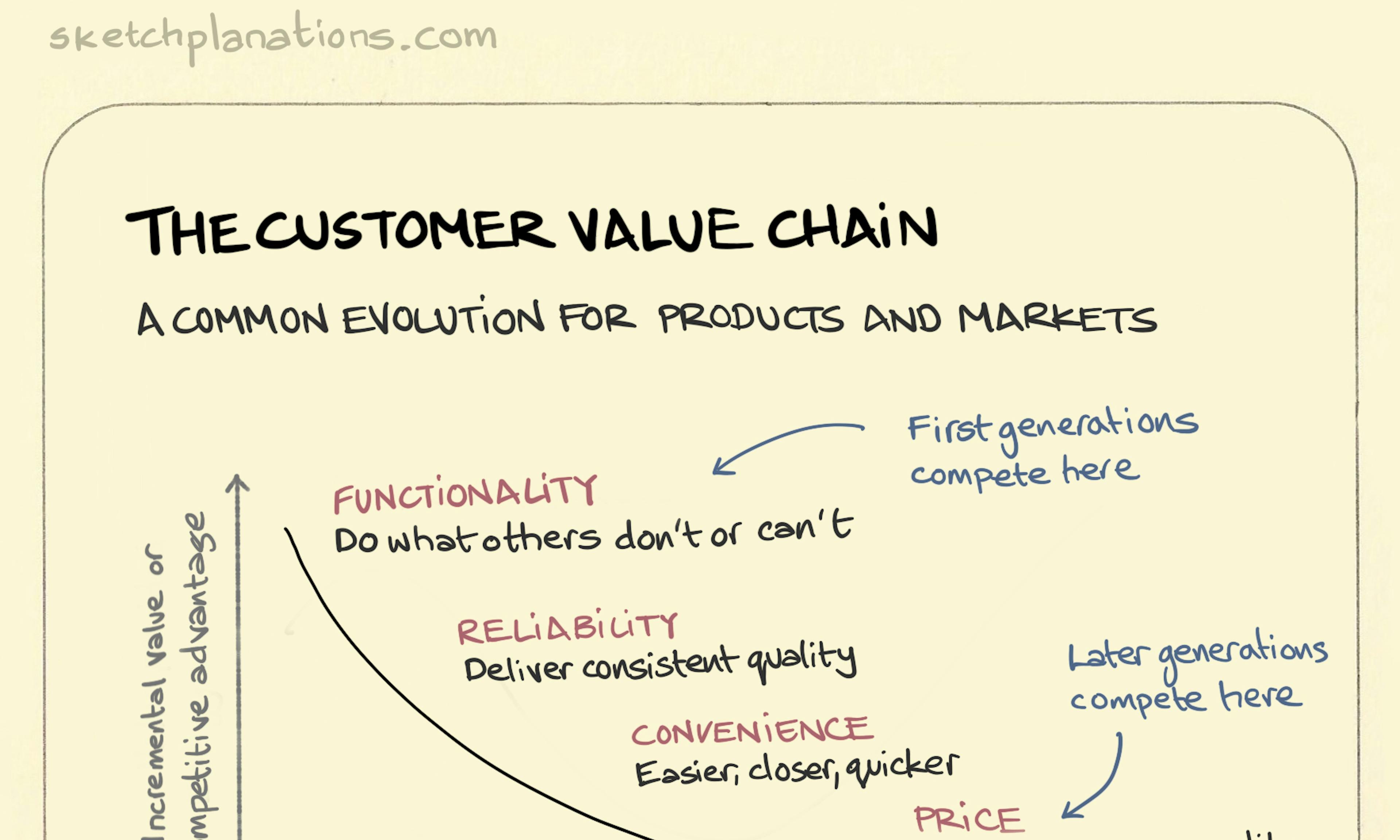 The customer value chain
The customer value chain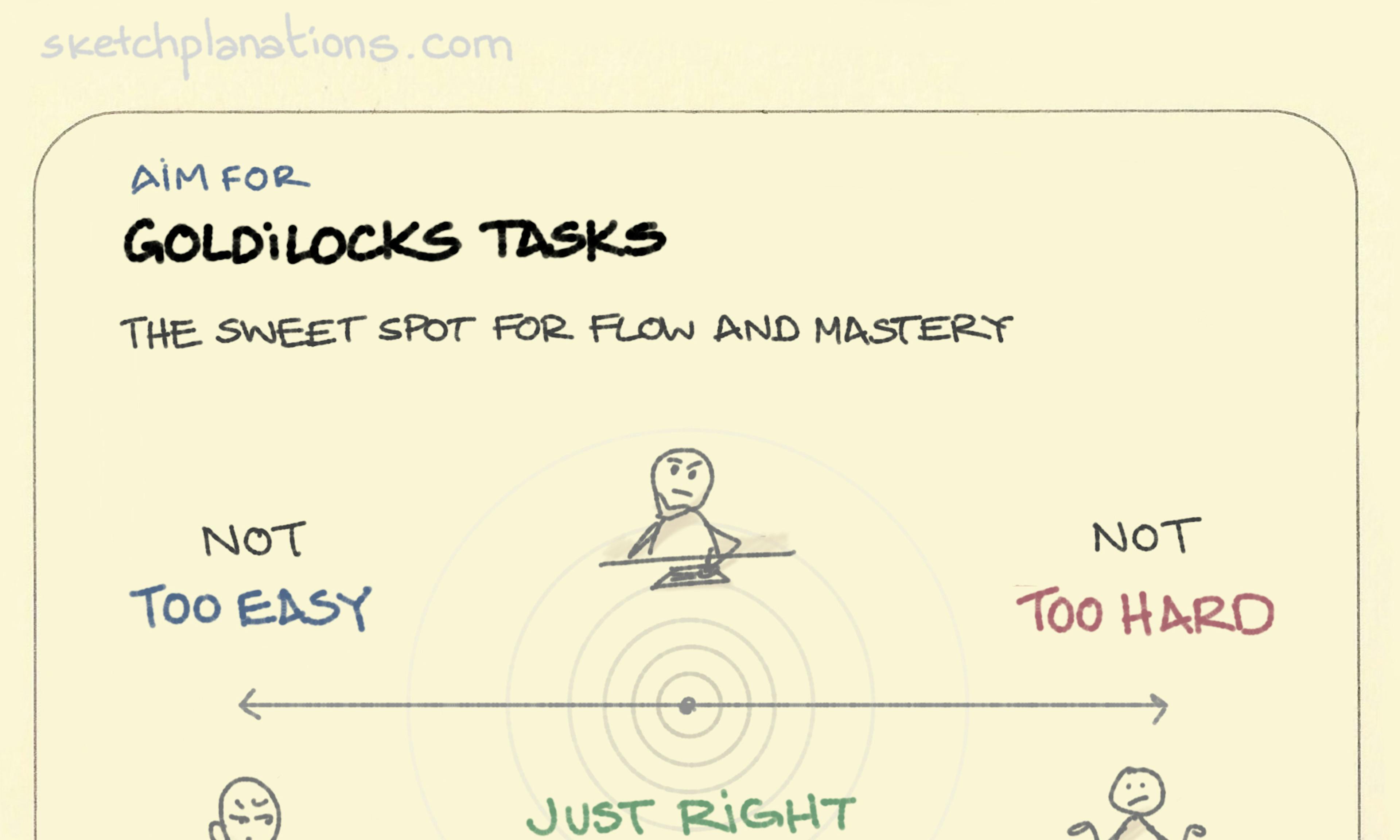 Goldilocks tasks
Goldilocks tasks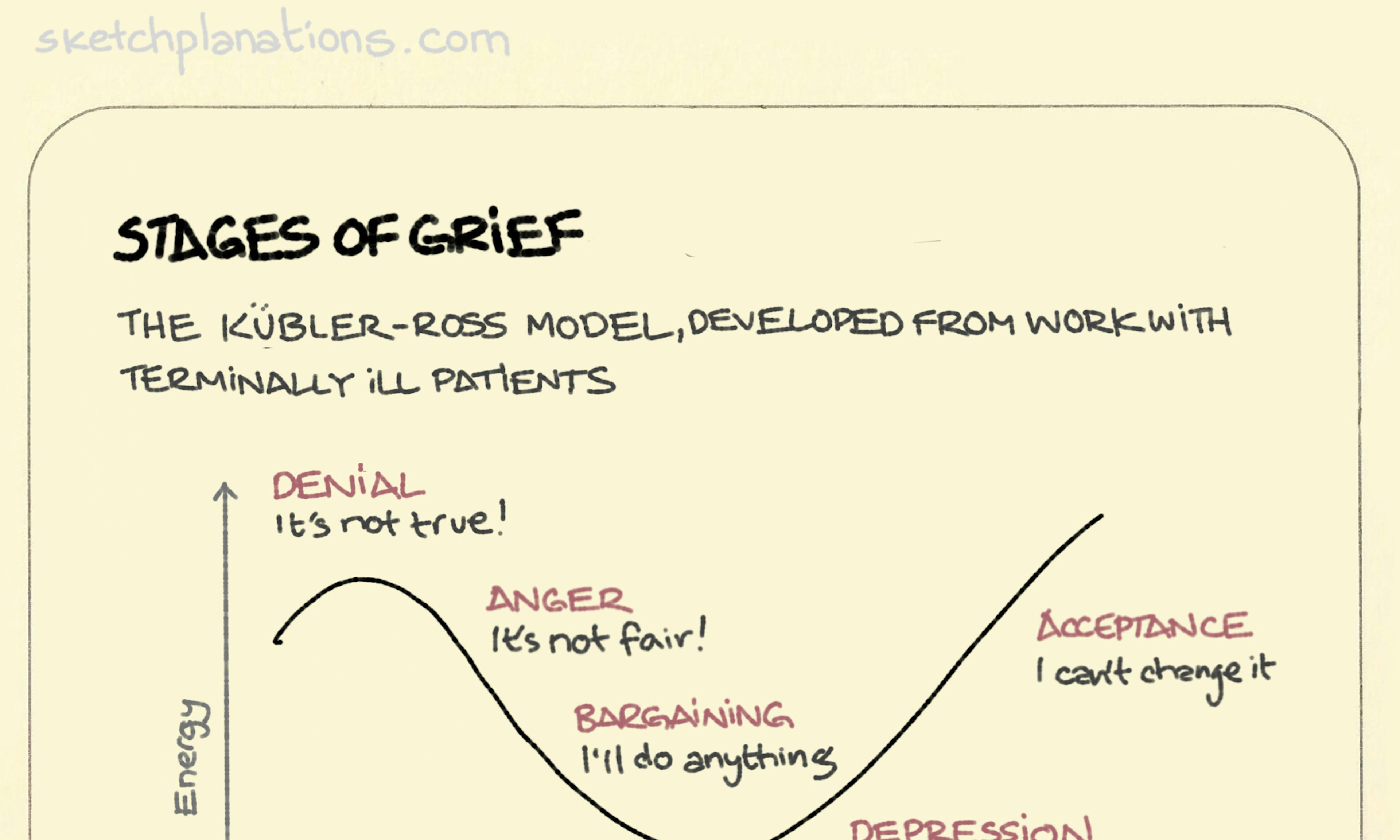 Stages of grief
Stages of grief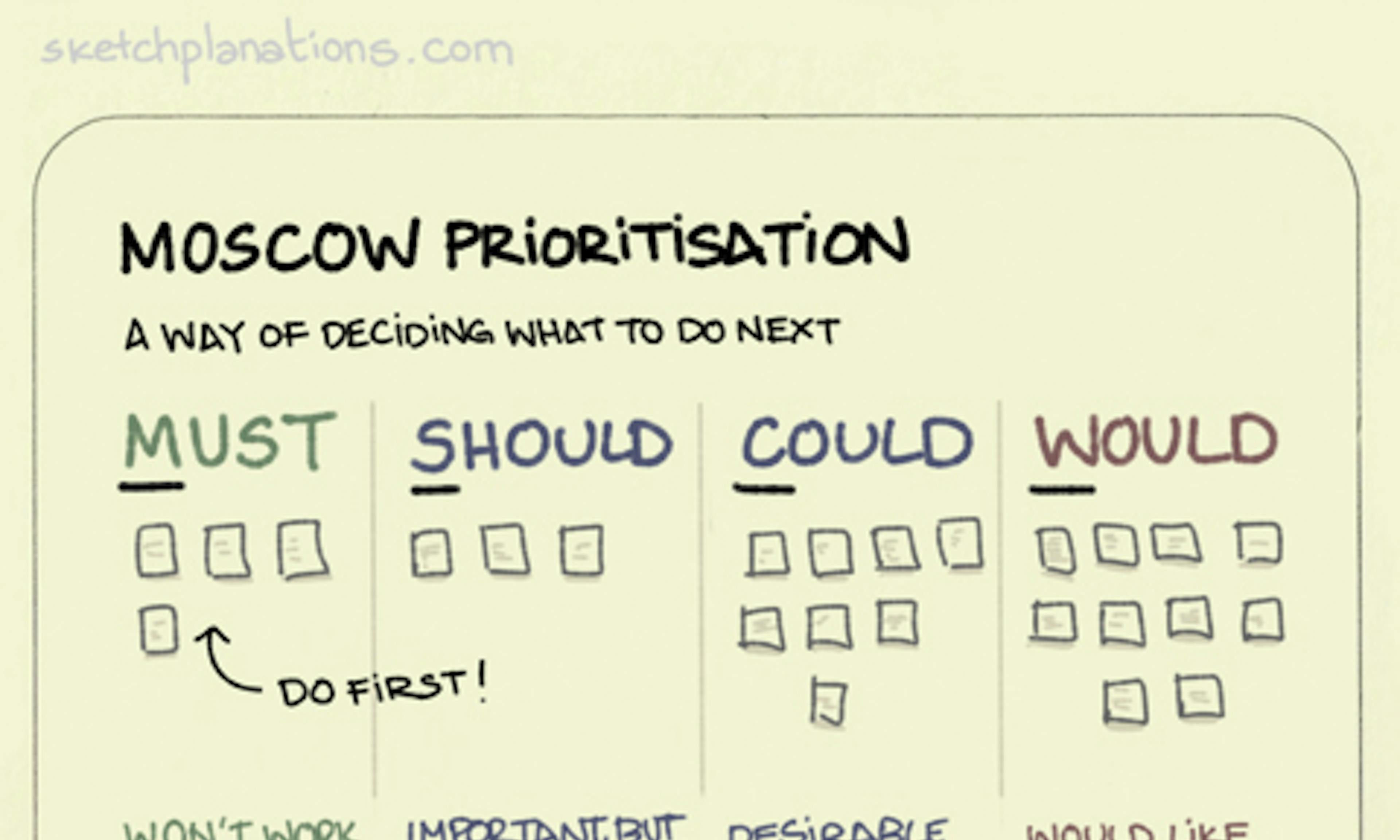 MOSCOW Prioritisation.
MOSCOW Prioritisation.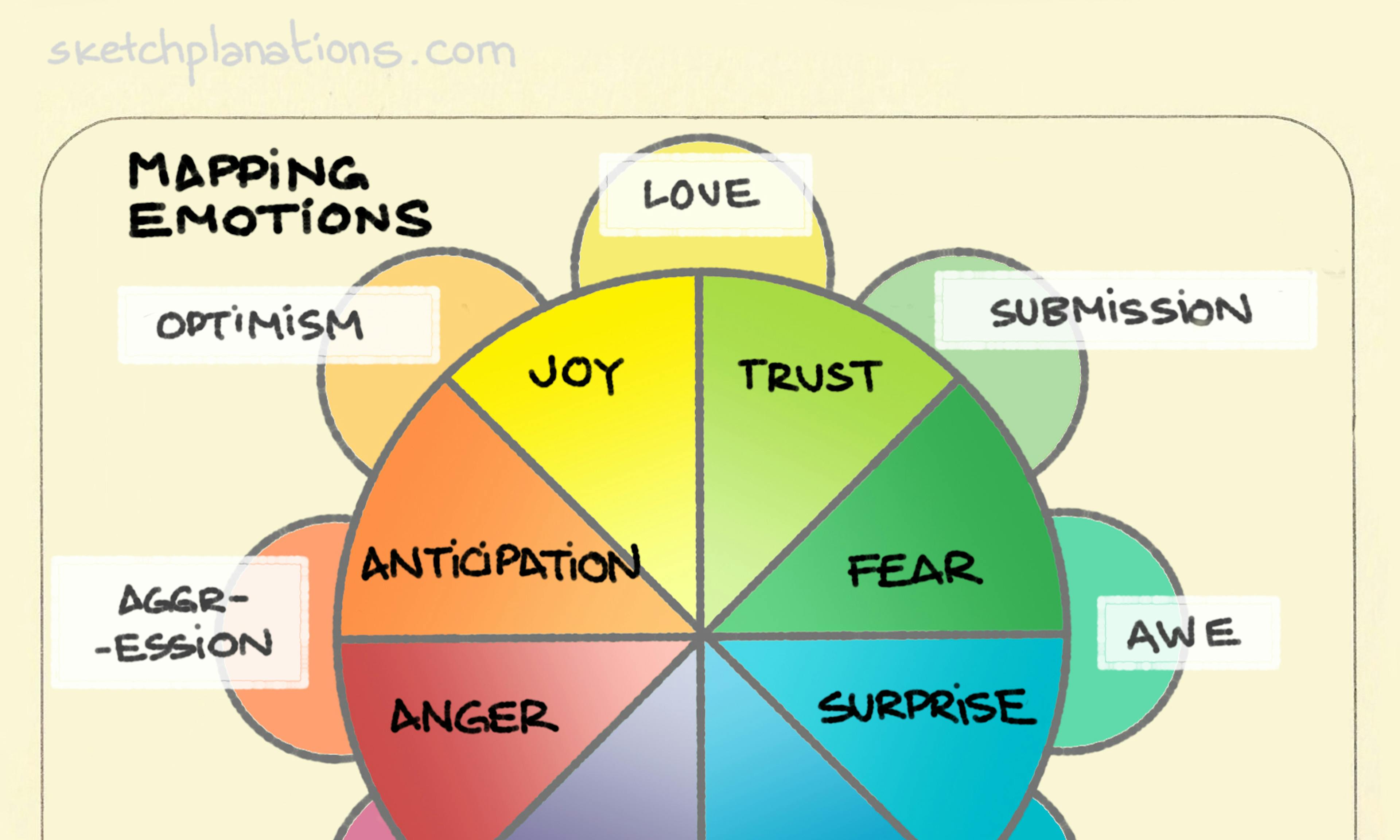 Mapping emotions
Mapping emotions The S-curve
The S-curve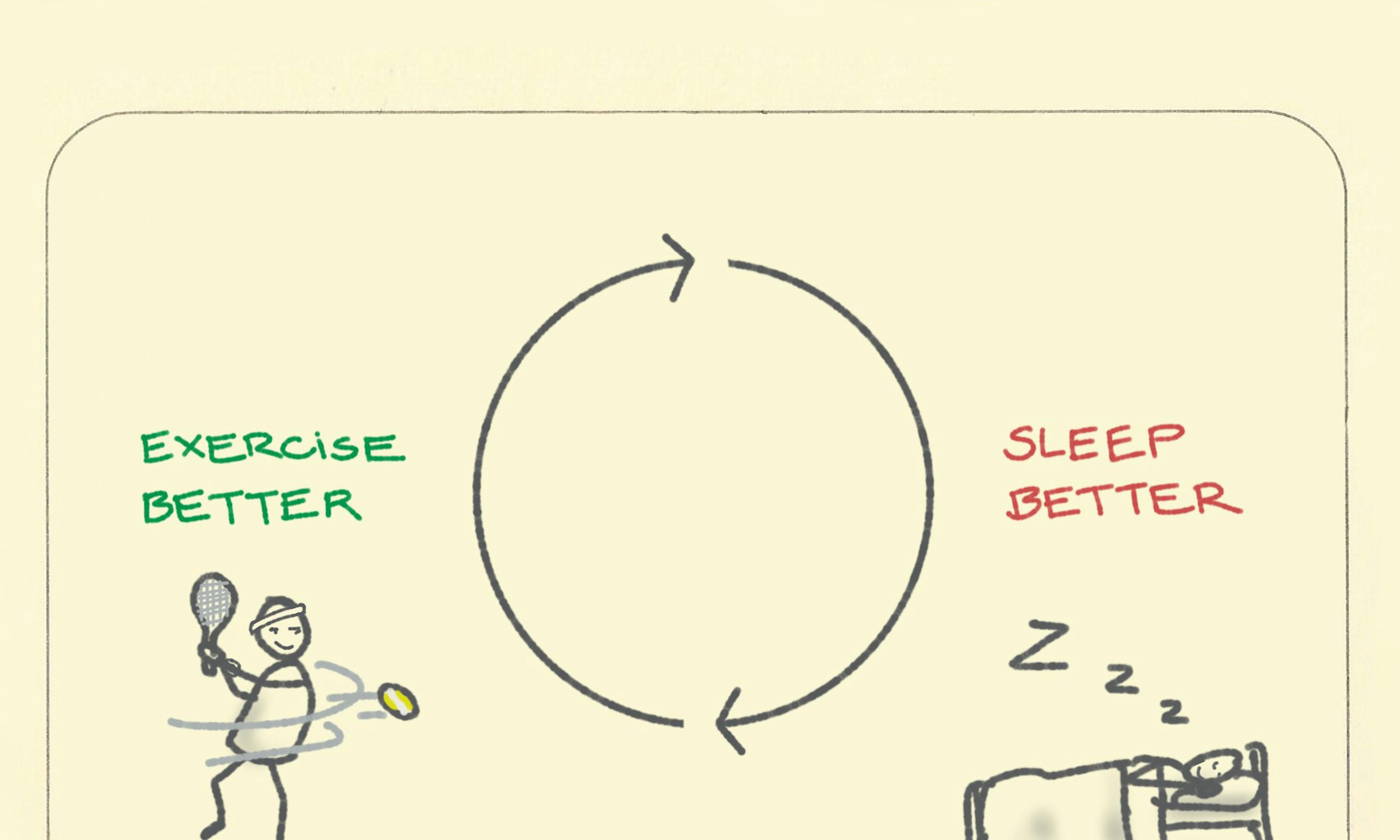 The virtuous cycle of exercise and sleep
The virtuous cycle of exercise and sleep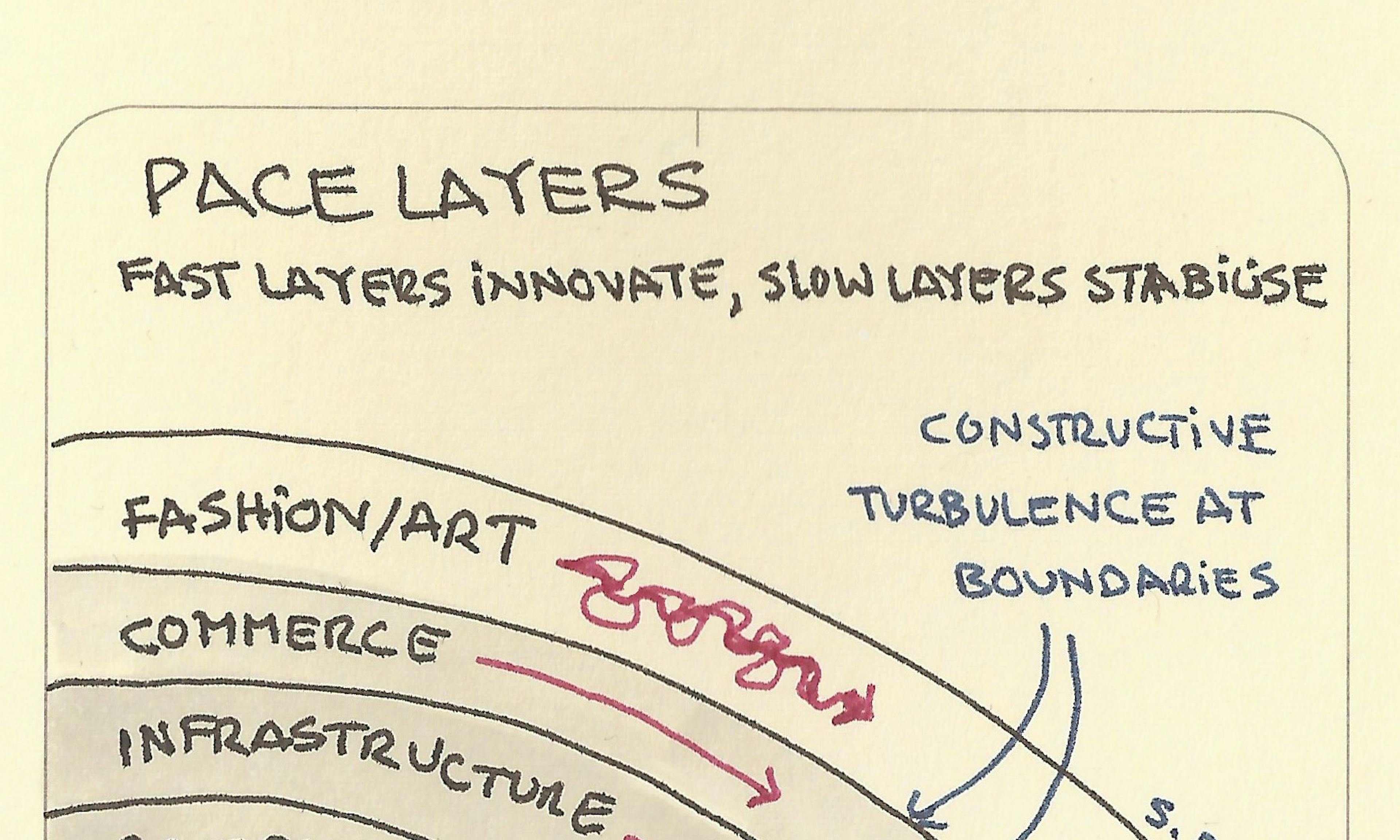 Pace layers
Pace layers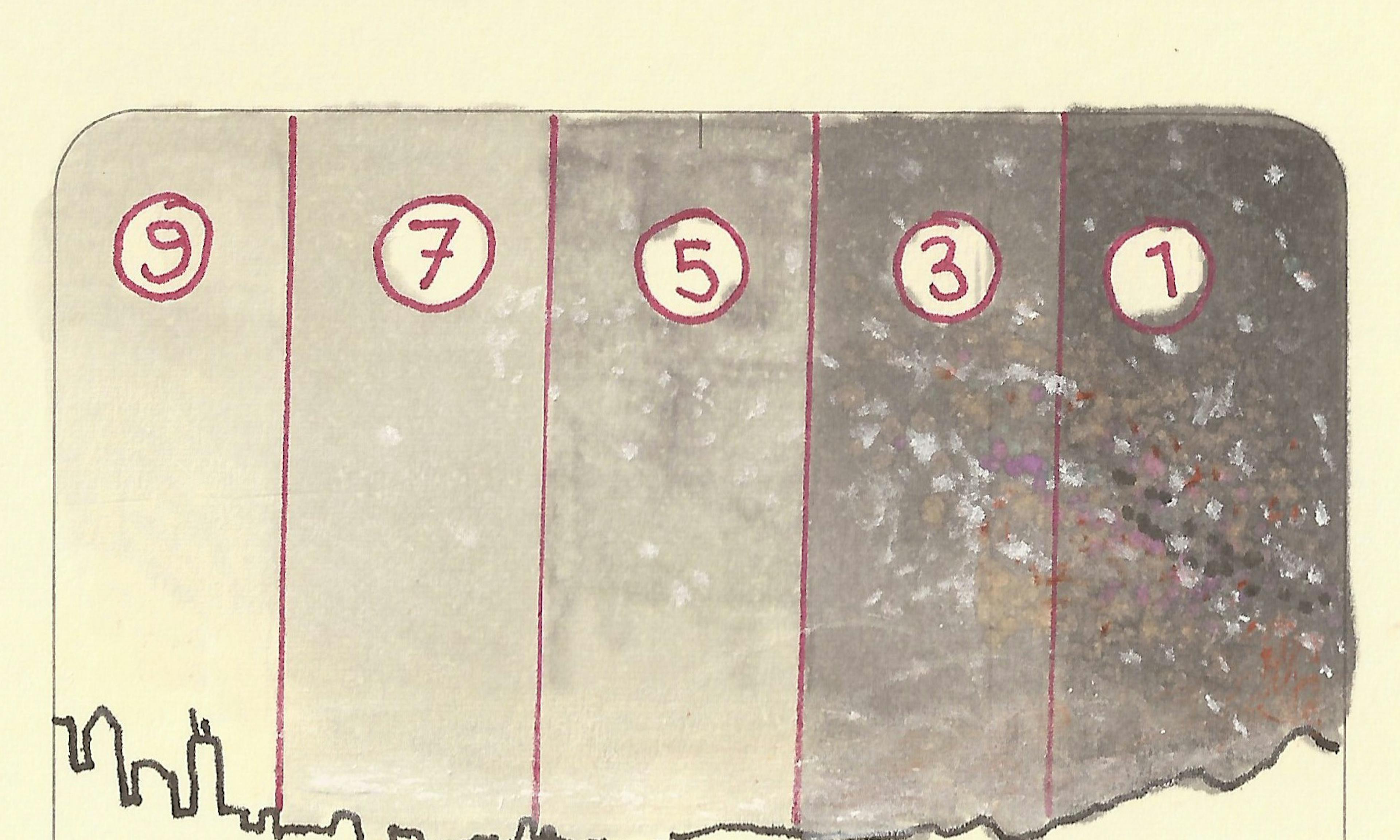 Bortle Scale
Bortle Scale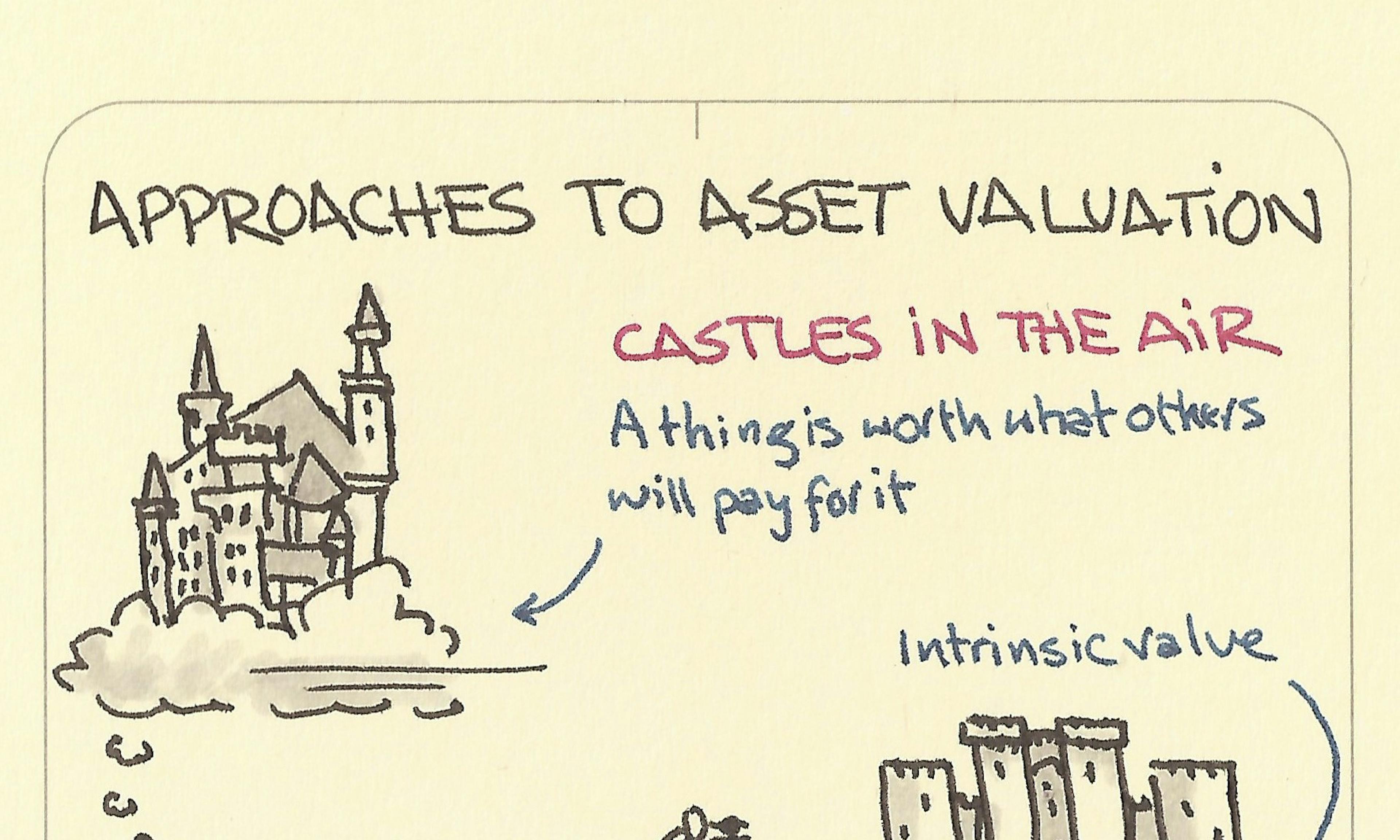 Approaches to asset valuation: Castles in the air and firm foundations
Approaches to asset valuation: Castles in the air and firm foundations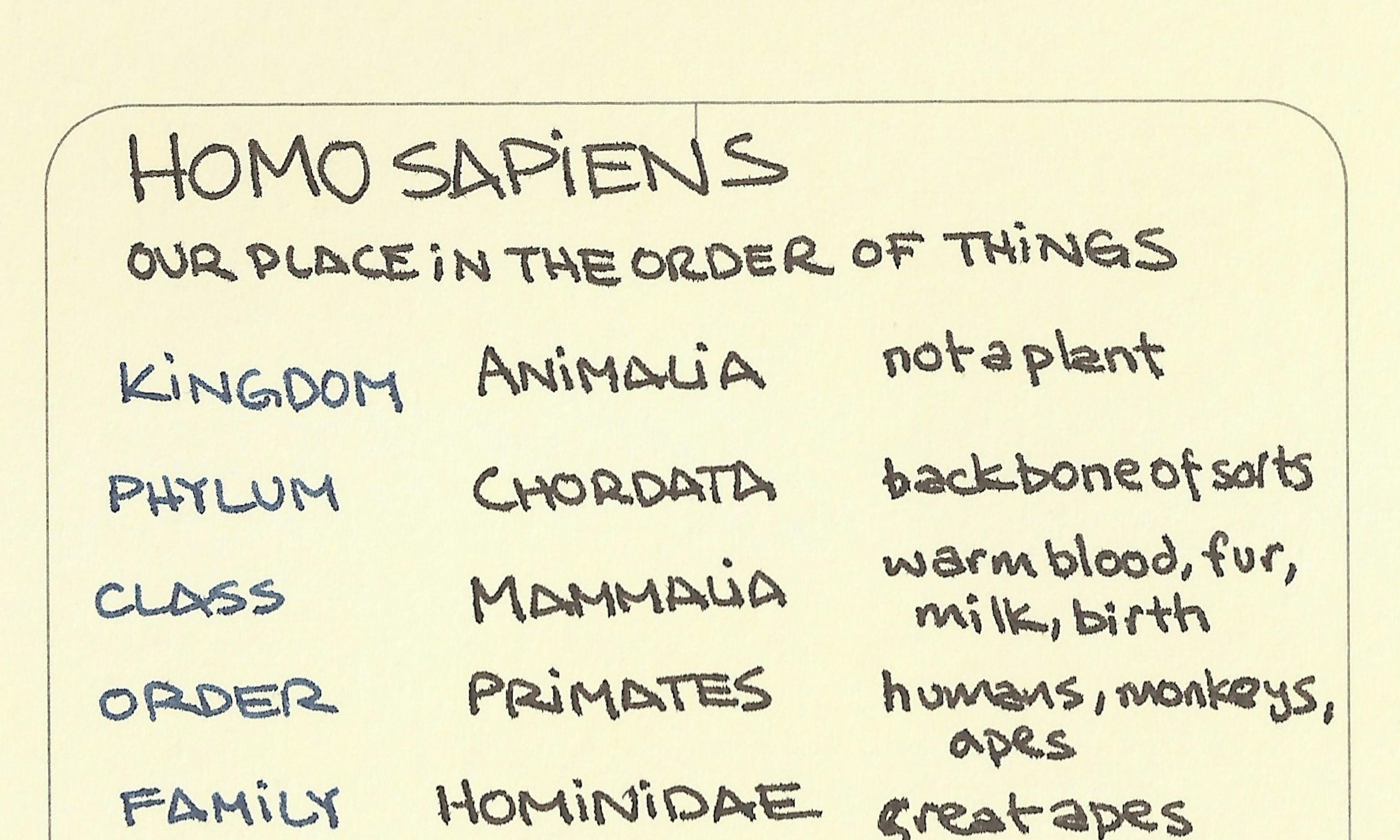 Homo sapiens. Our place in the order of things
Homo sapiens. Our place in the order of things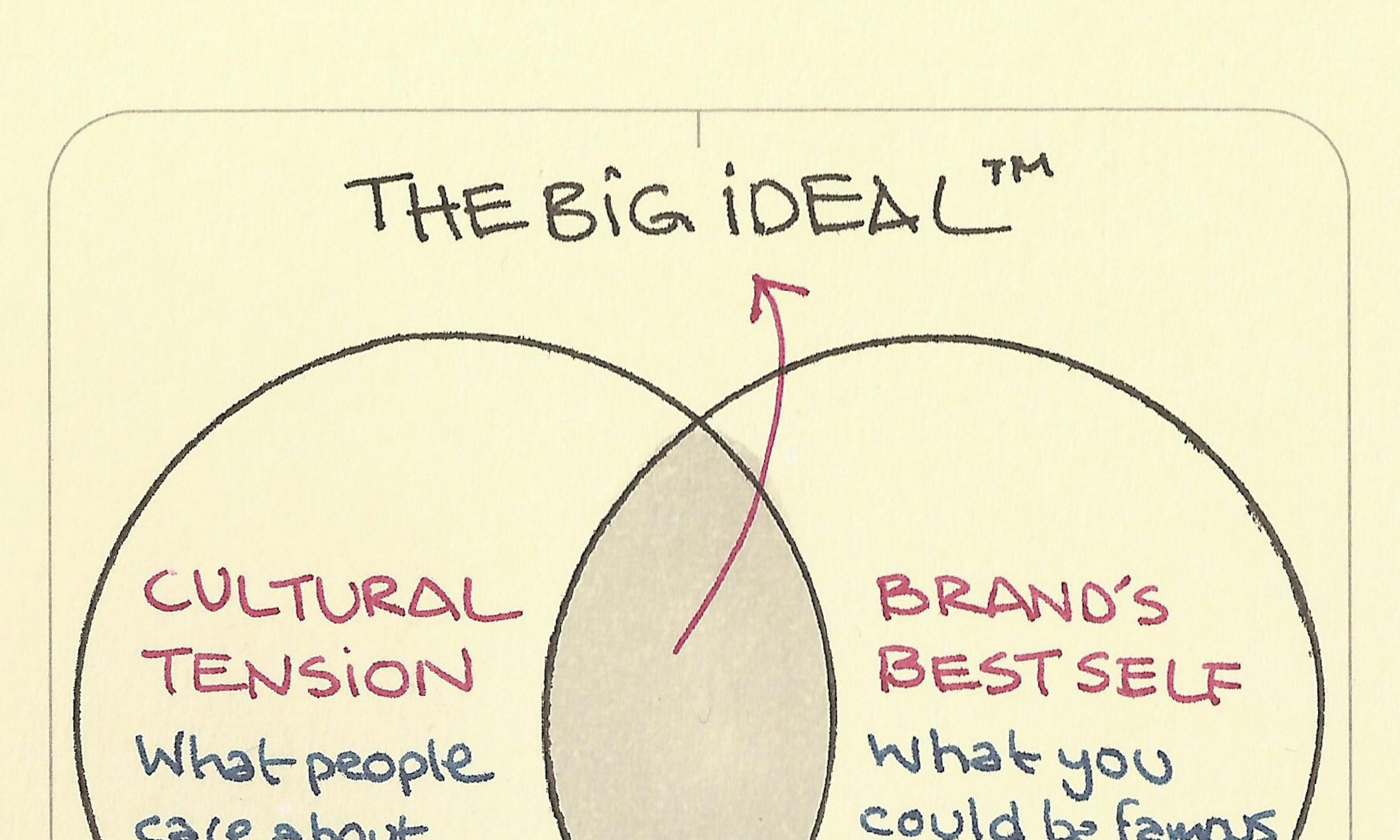 The Big Ideal ™
The Big Ideal ™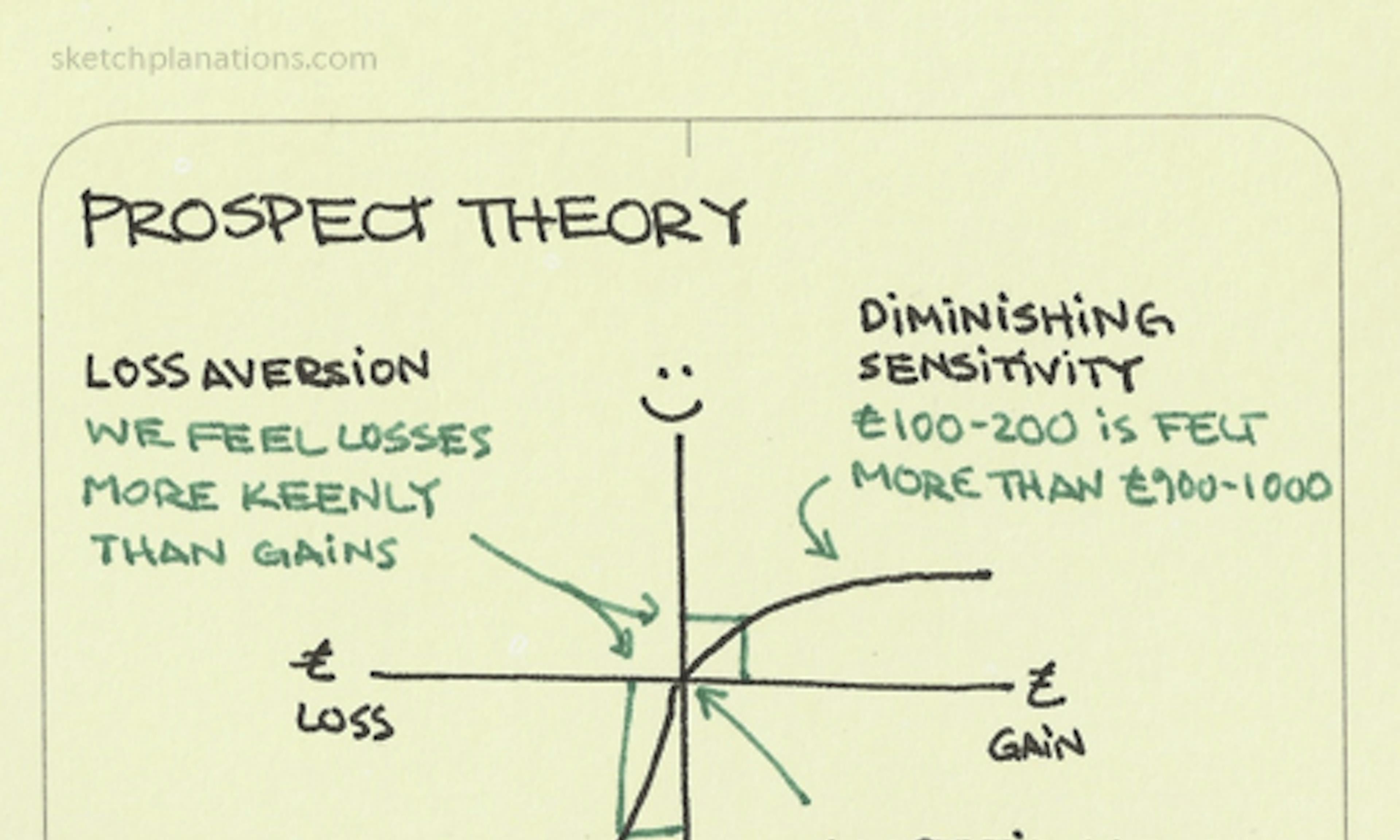 Prospect theory
Prospect theory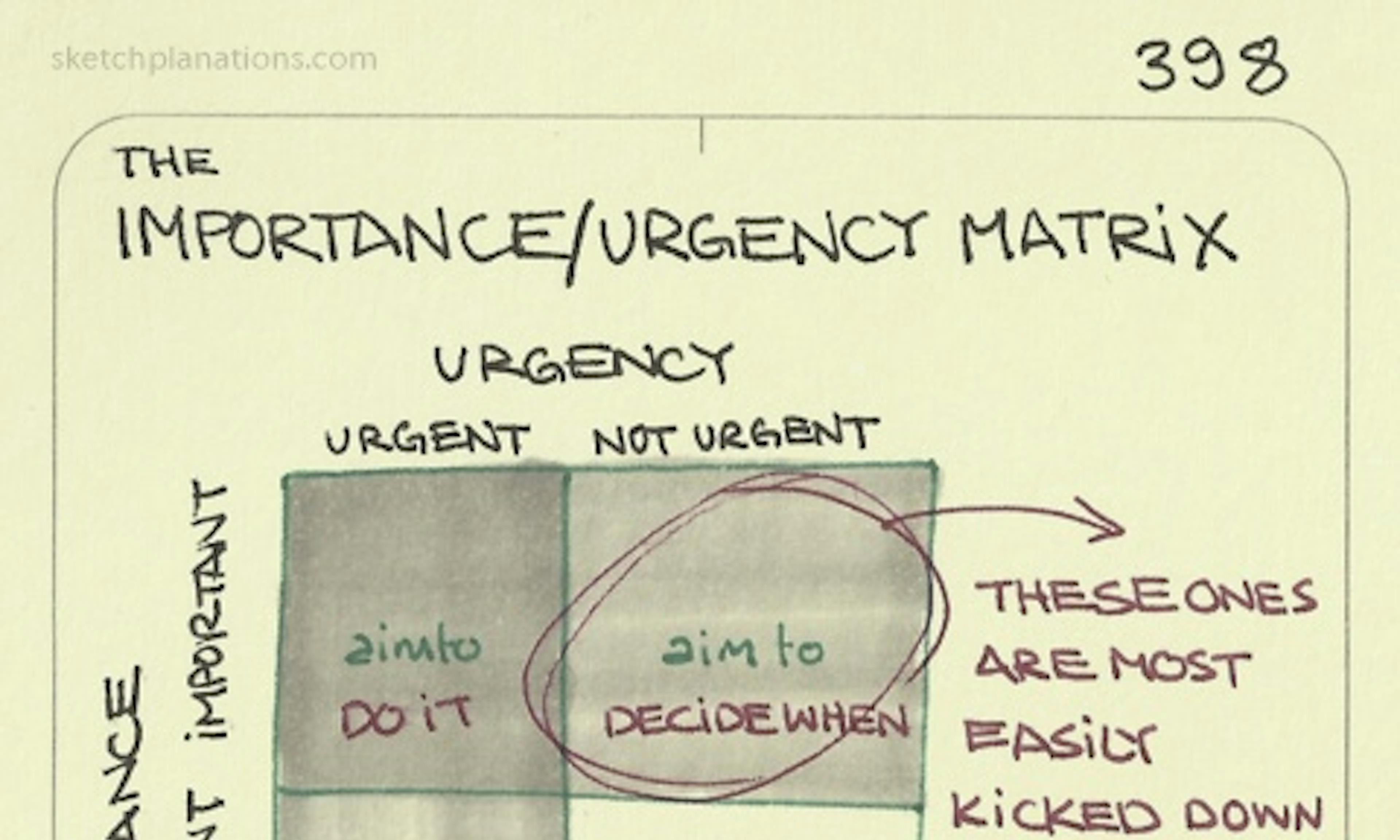 The importance/urgency matrix
The importance/urgency matrix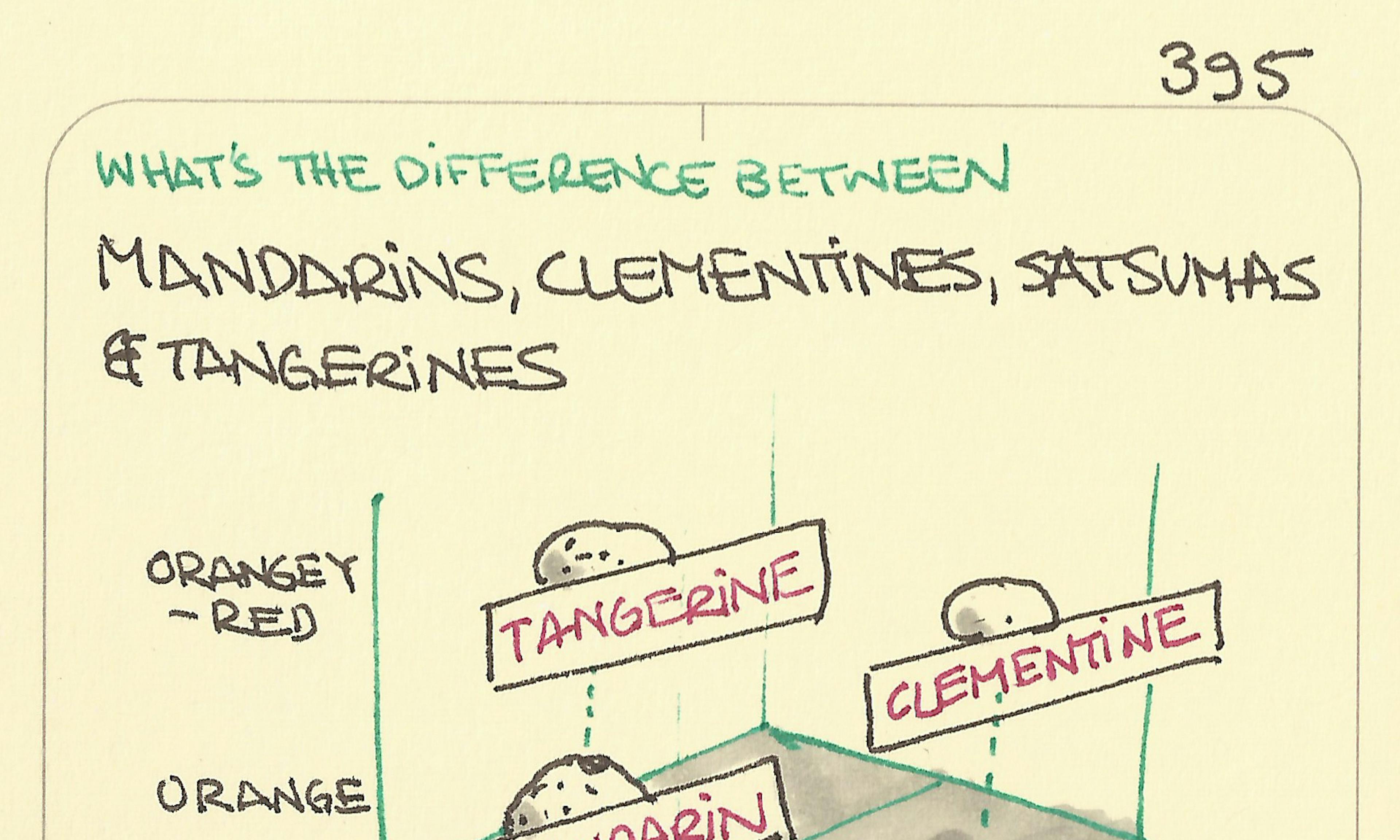 What’s the difference between mandarins, clementines, satsumas and tangerines?
What’s the difference between mandarins, clementines, satsumas and tangerines?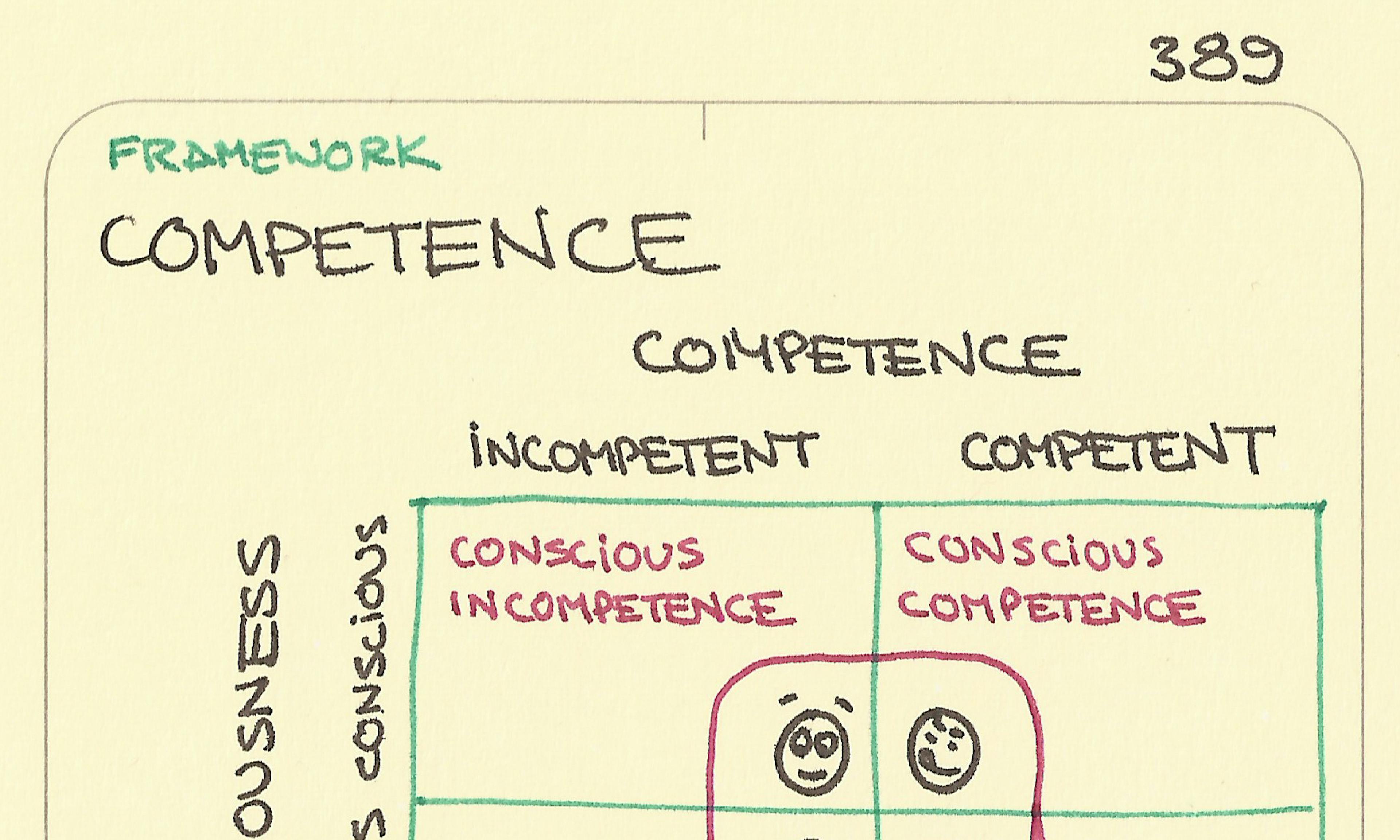 Stages of competence framework
Stages of competence framework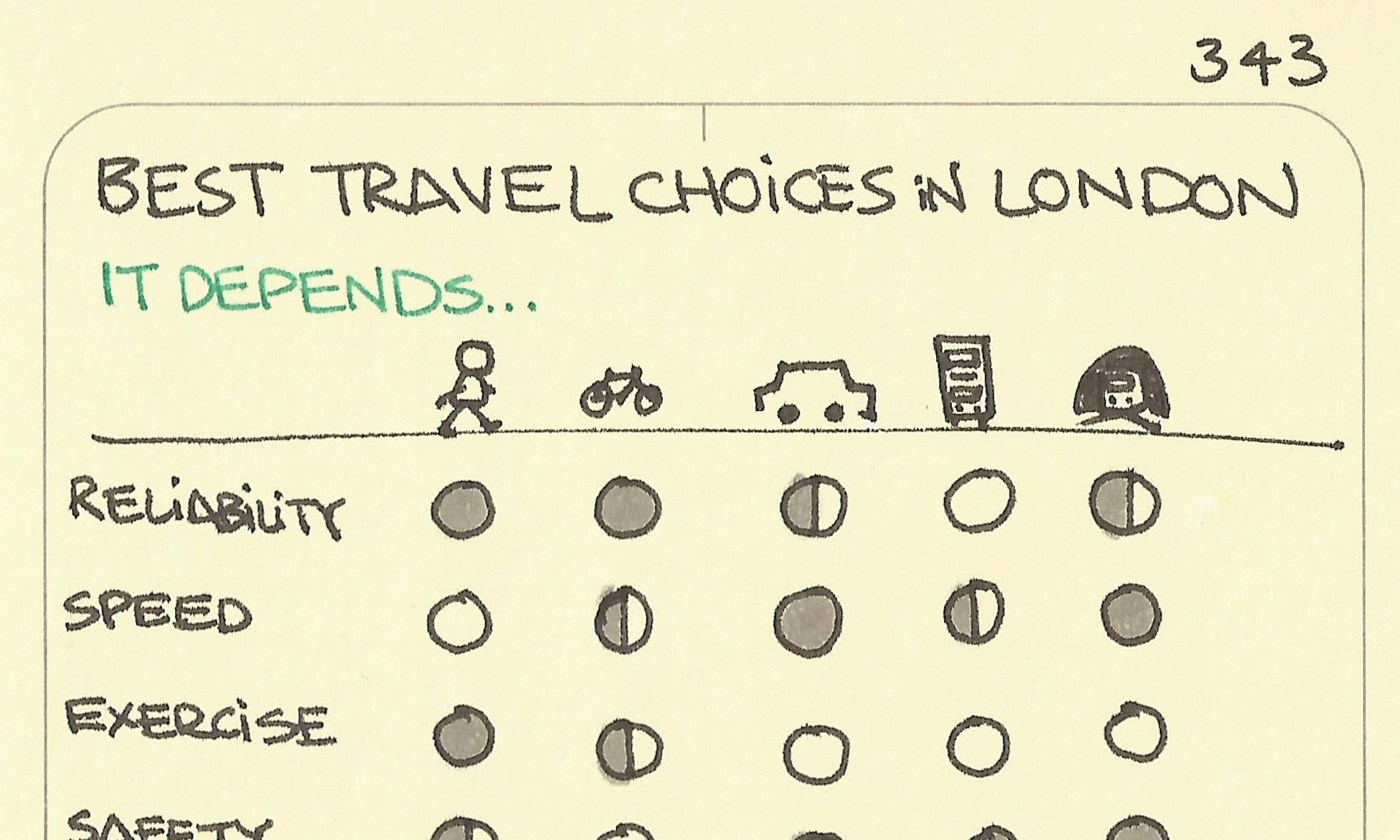 Best travel choices in London
Best travel choices in London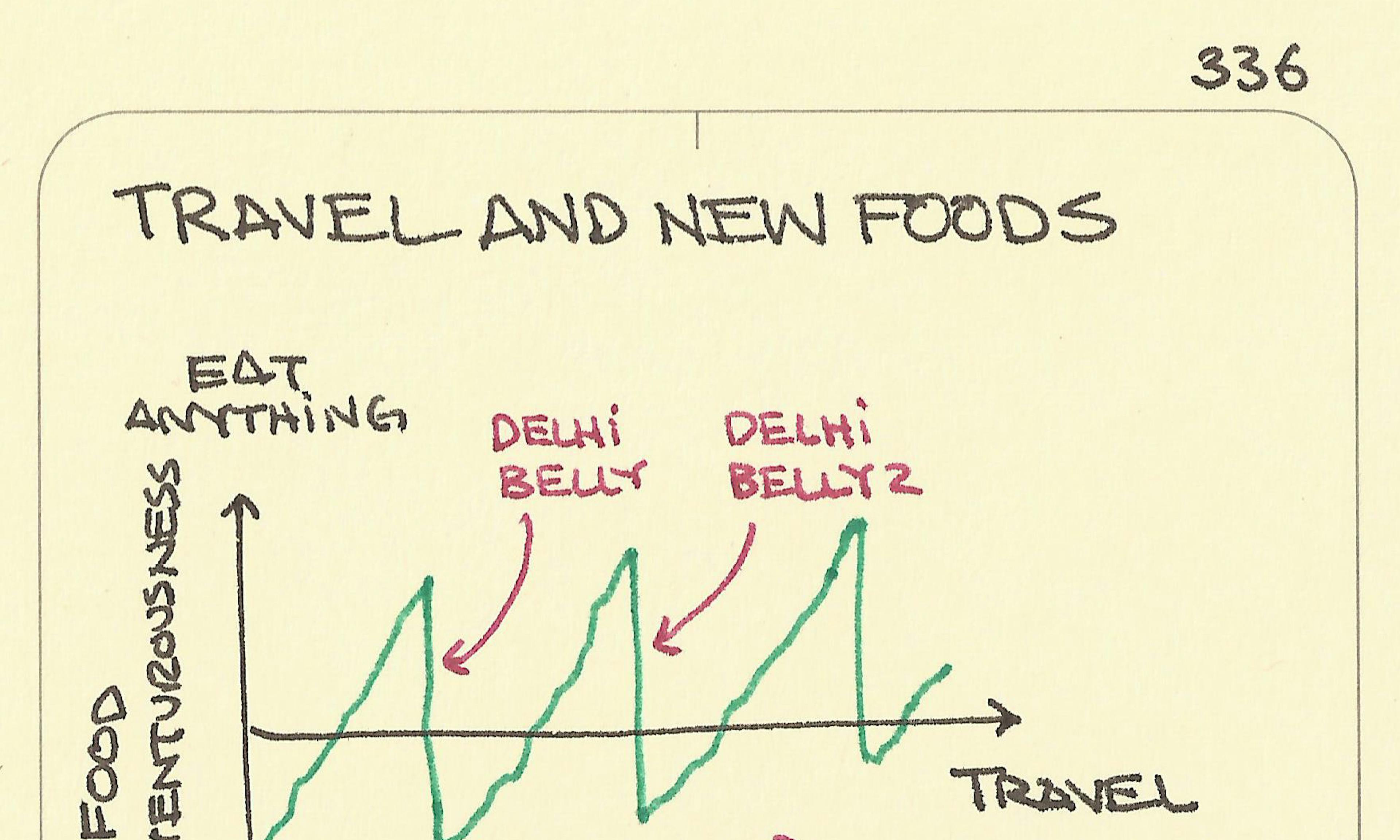 Travel and new foods
Travel and new foods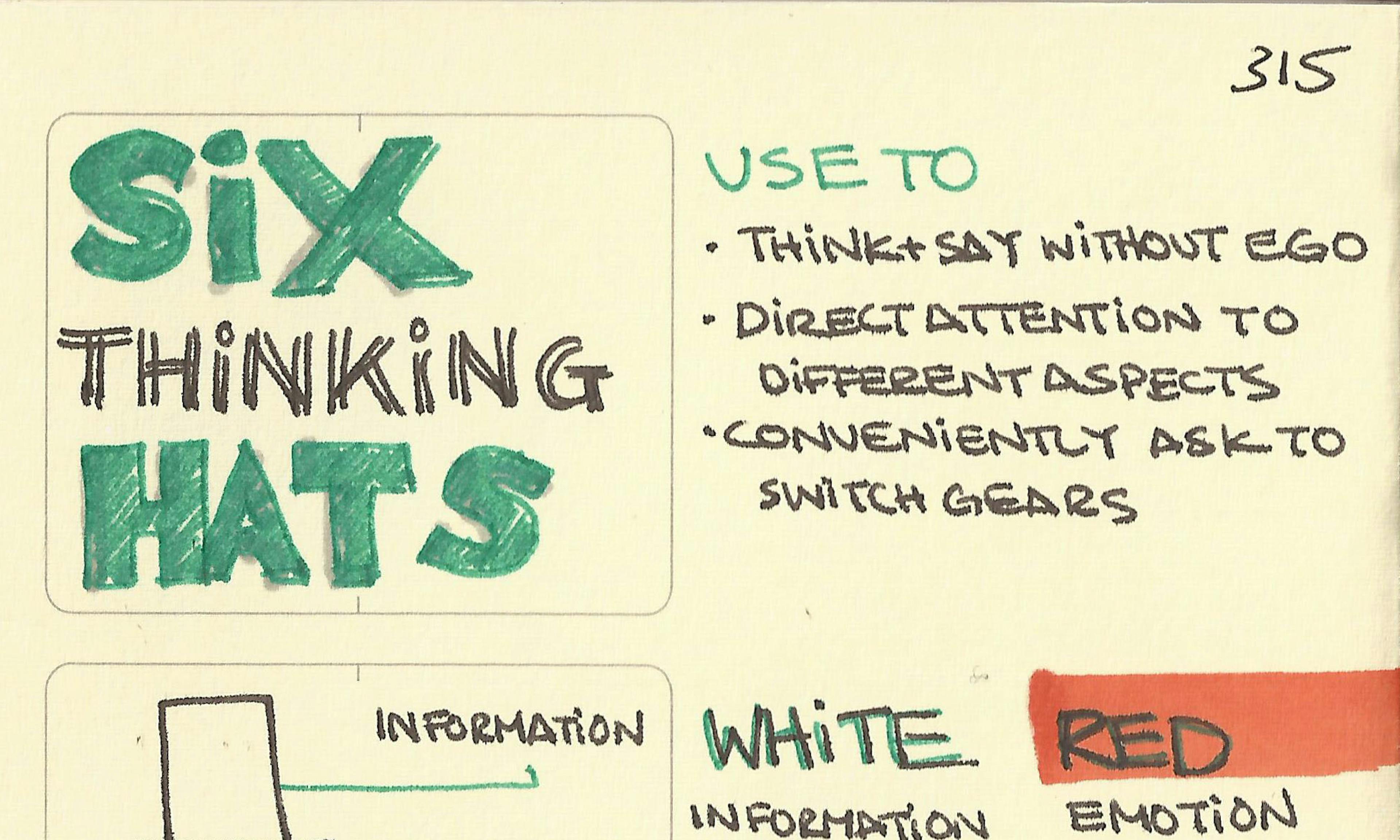 Six thinking hats
Six thinking hats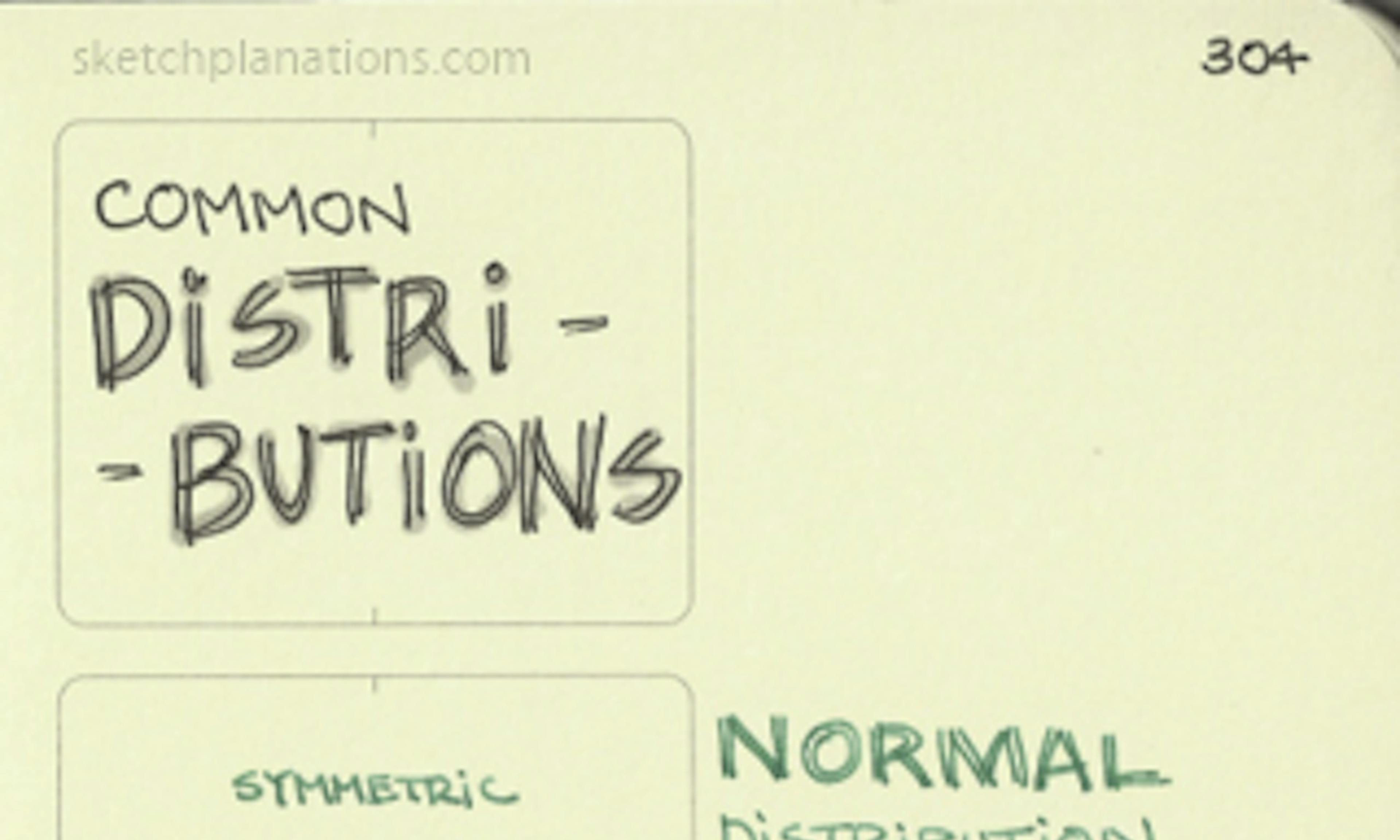 Common distributions: normal, skewed, pareto
Common distributions: normal, skewed, pareto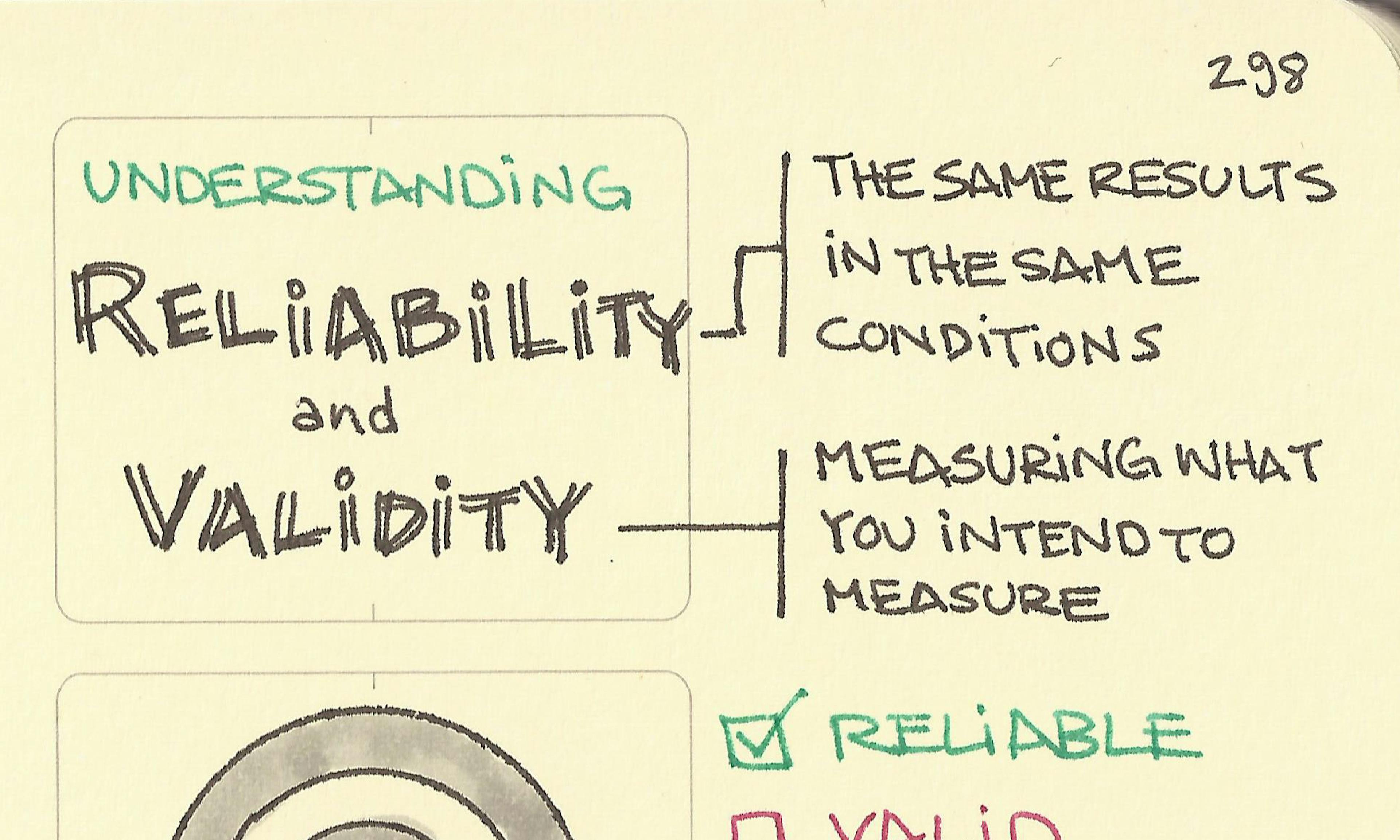 Understanding reliability and validity
Understanding reliability and validity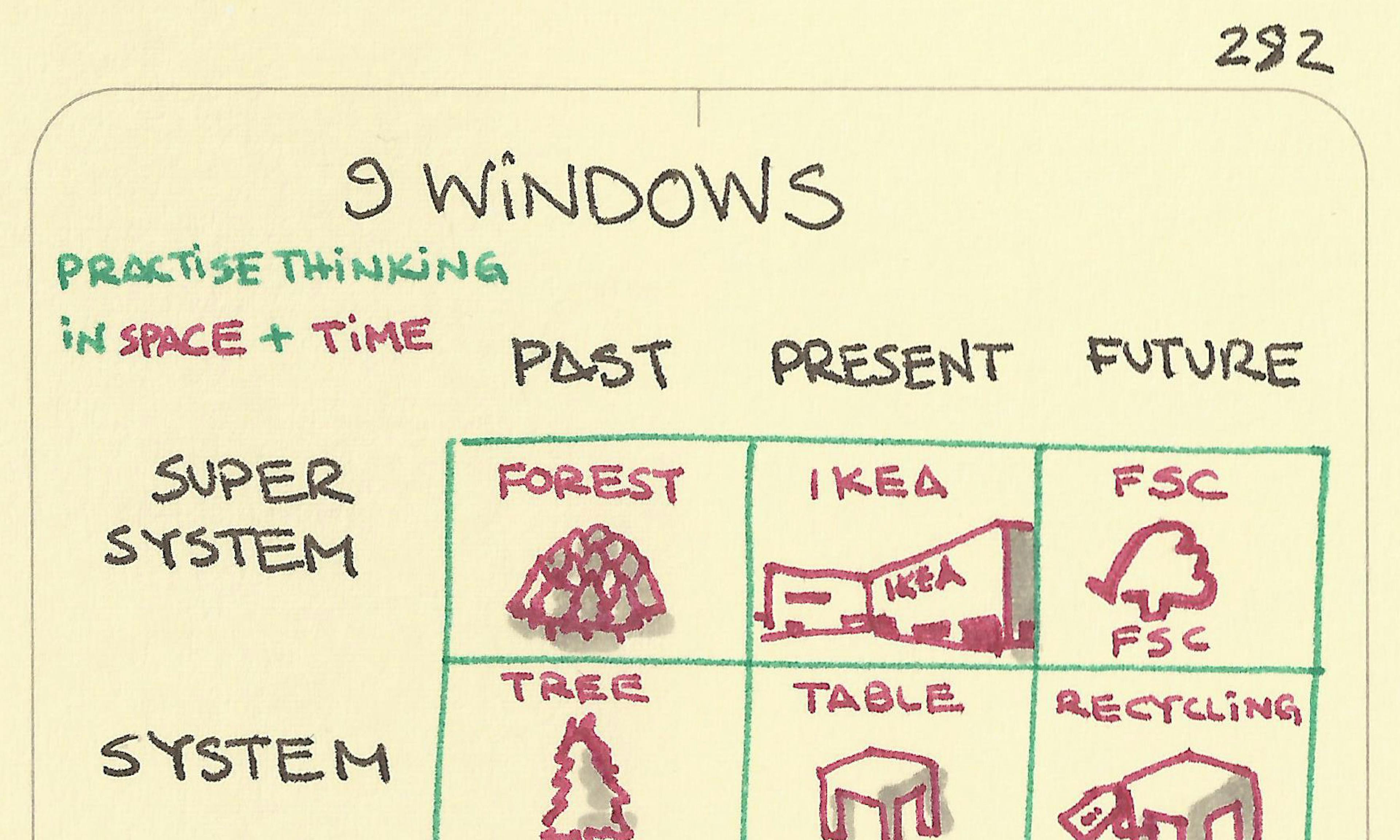 9 Windows
9 Windows Powers of 10
Powers of 10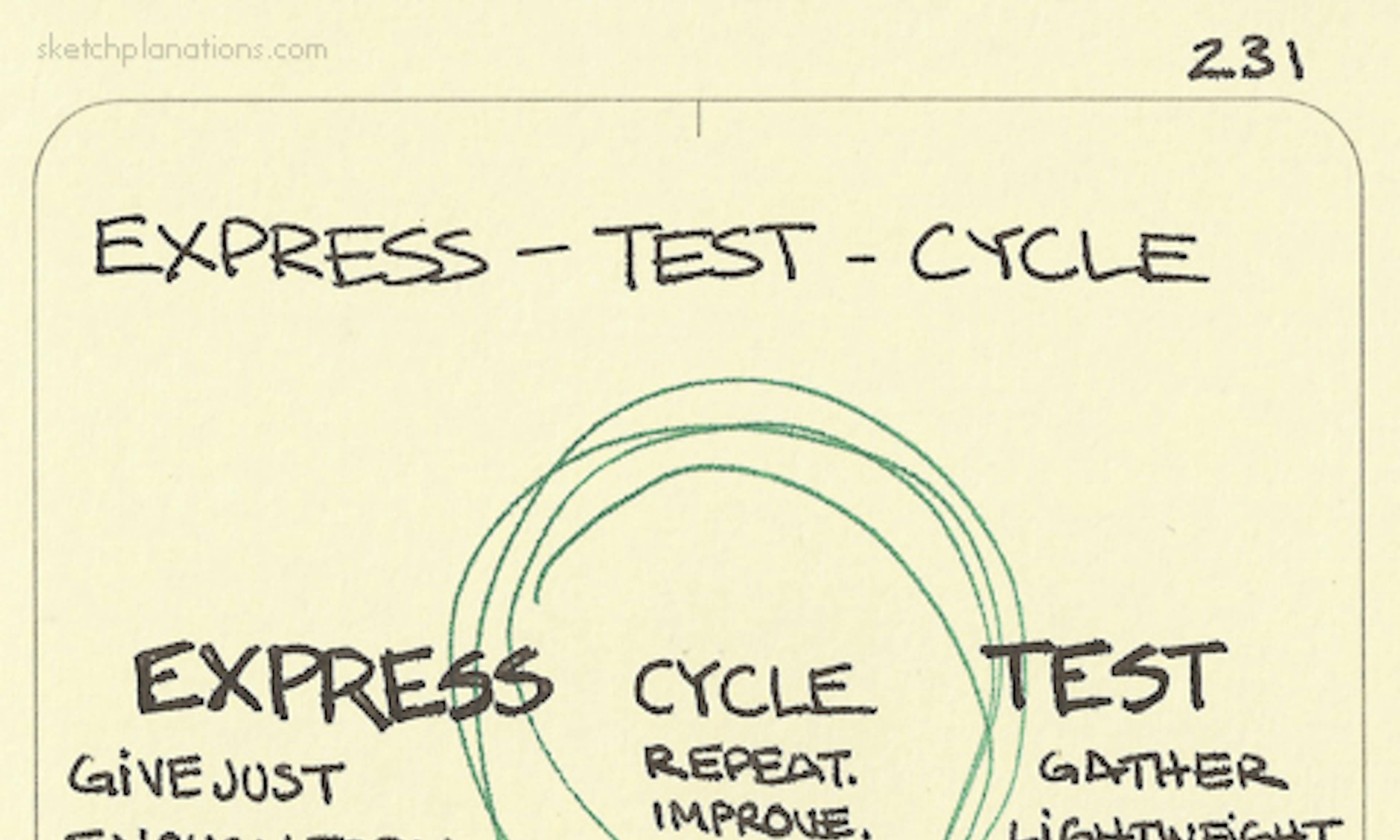 Express - Test - Cycle
Express - Test - Cycle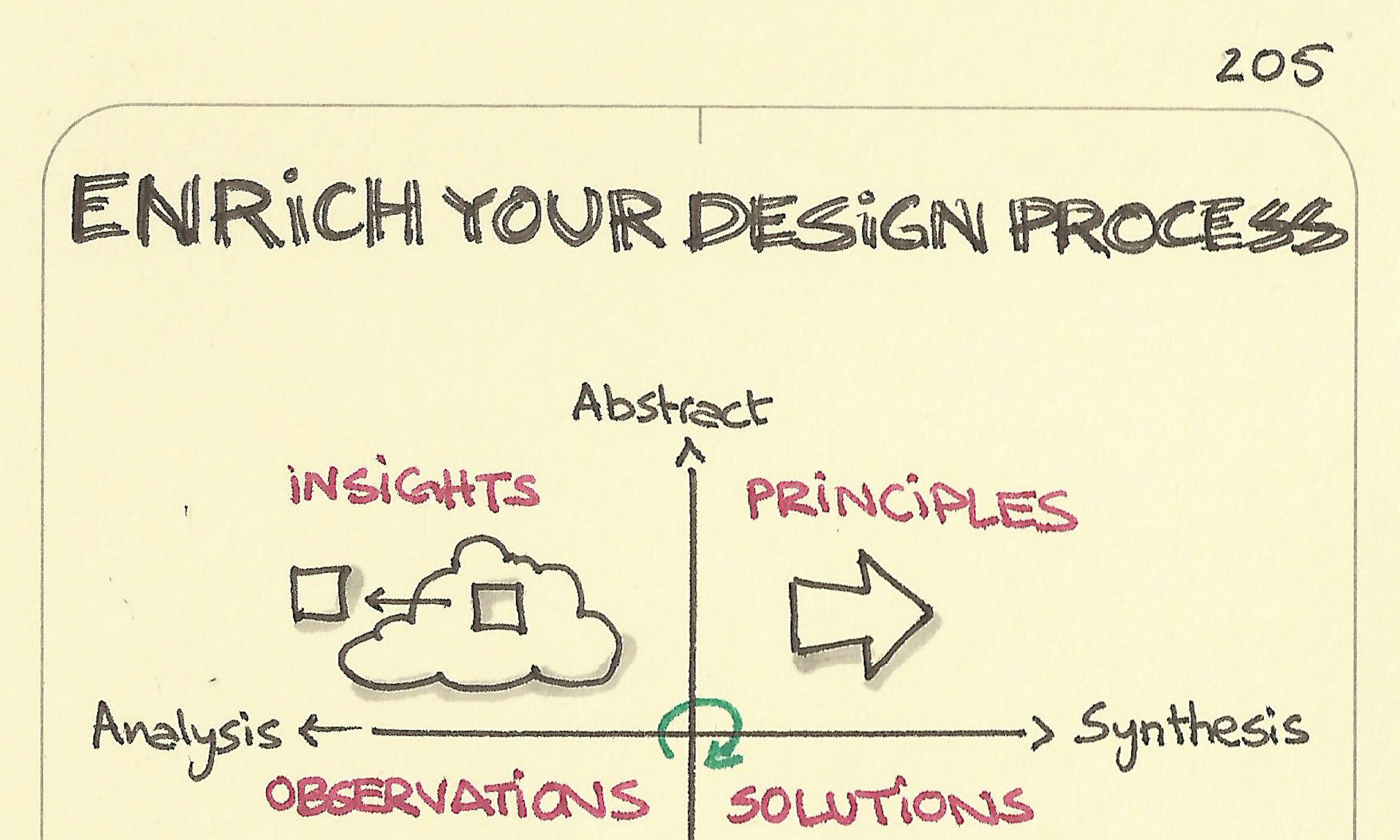 Enrich your design process
Enrich your design process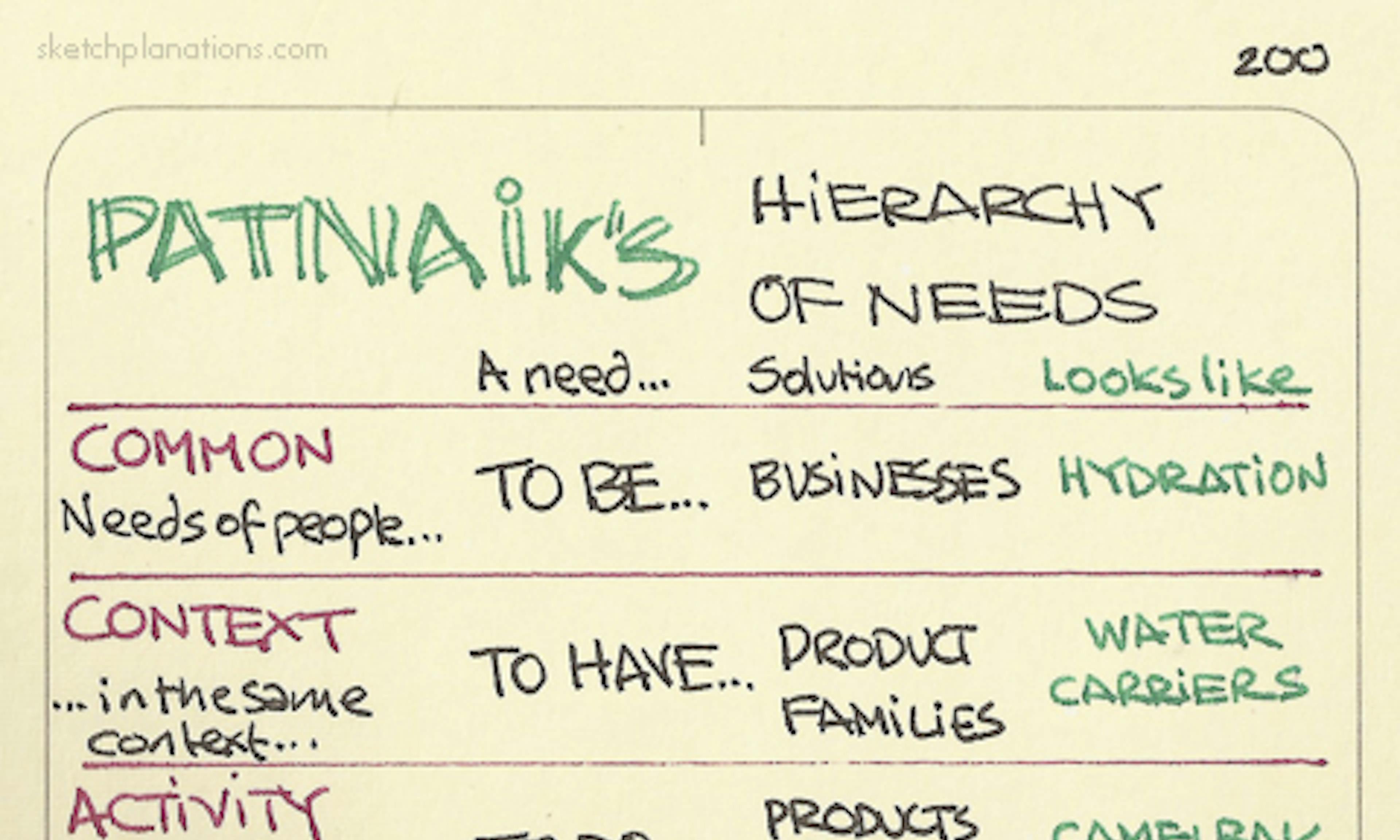 Patnaik’s Hierarchy of Needs
Patnaik’s Hierarchy of Needs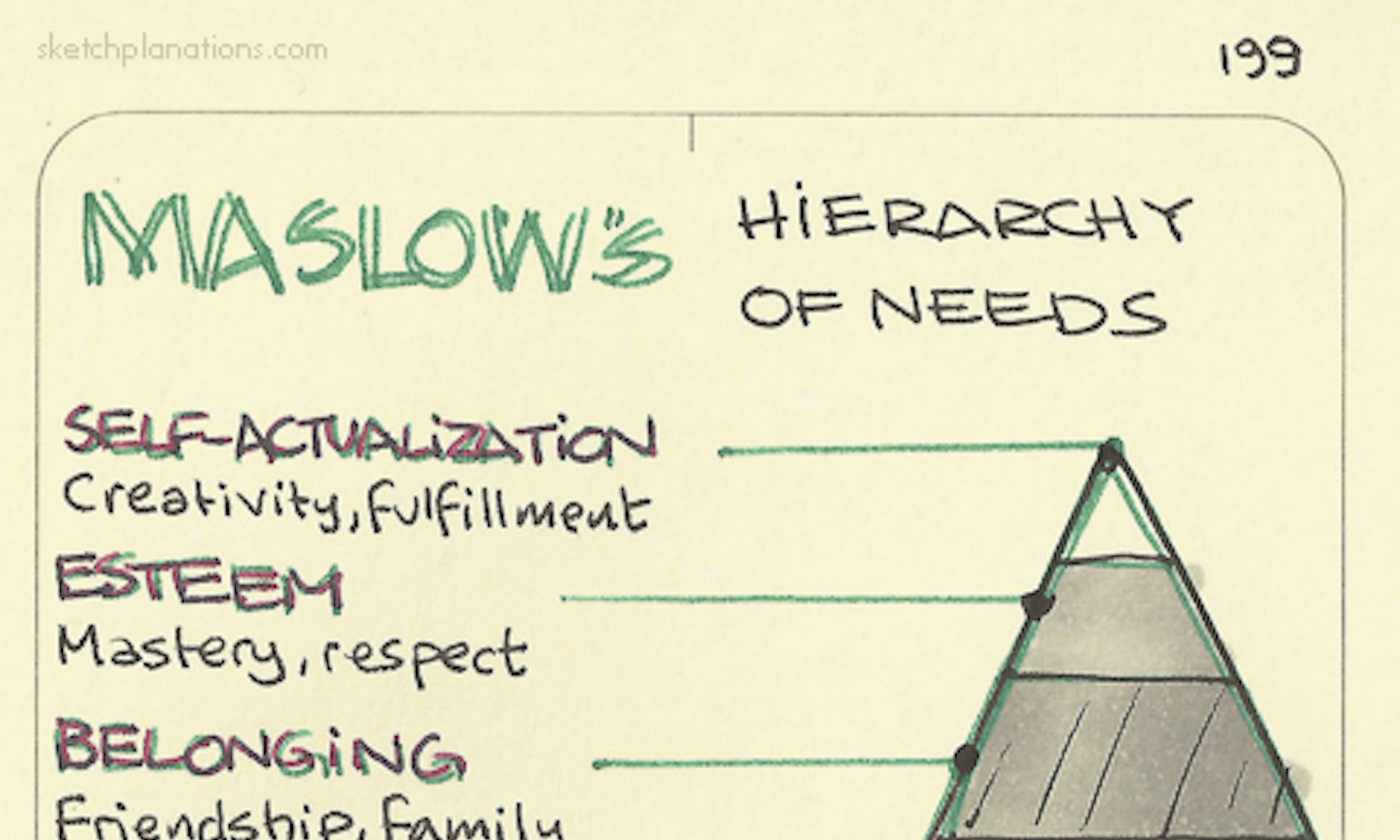 Maslow’s Hierarchy of needs
Maslow’s Hierarchy of needs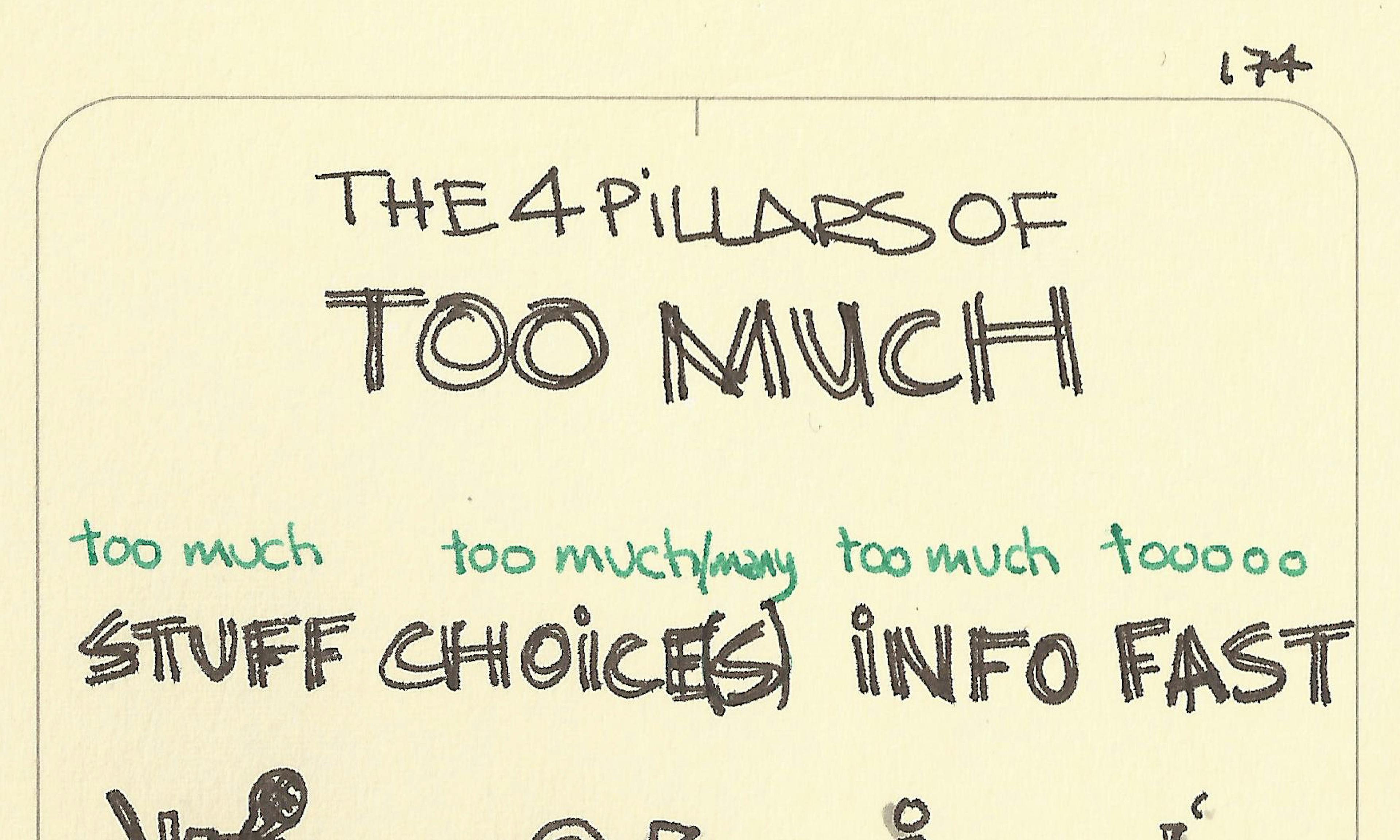 The four pillars of too much
The four pillars of too much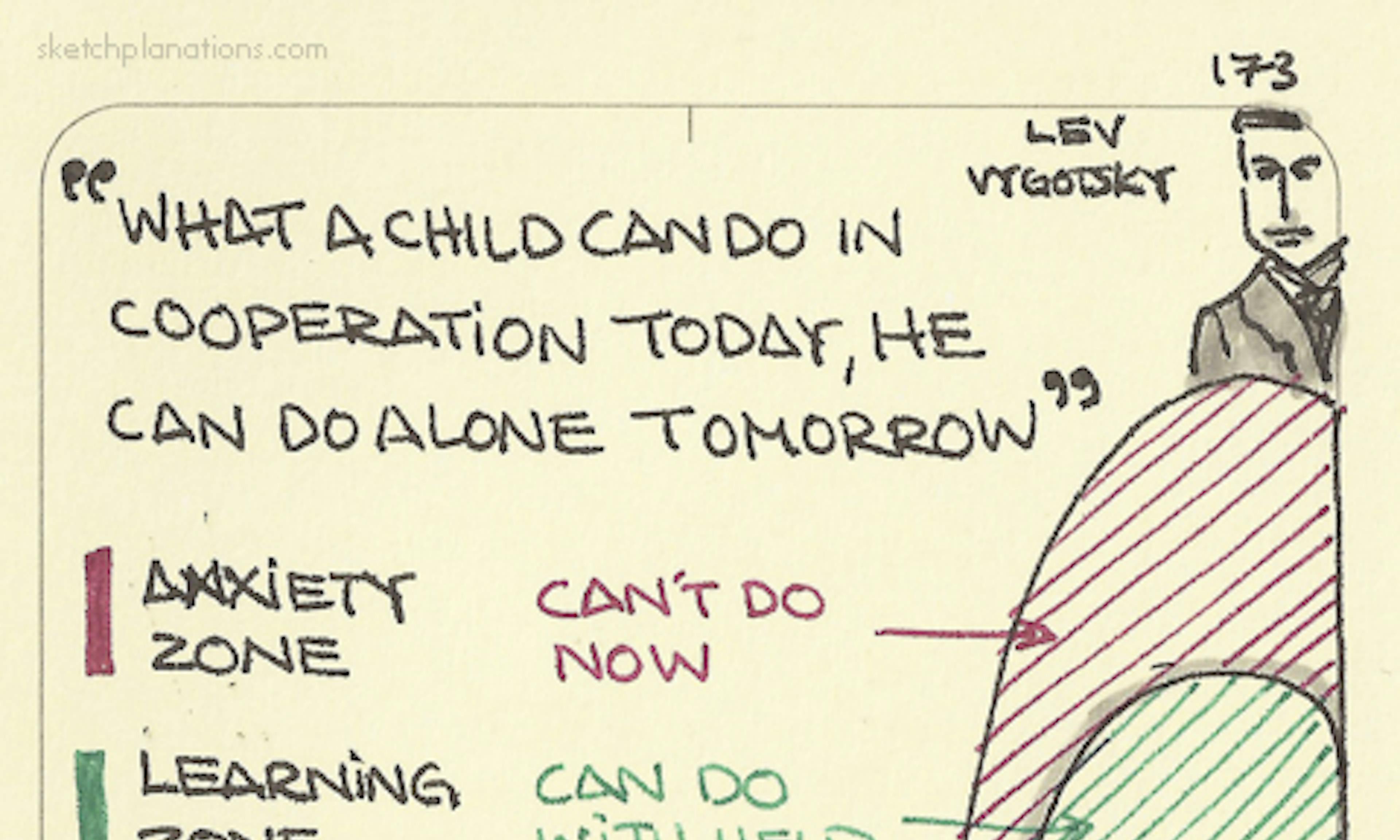 Zone of proximal development
Zone of proximal development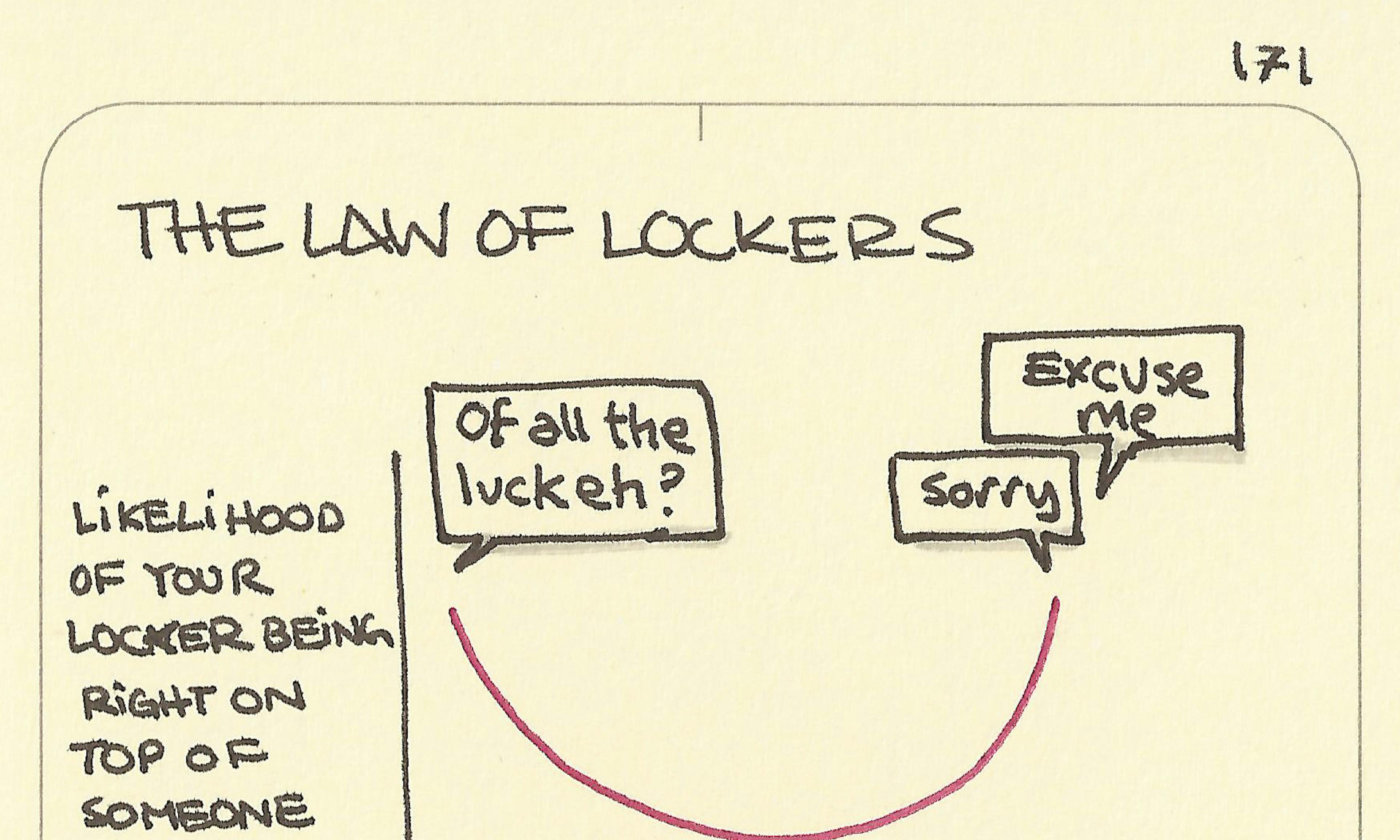 The law of lockers
The law of lockers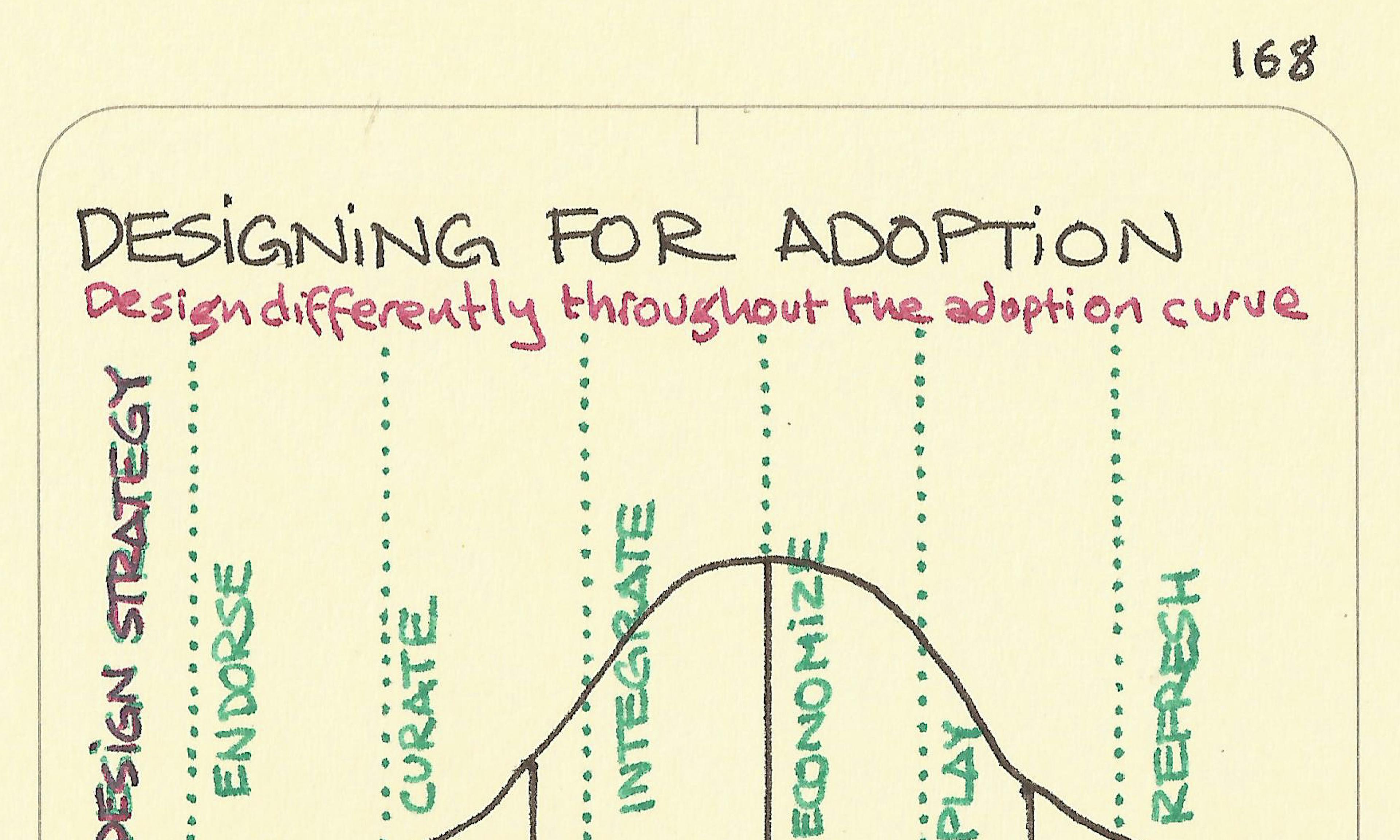 Designing for adoption
Designing for adoption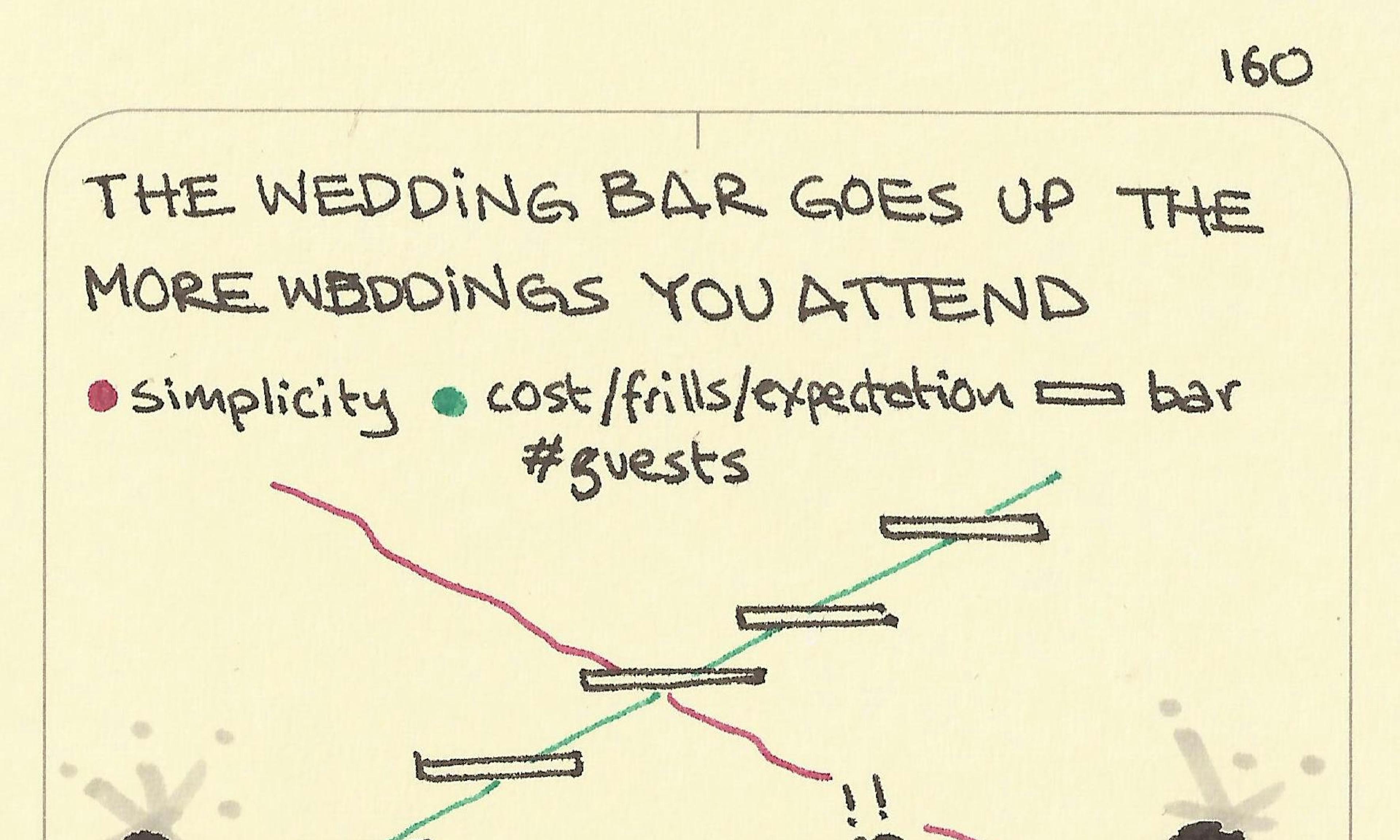 The wedding bar goes up the more weddings you attend
The wedding bar goes up the more weddings you attend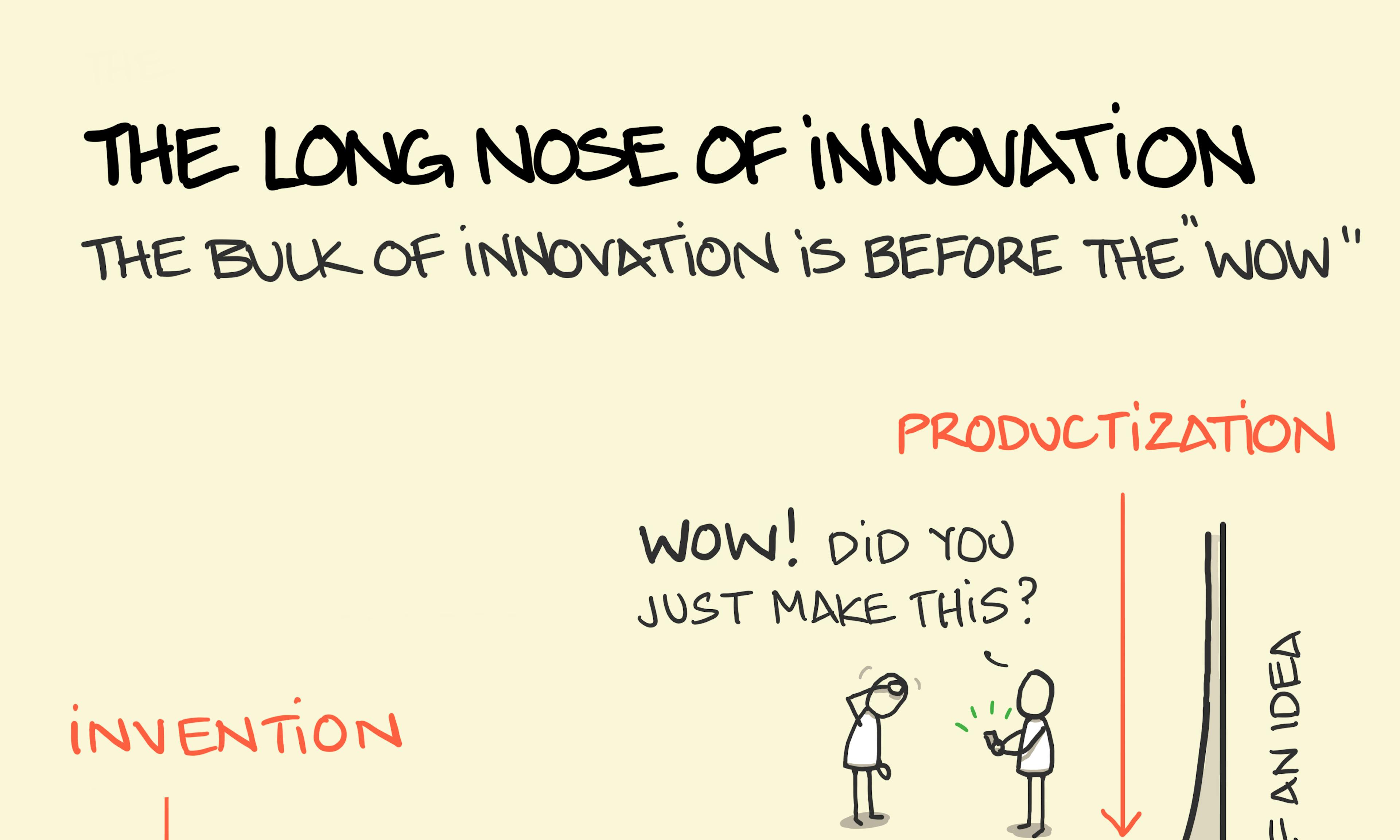 The Long Nose of Innovation
The Long Nose of Innovation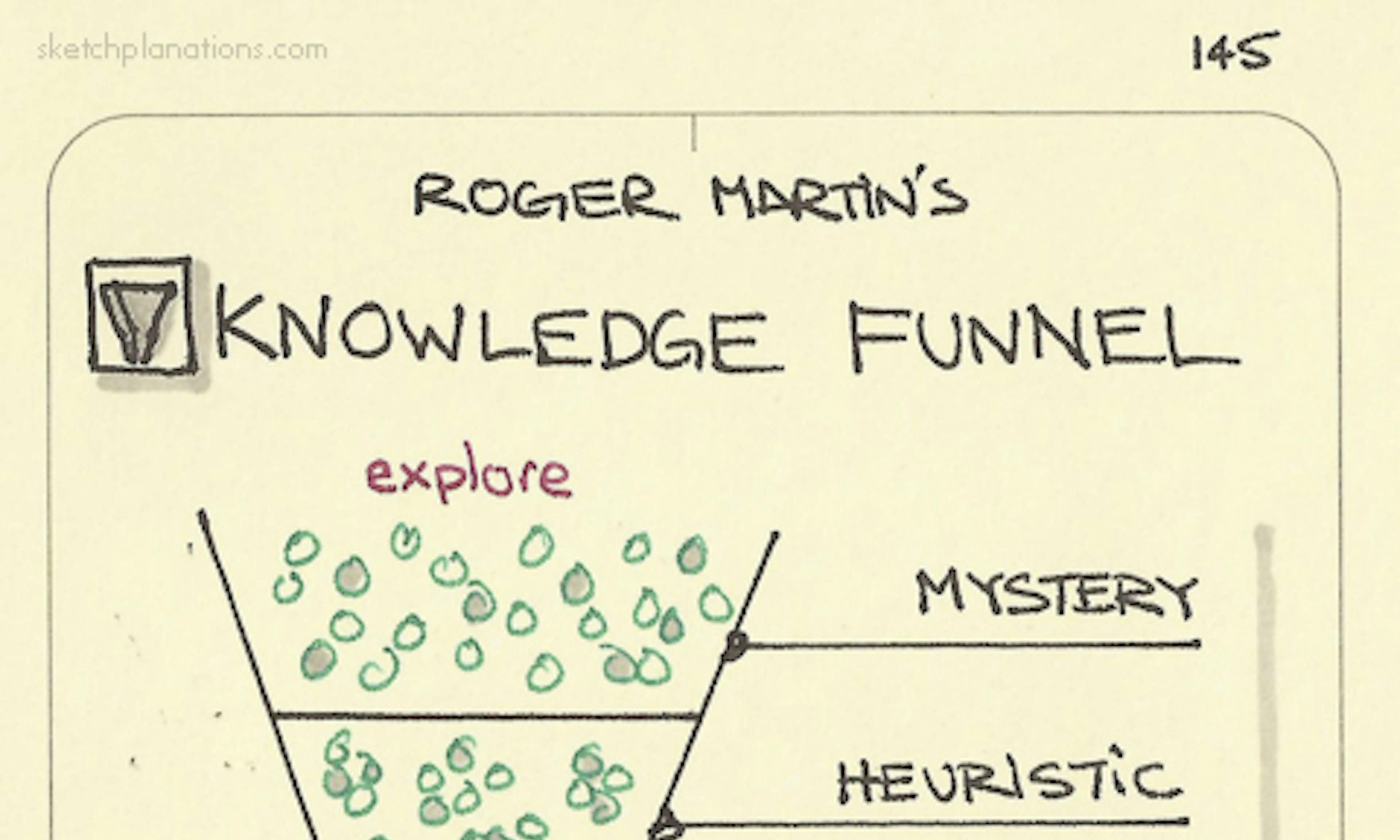 The knowledge funnel
The knowledge funnel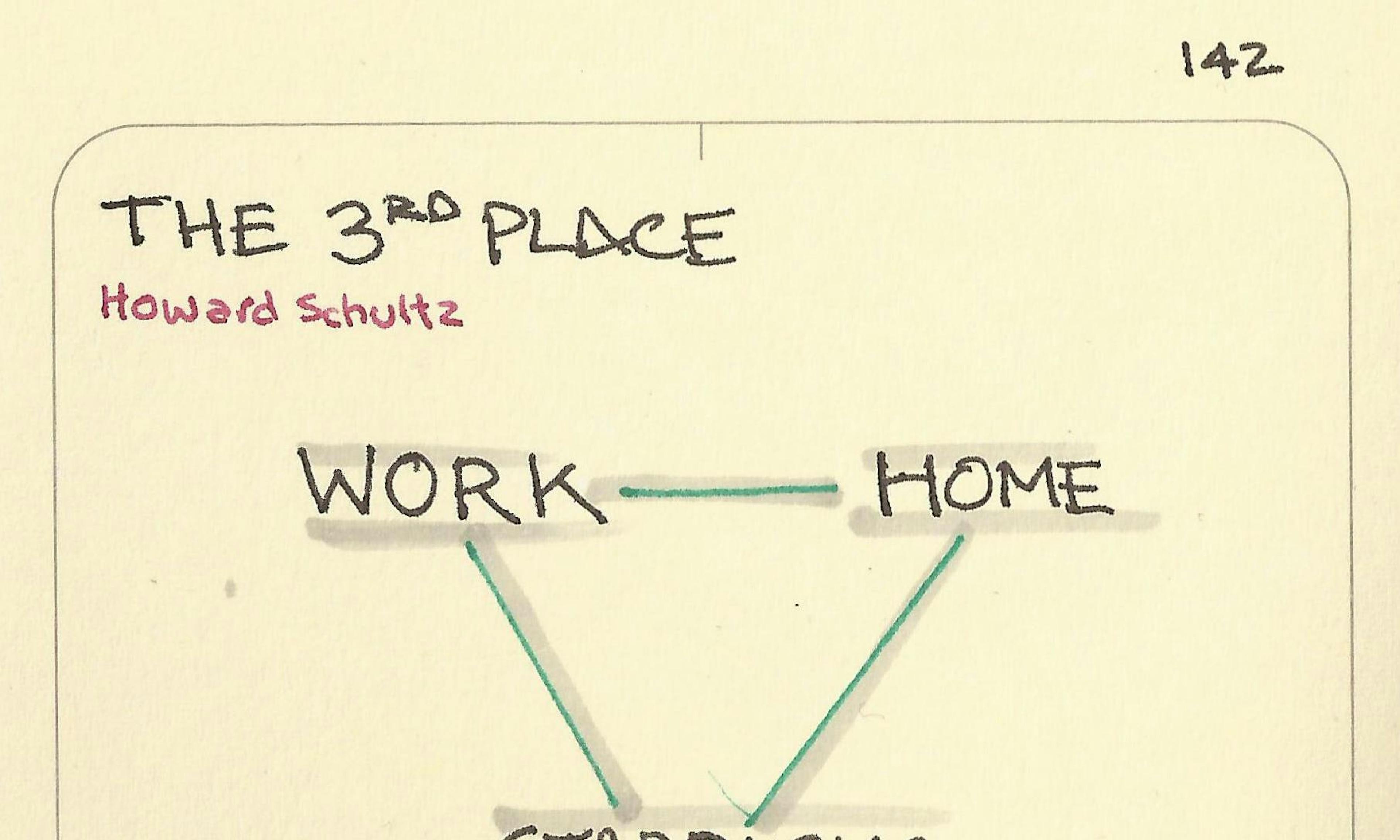 The Third Place
The Third Place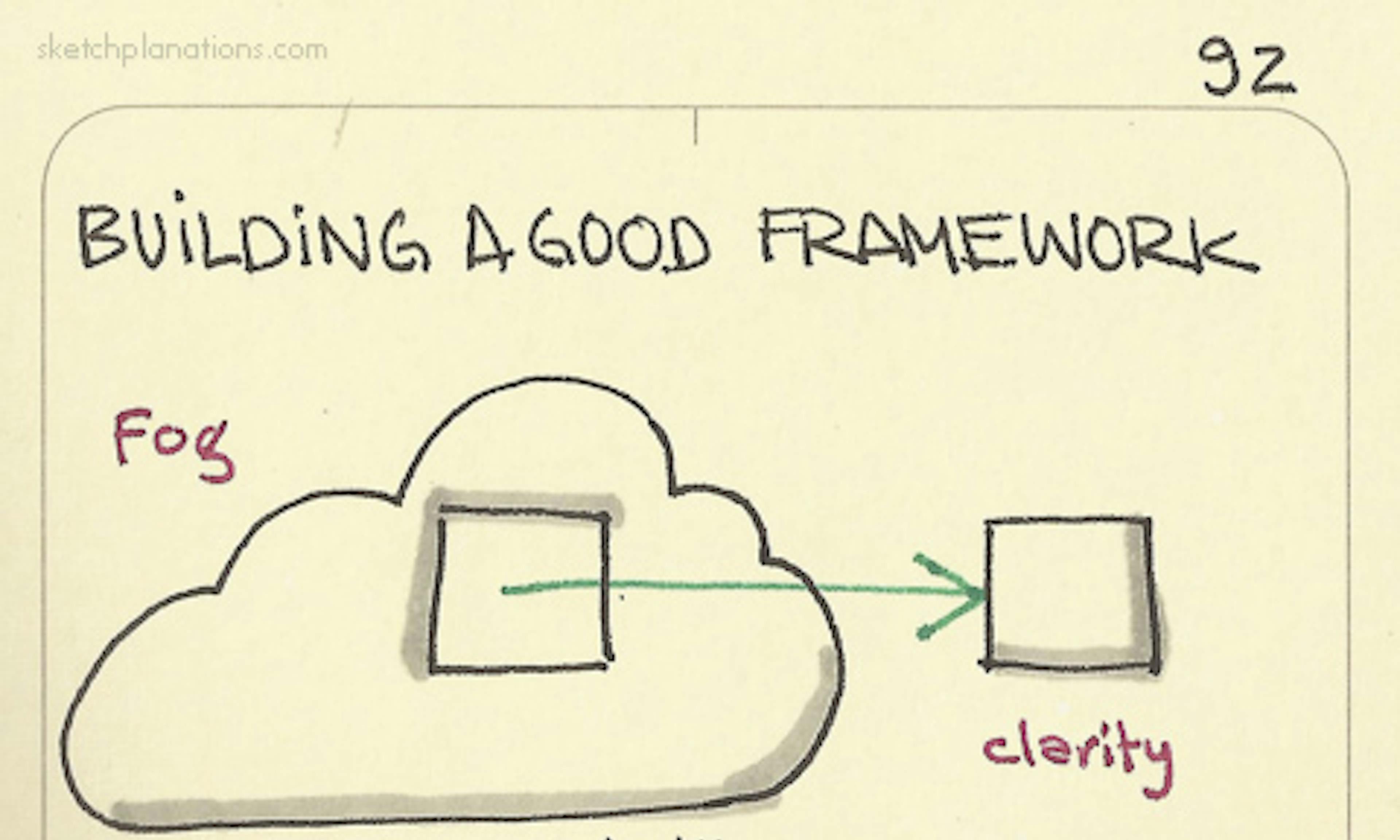 Building a good framework is like cutting cubes out of fog — Larry Keeley
Building a good framework is like cutting cubes out of fog — Larry Keeley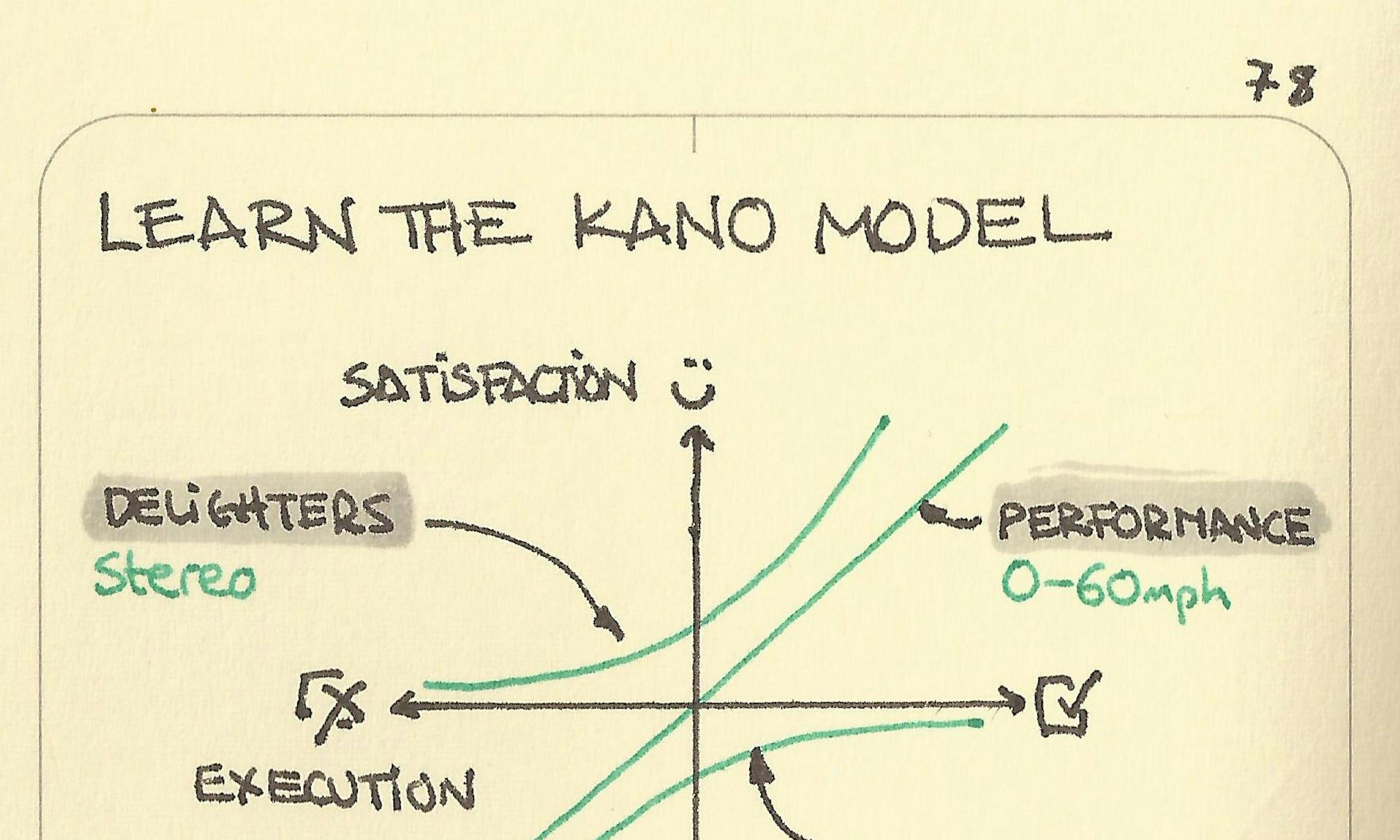 Learn the Kano model
Learn the Kano model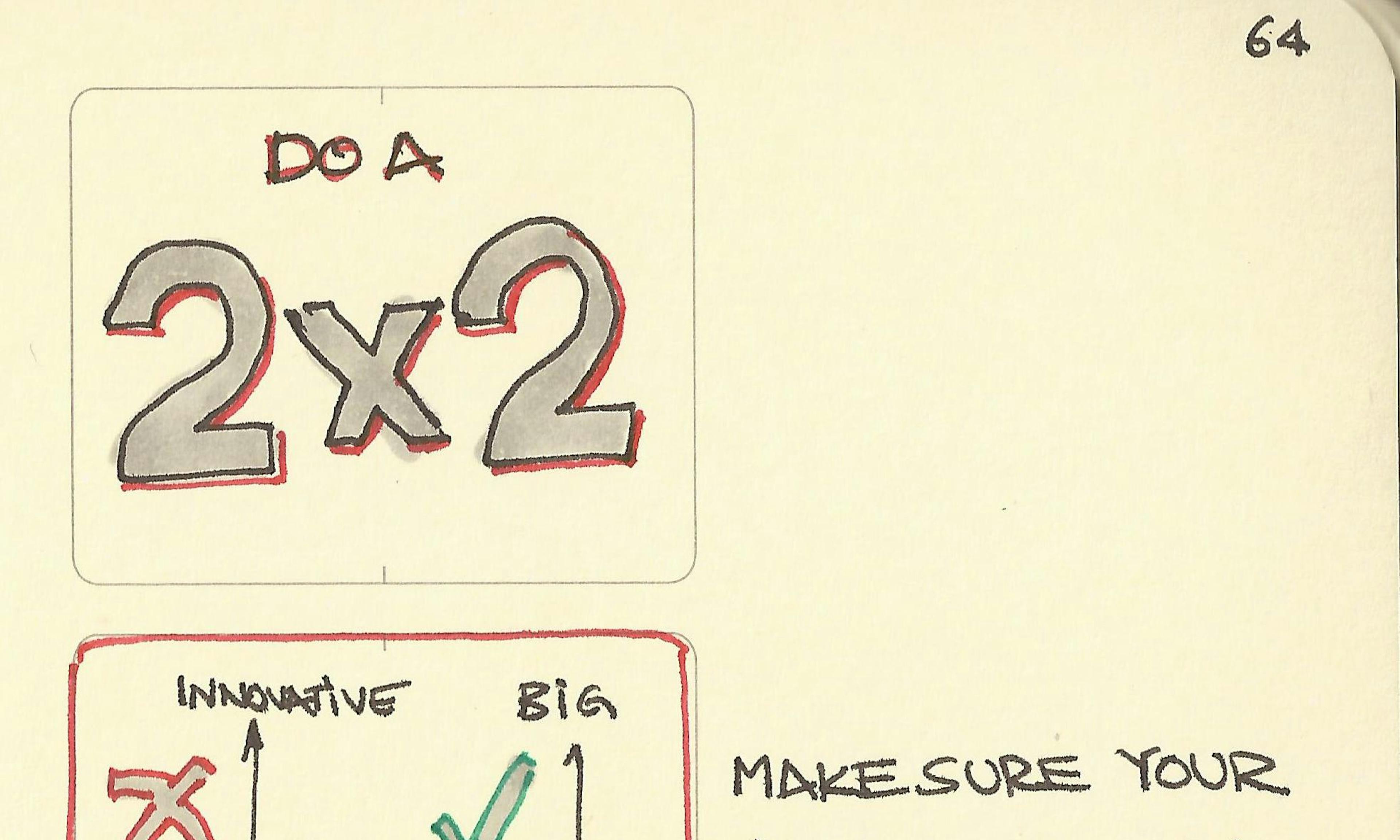 Do a 2x2
Do a 2x2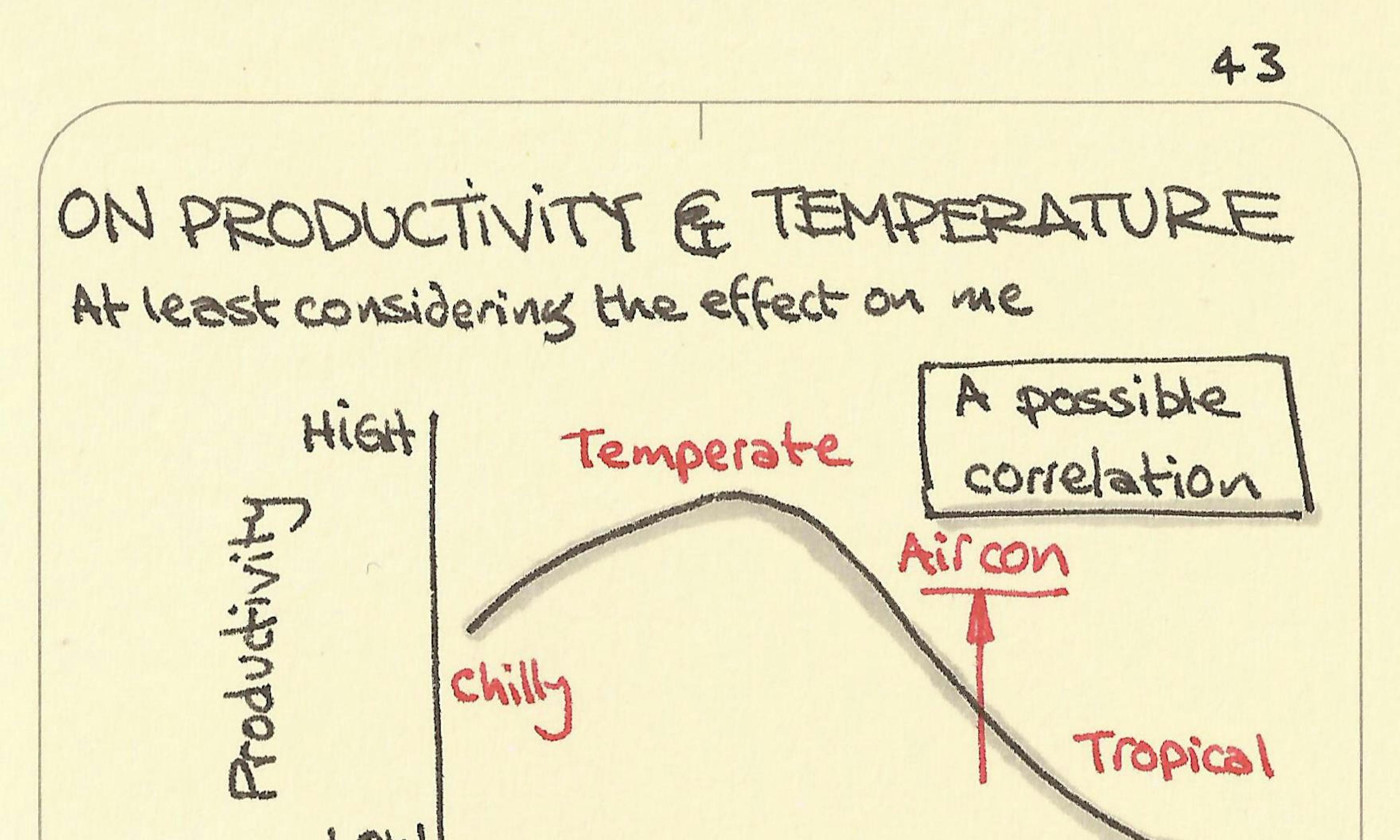 On productivity and temperature
On productivity and temperature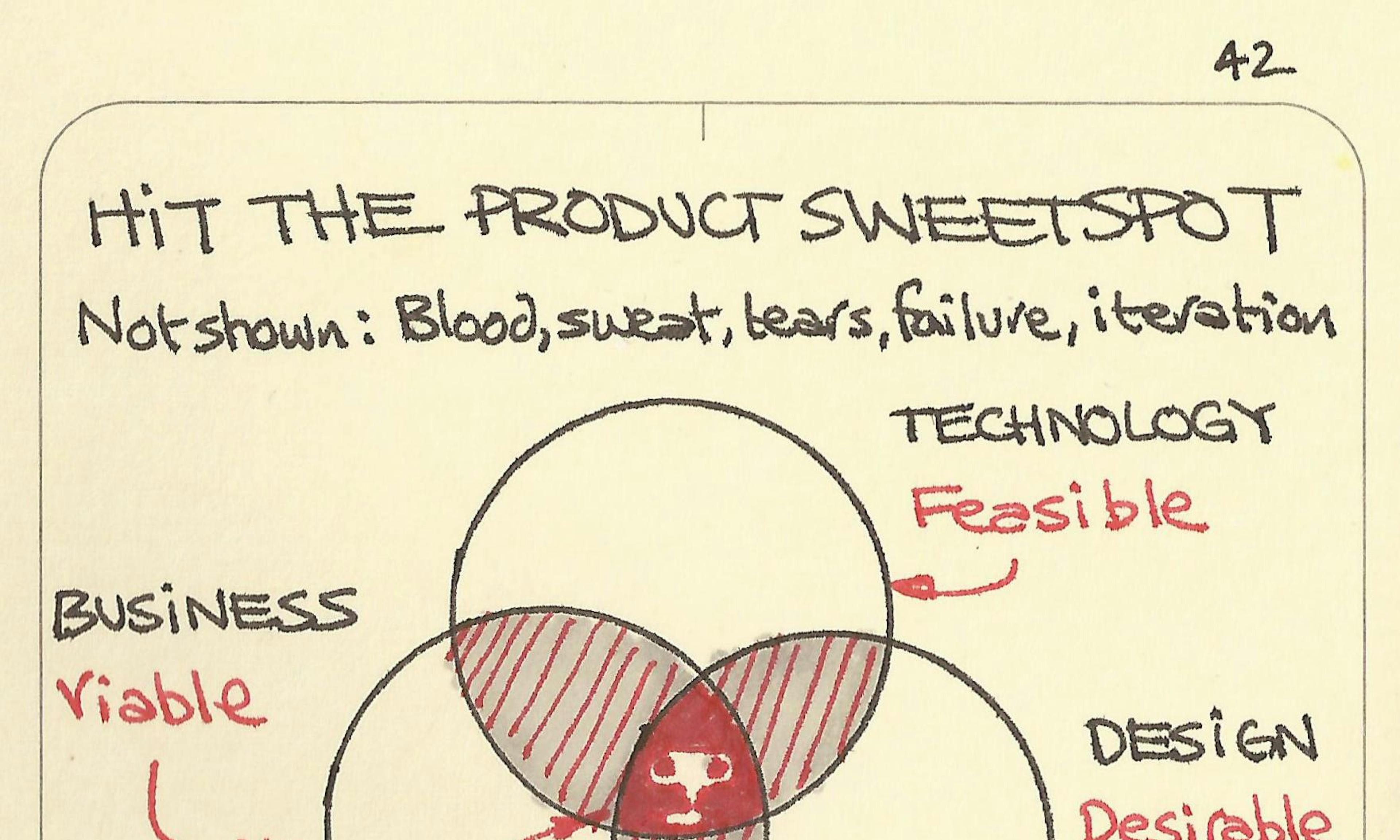 Hit the product sweet spot
Hit the product sweet spot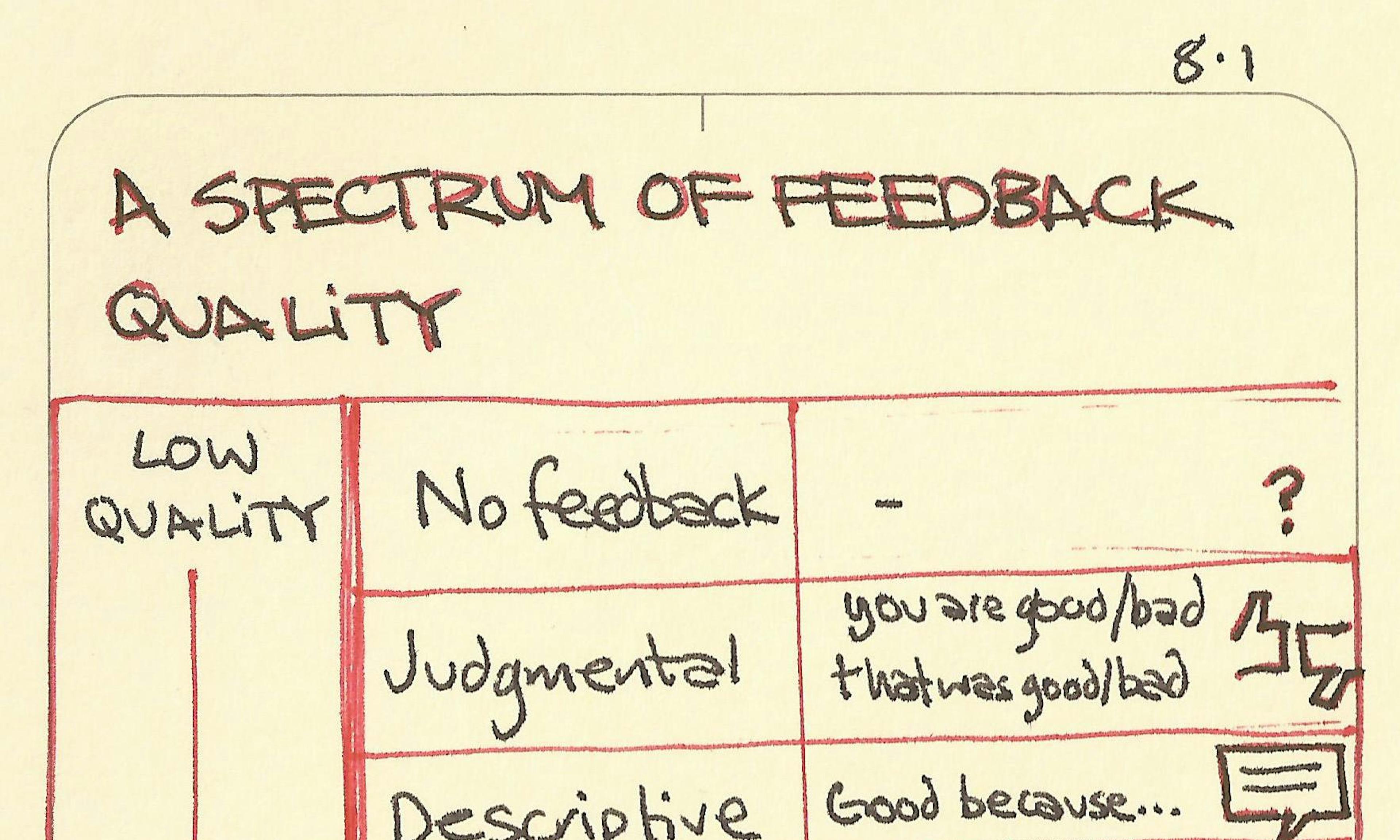 A spectrum of feedback quality
A spectrum of feedback quality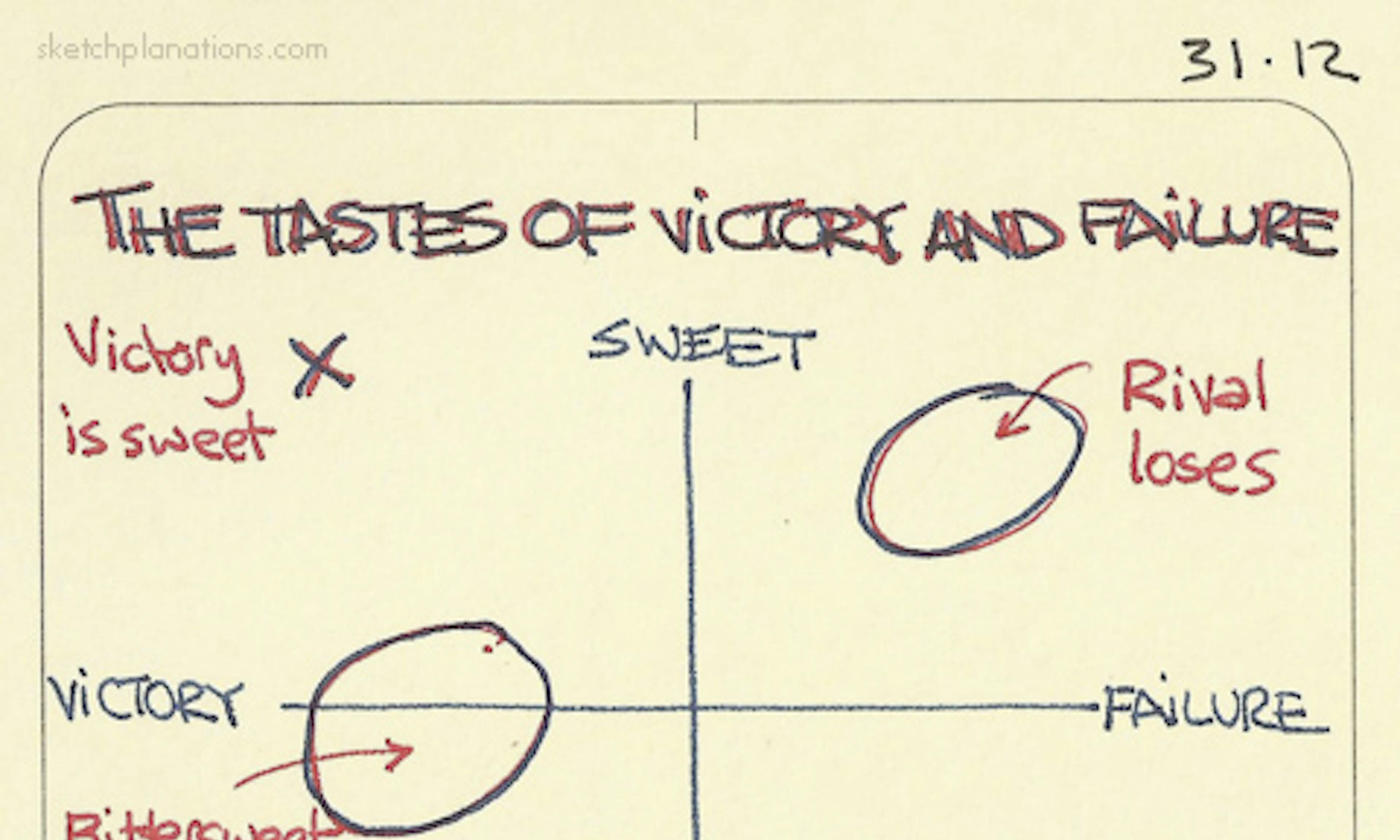 The tastes of victory and failure
The tastes of victory and failure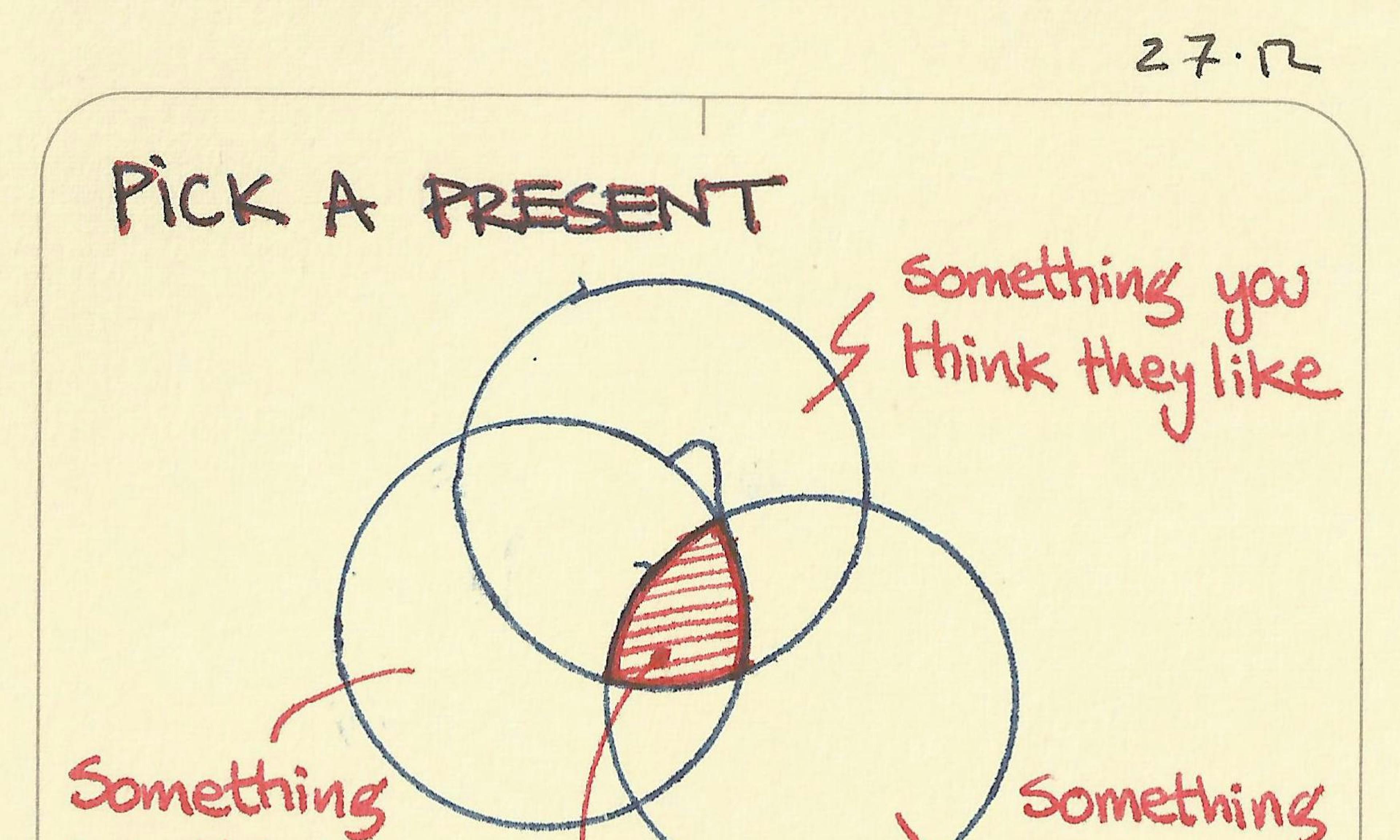 Pick a present
Pick a present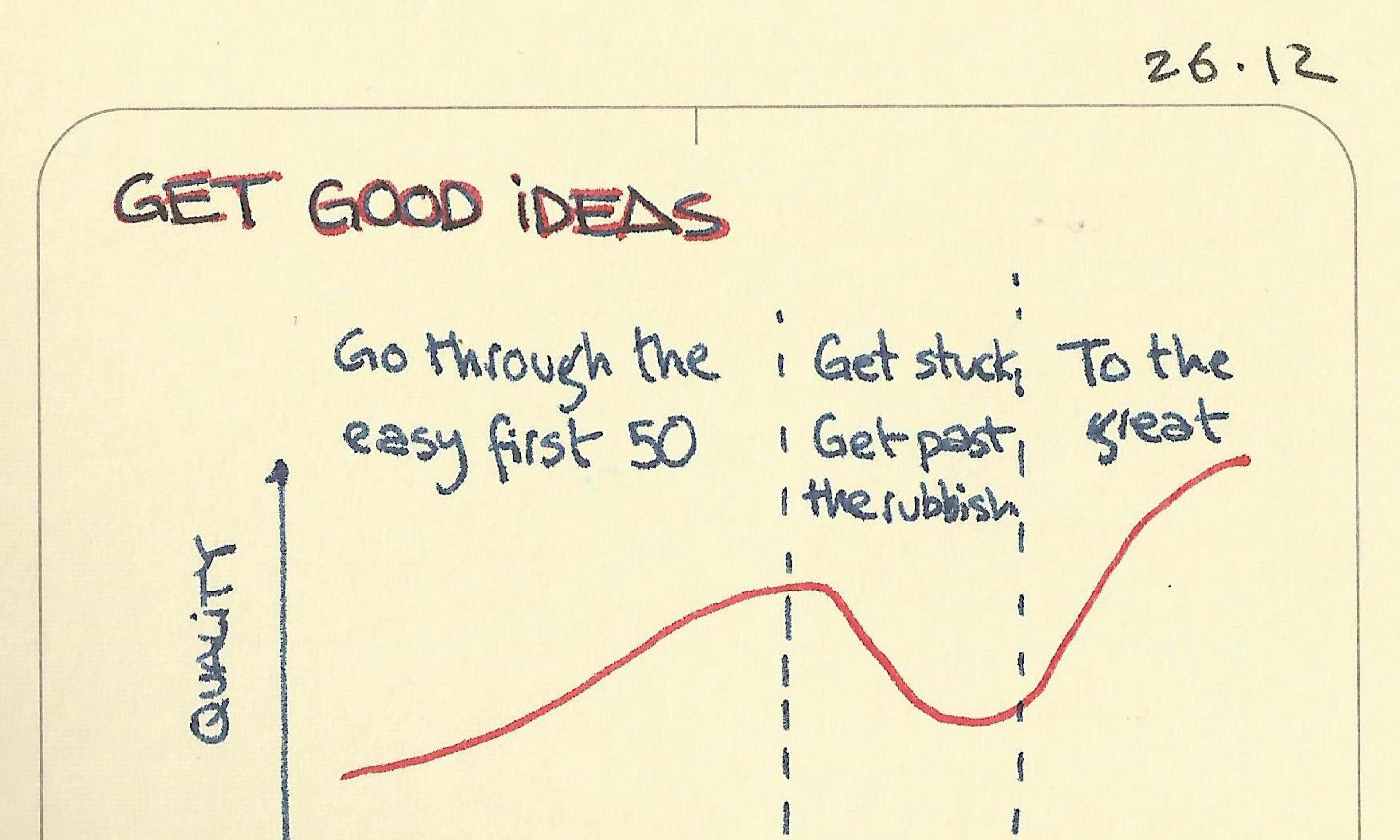 Get good ideas
Get good ideas
